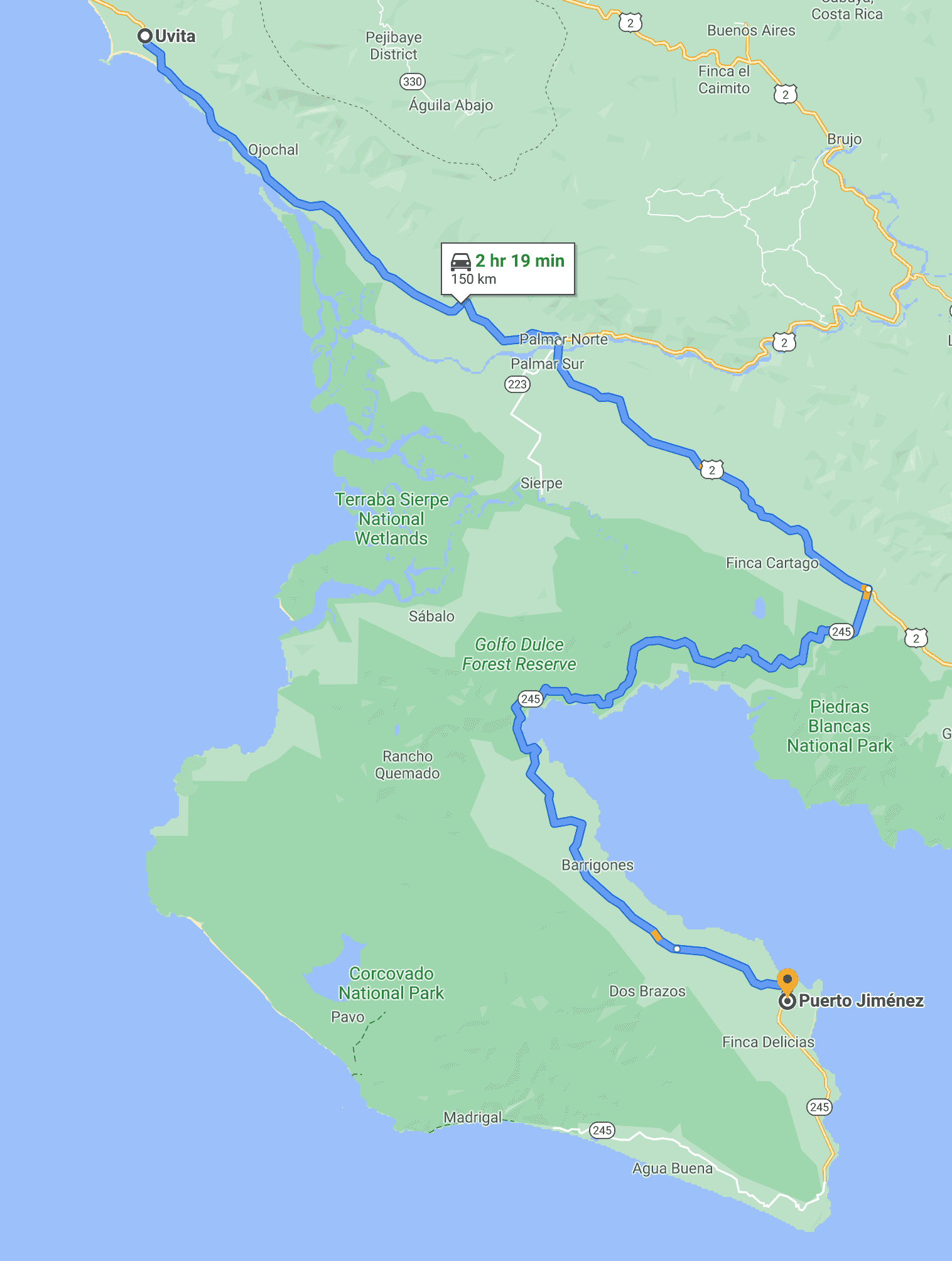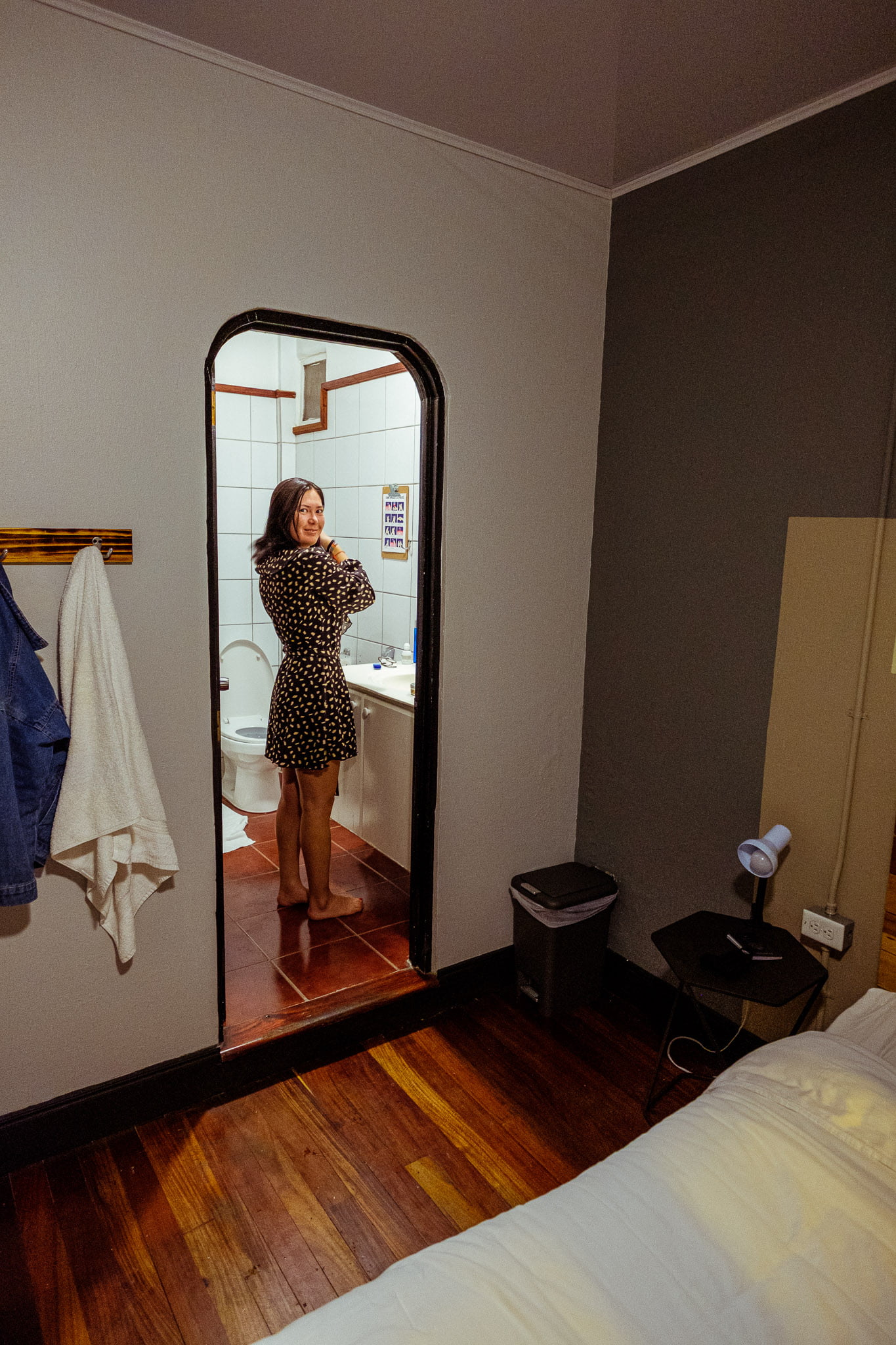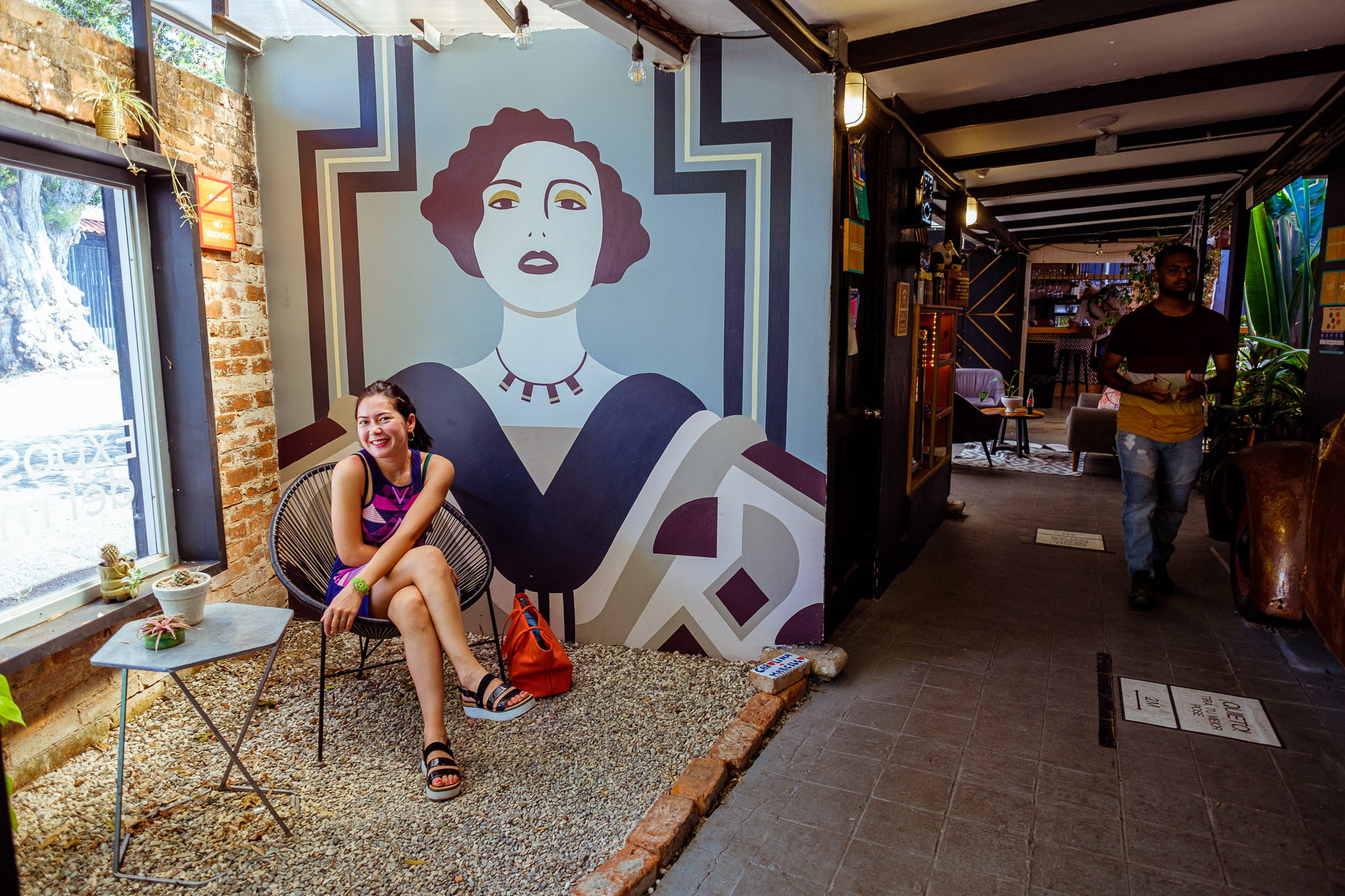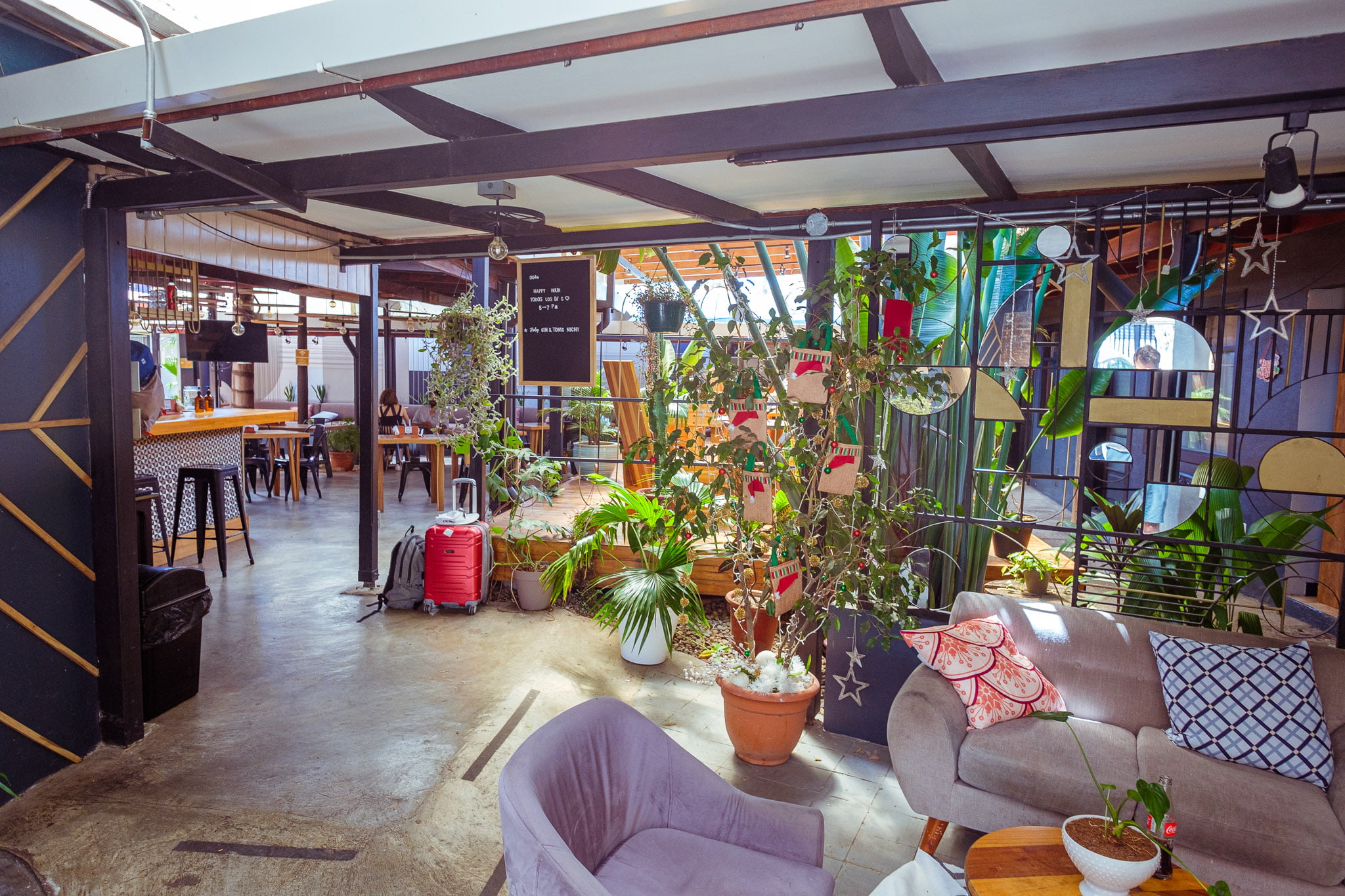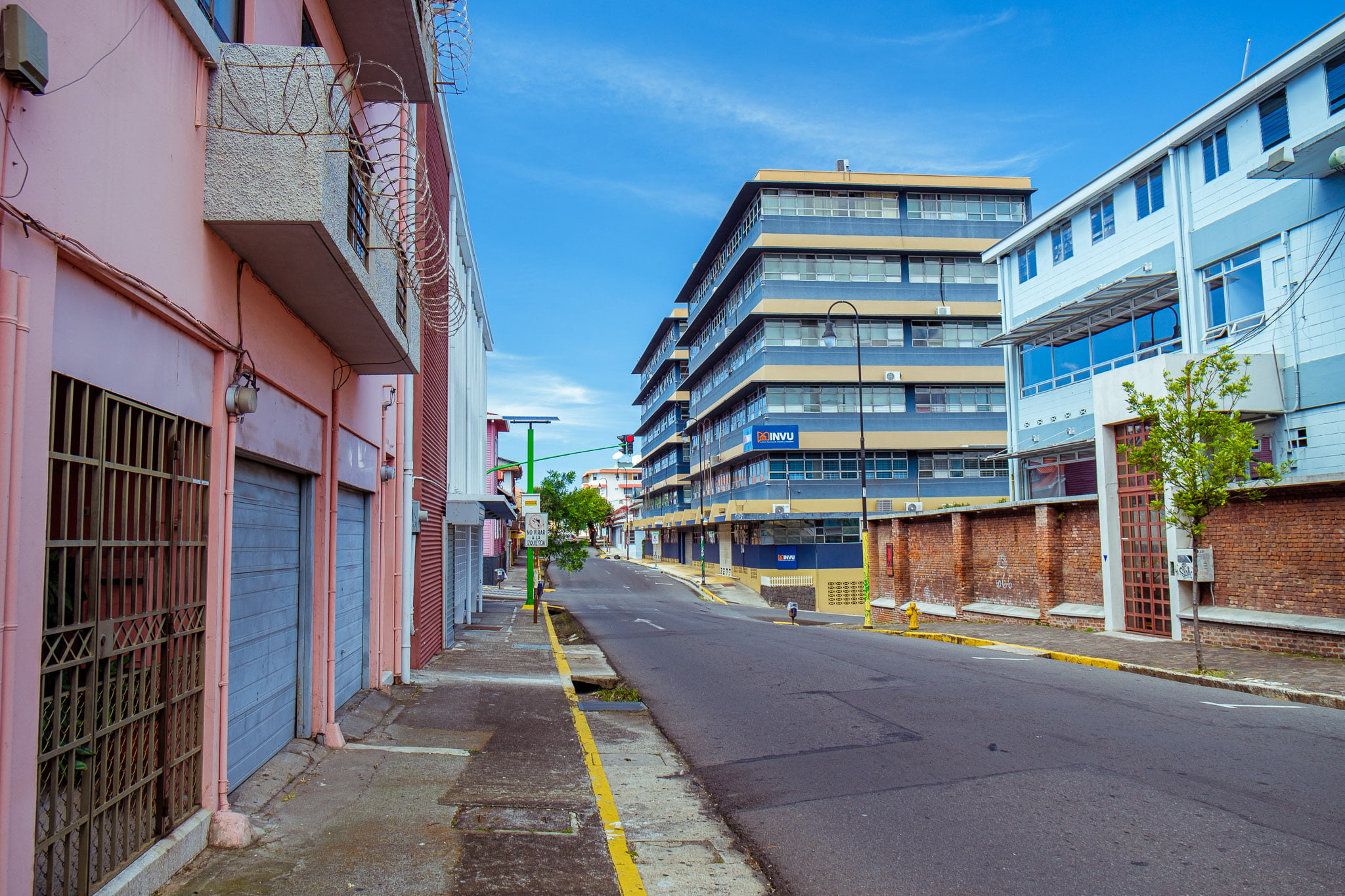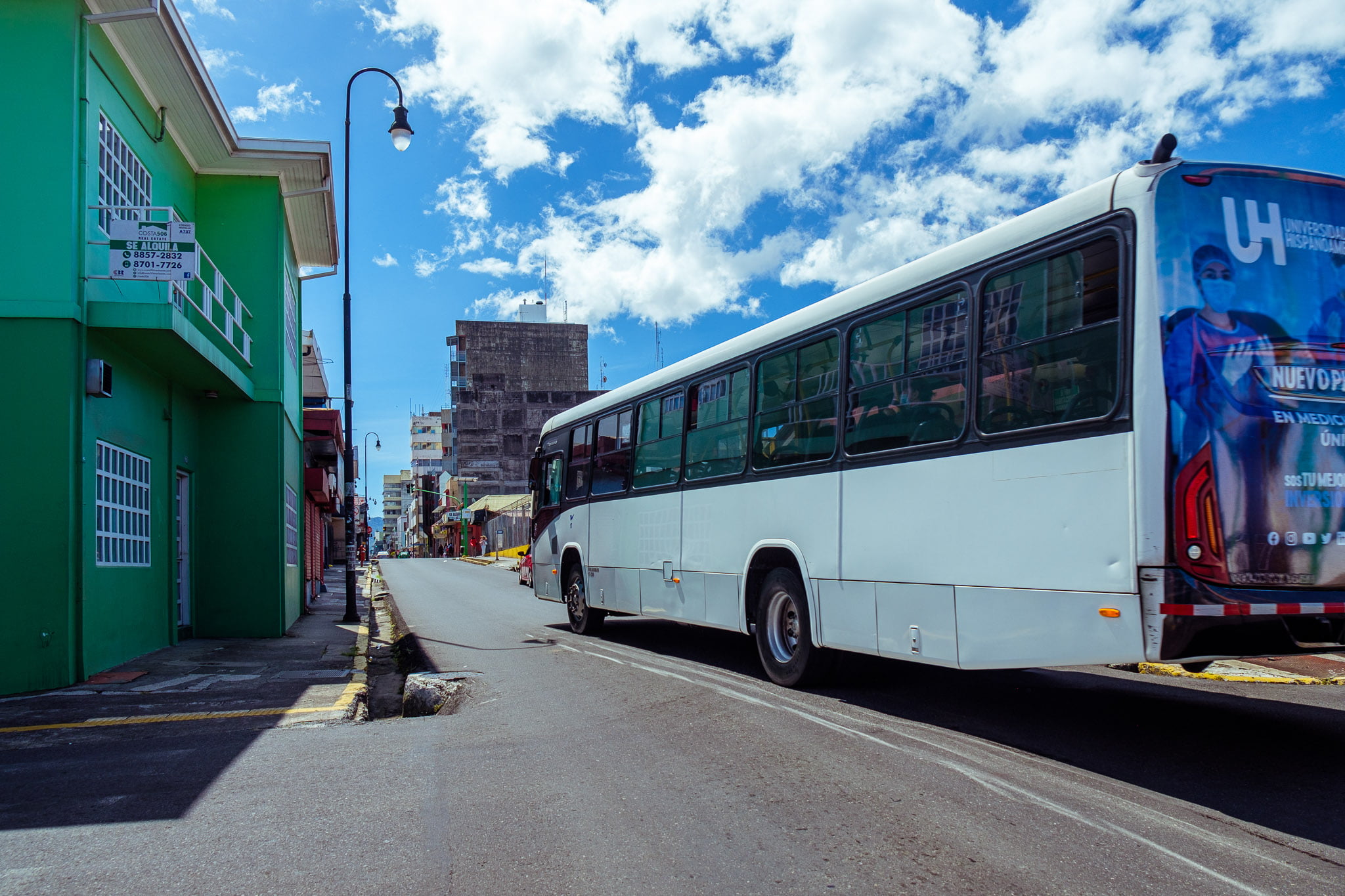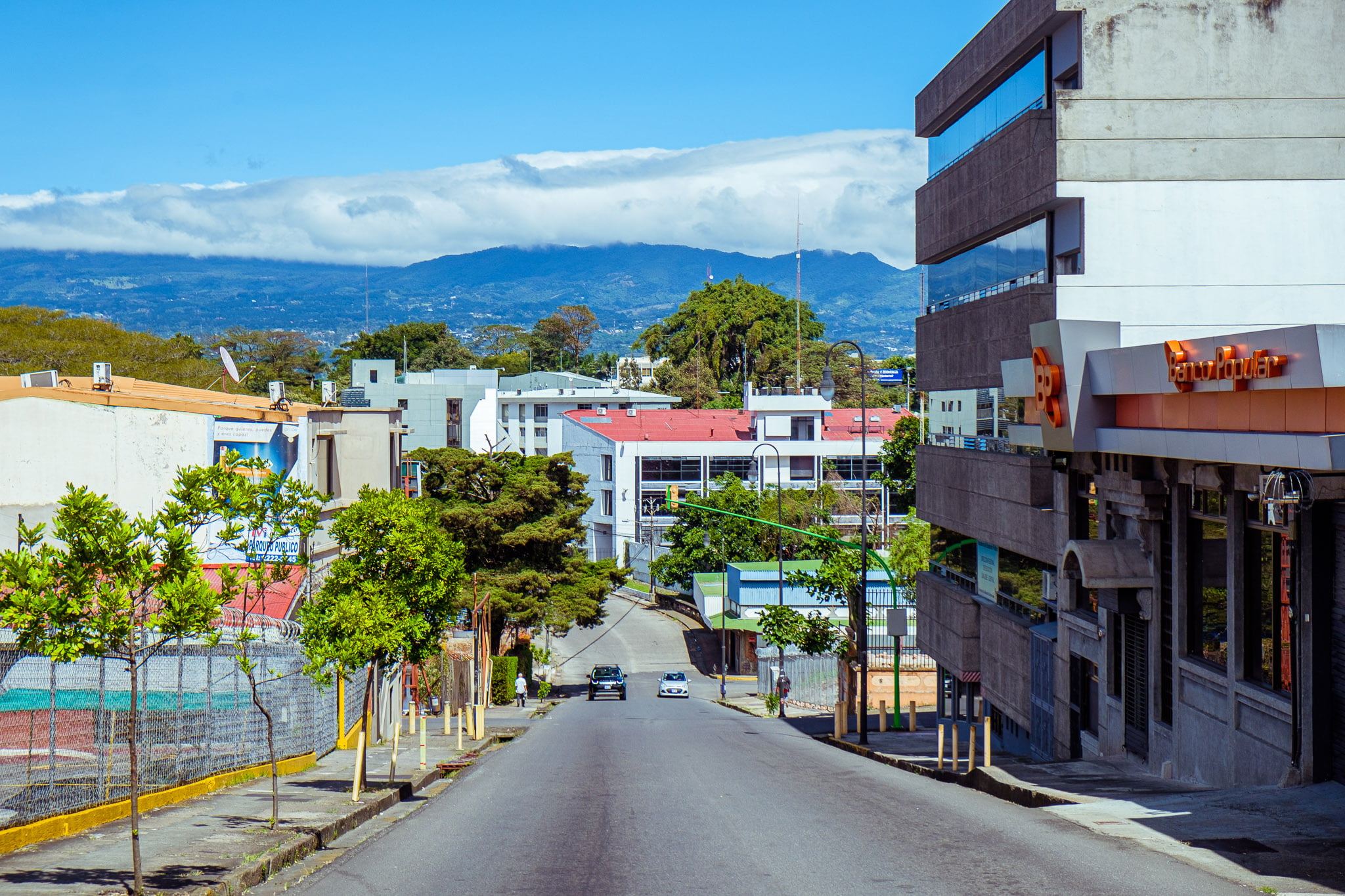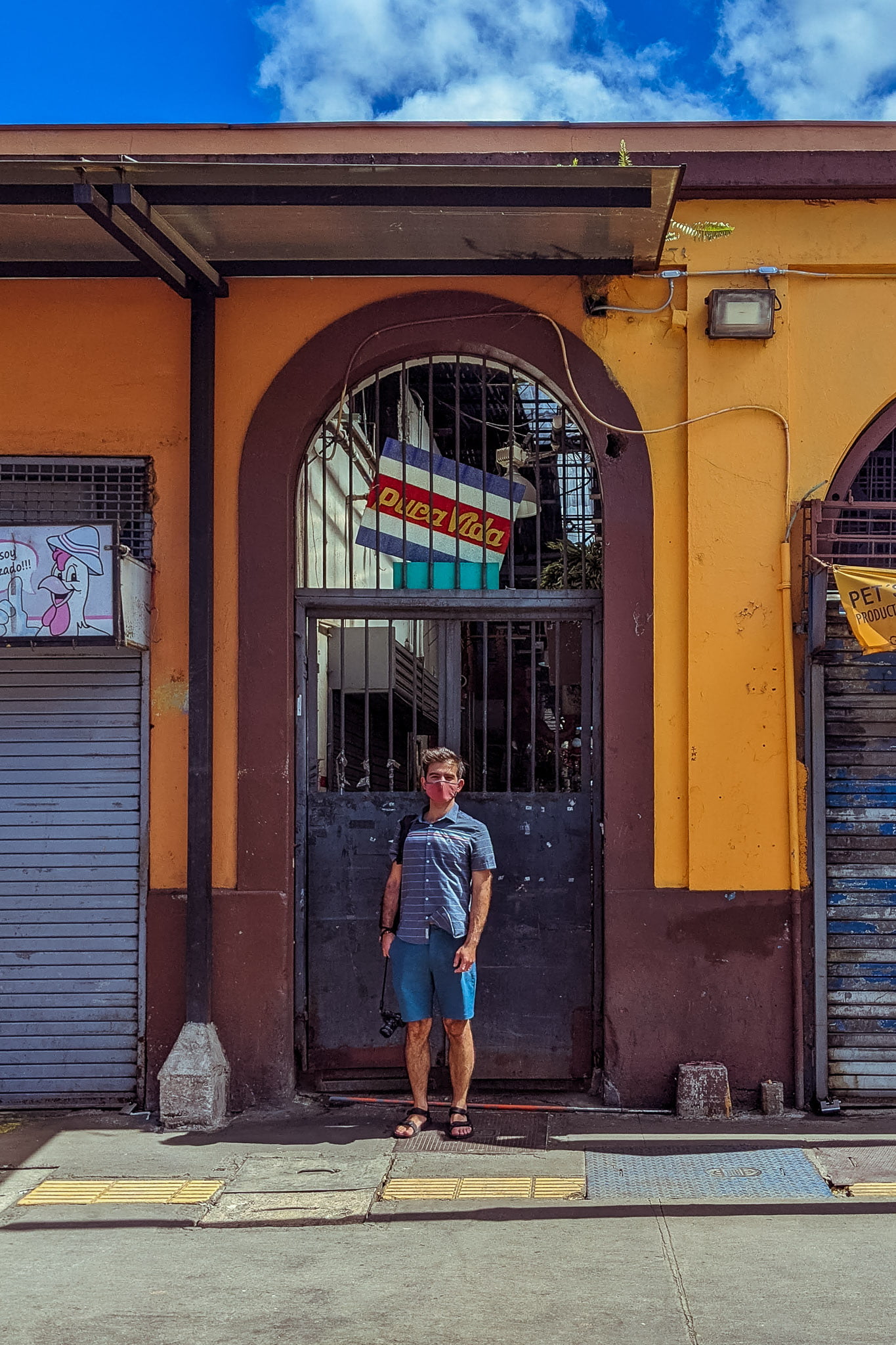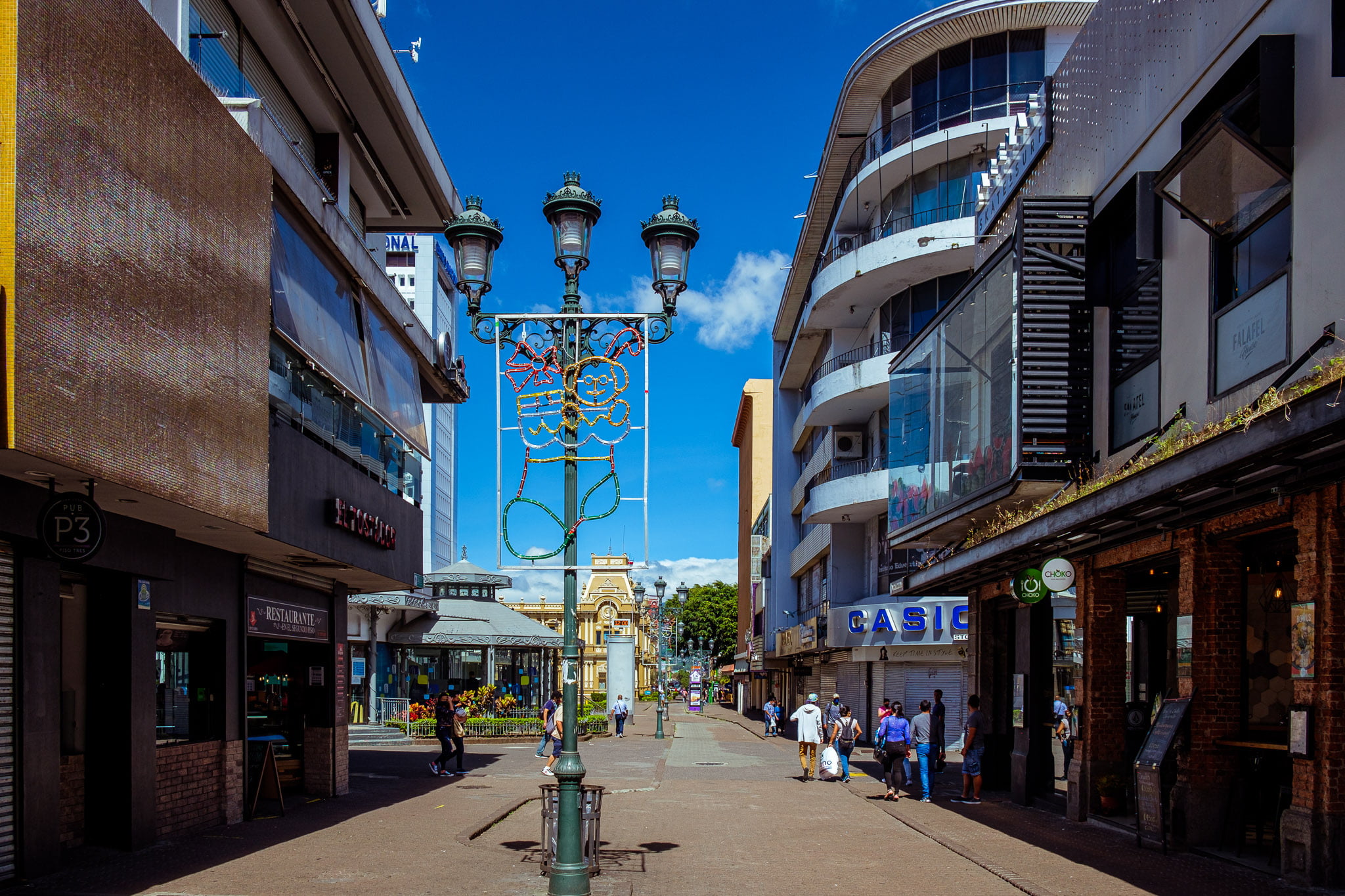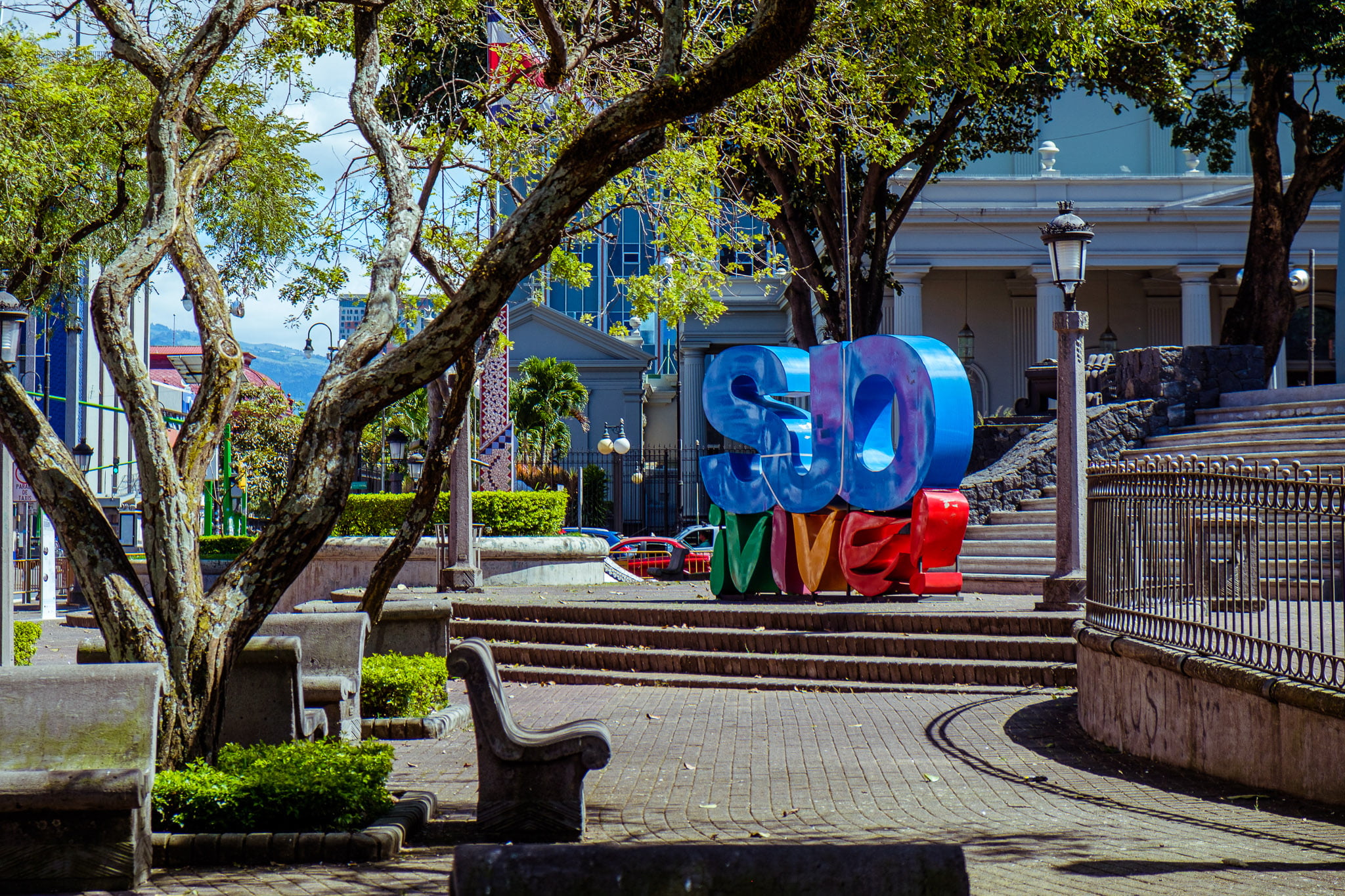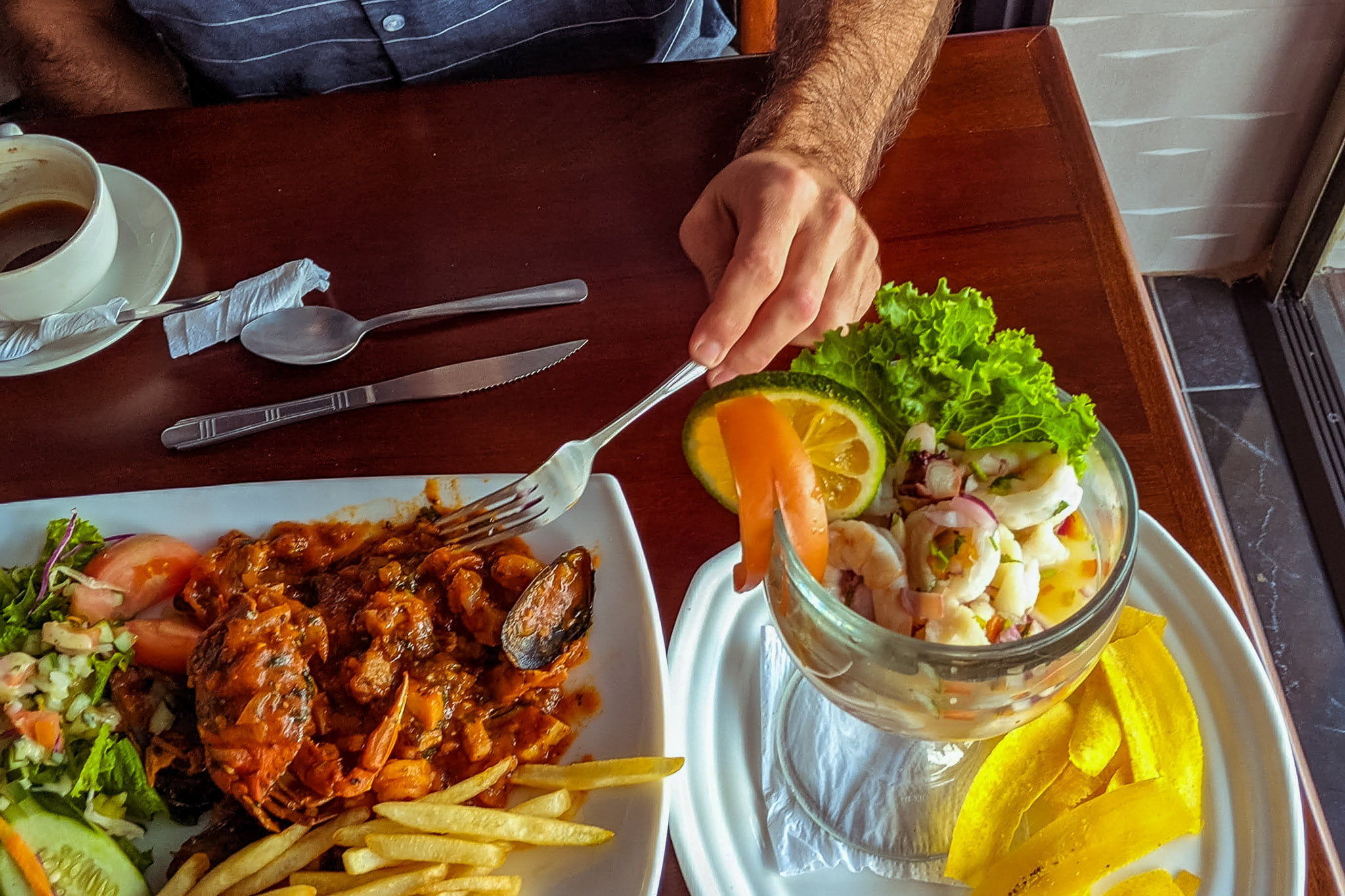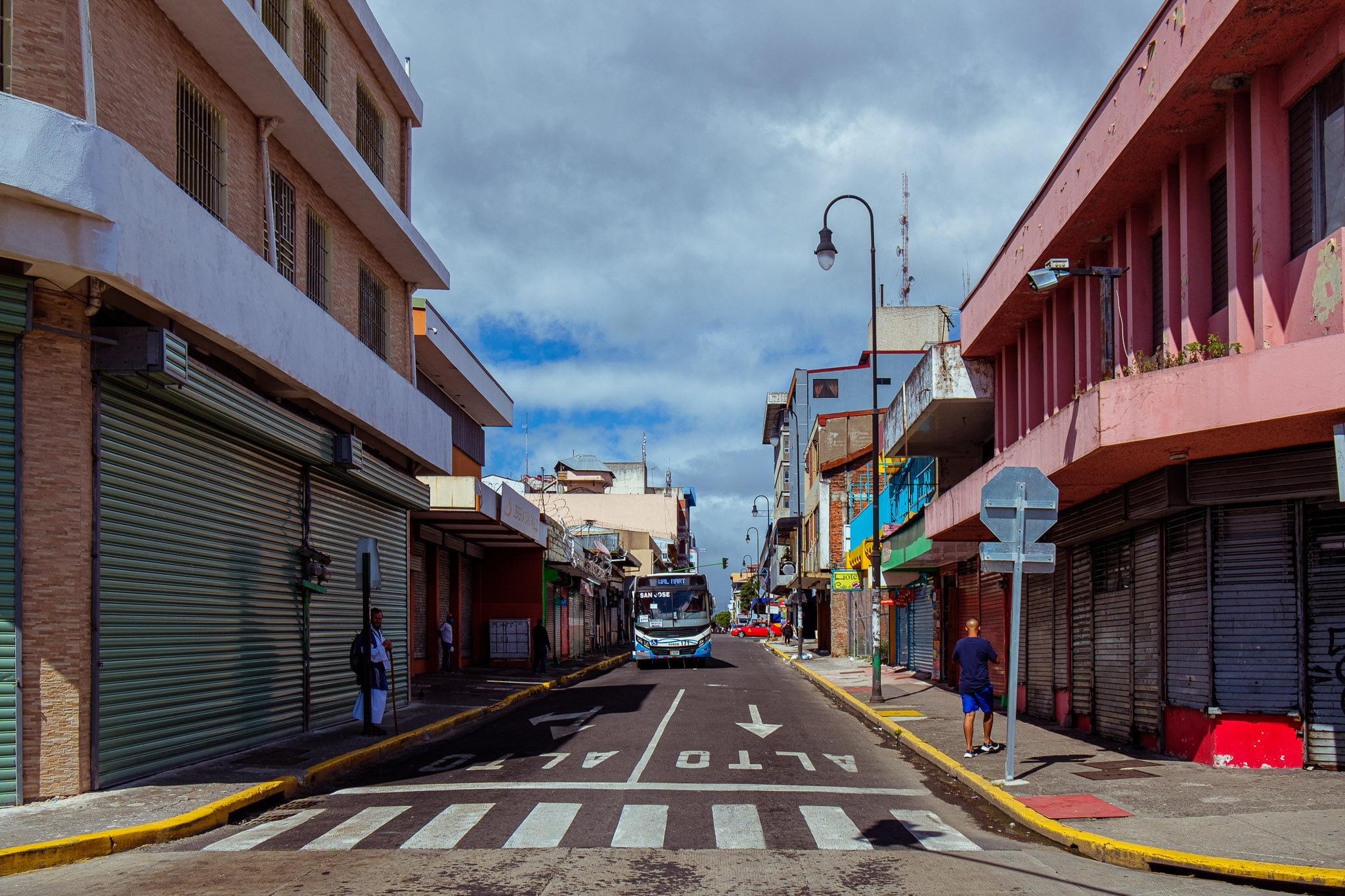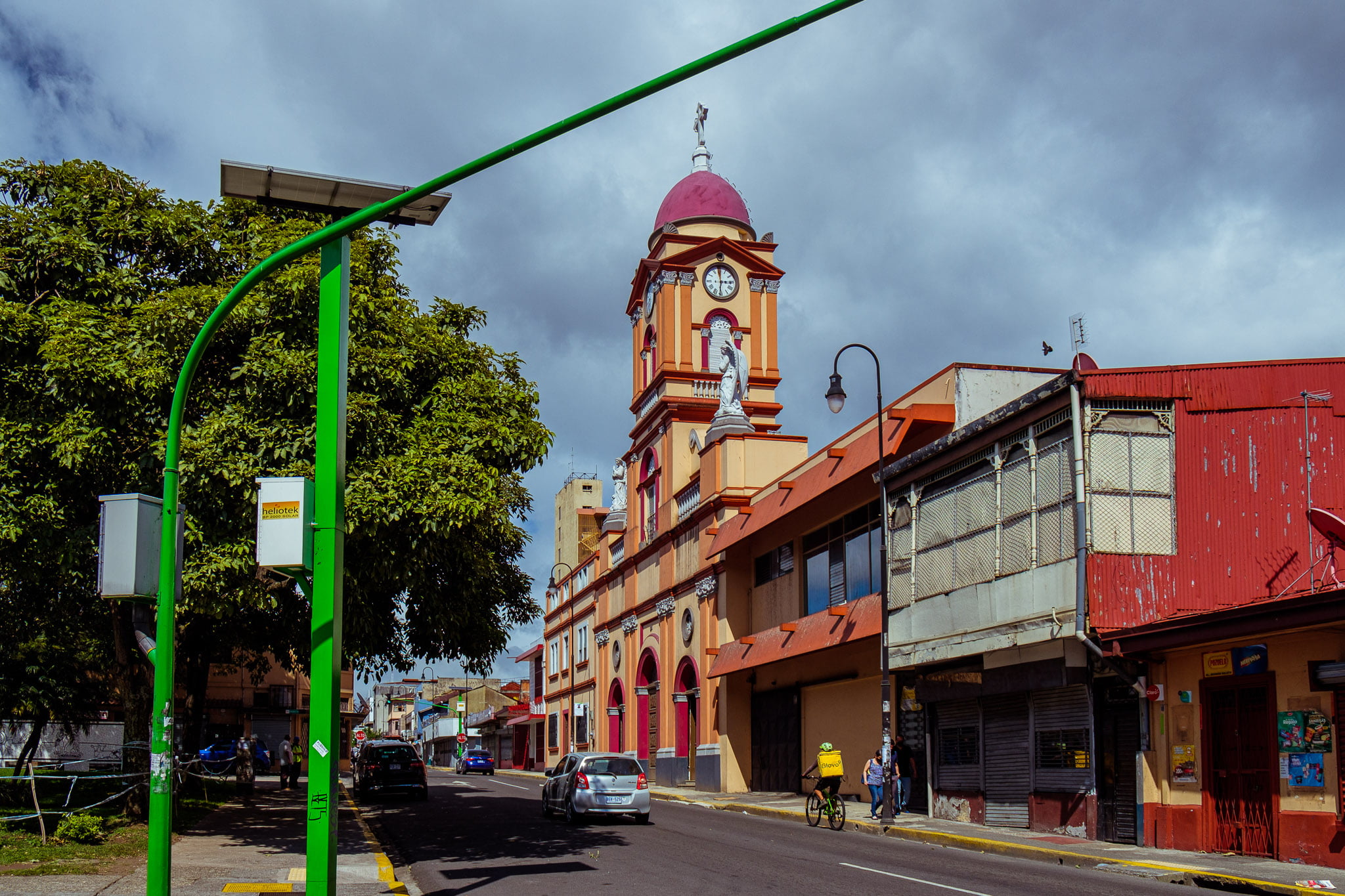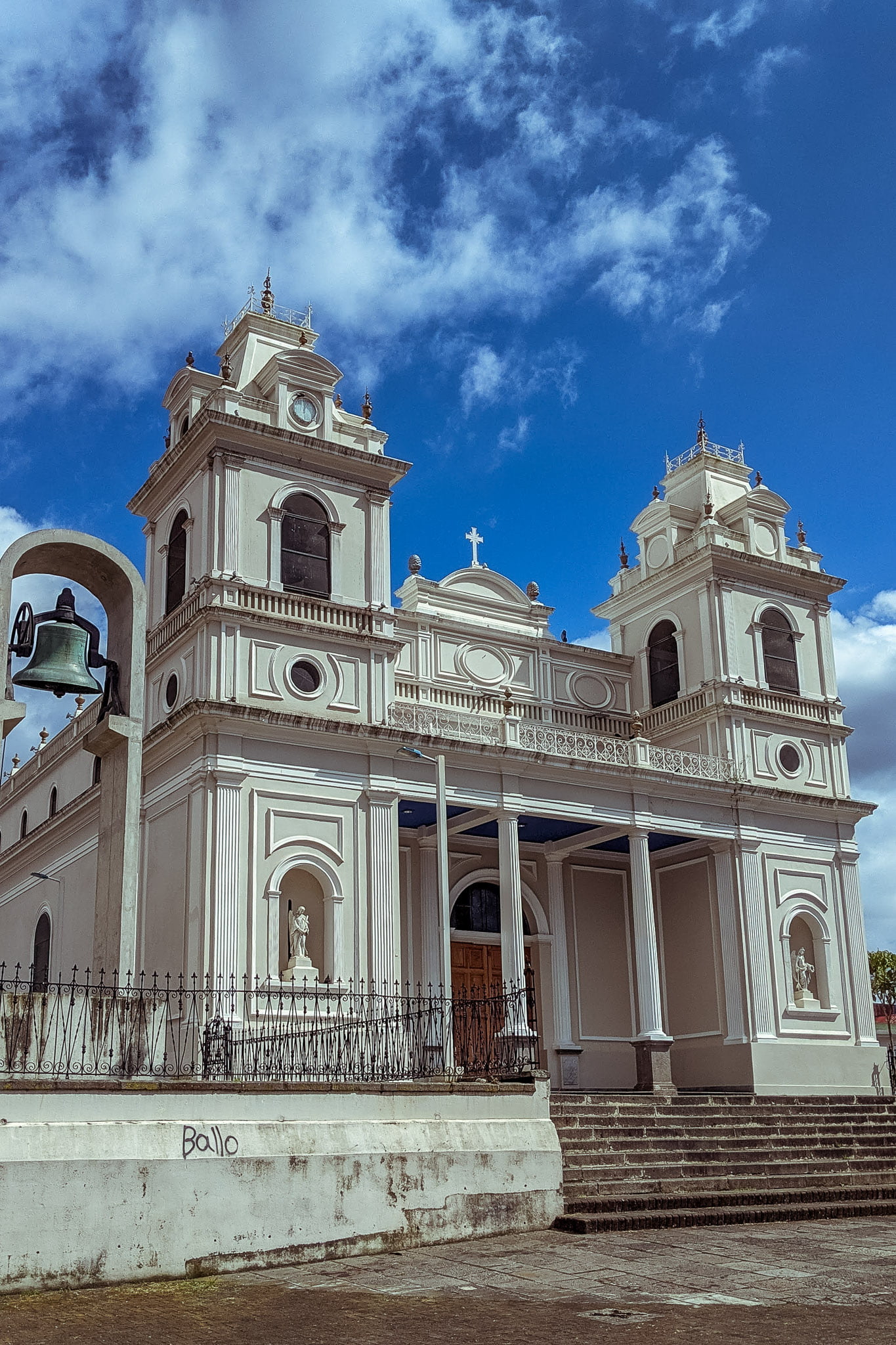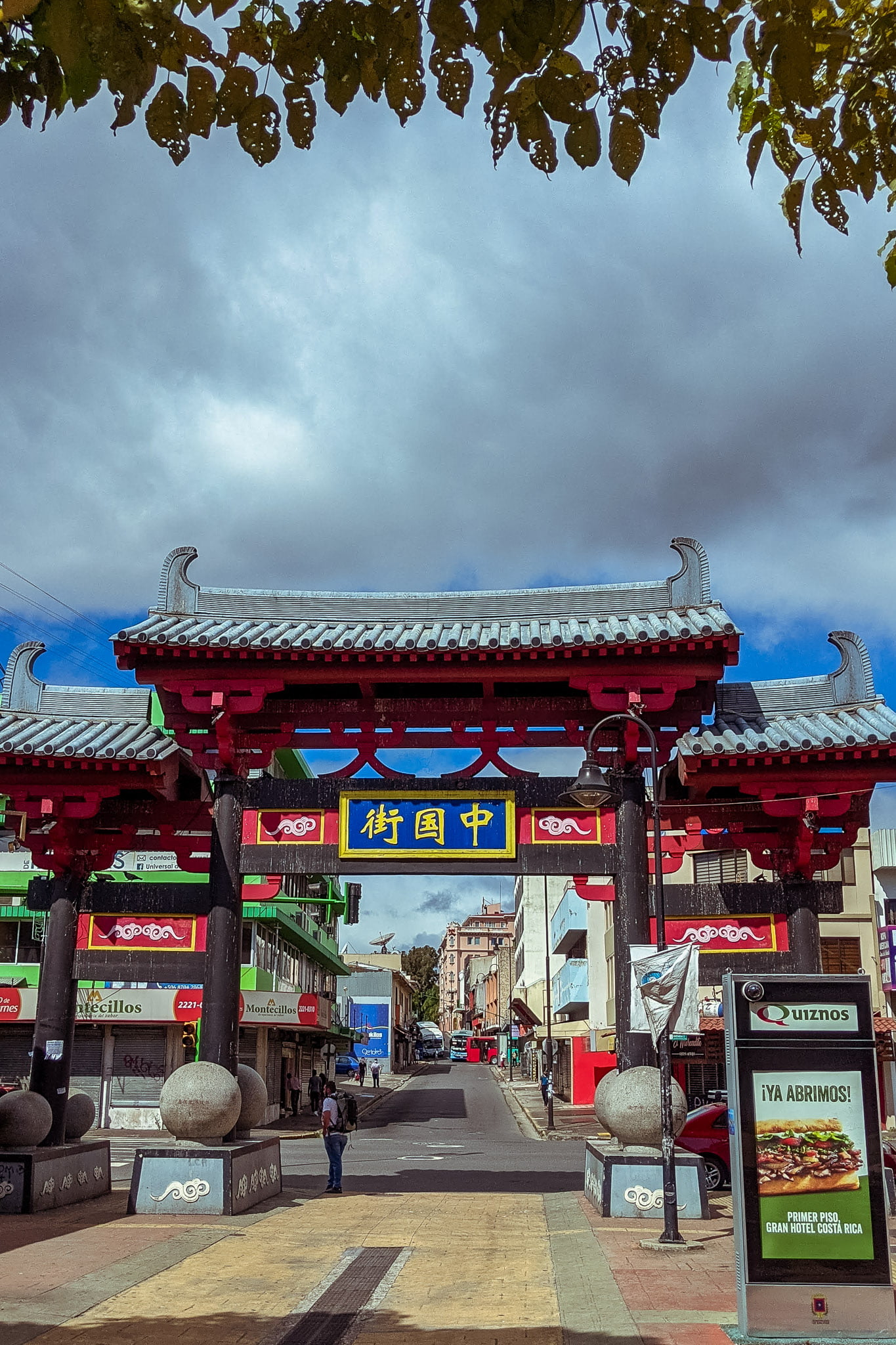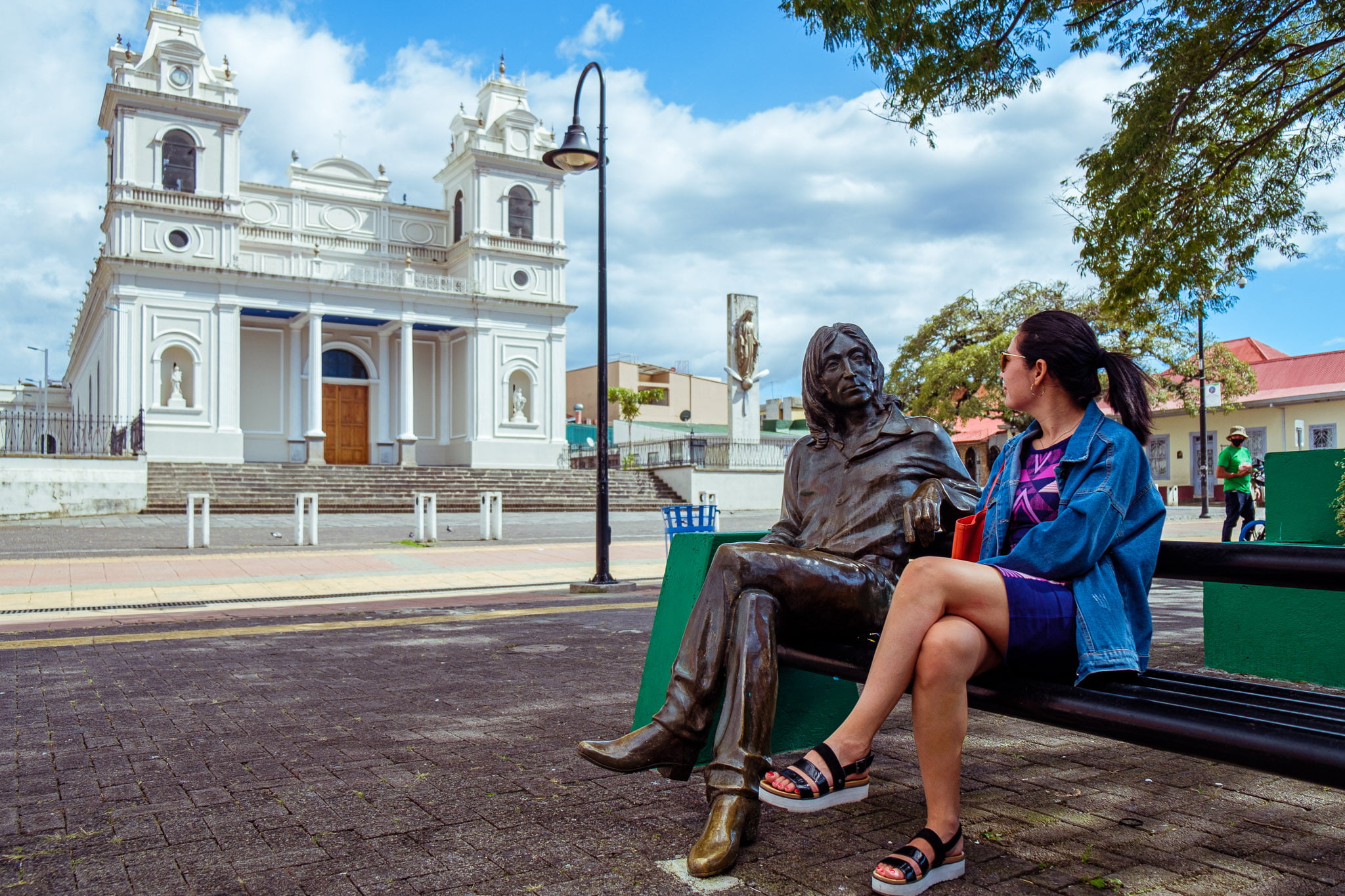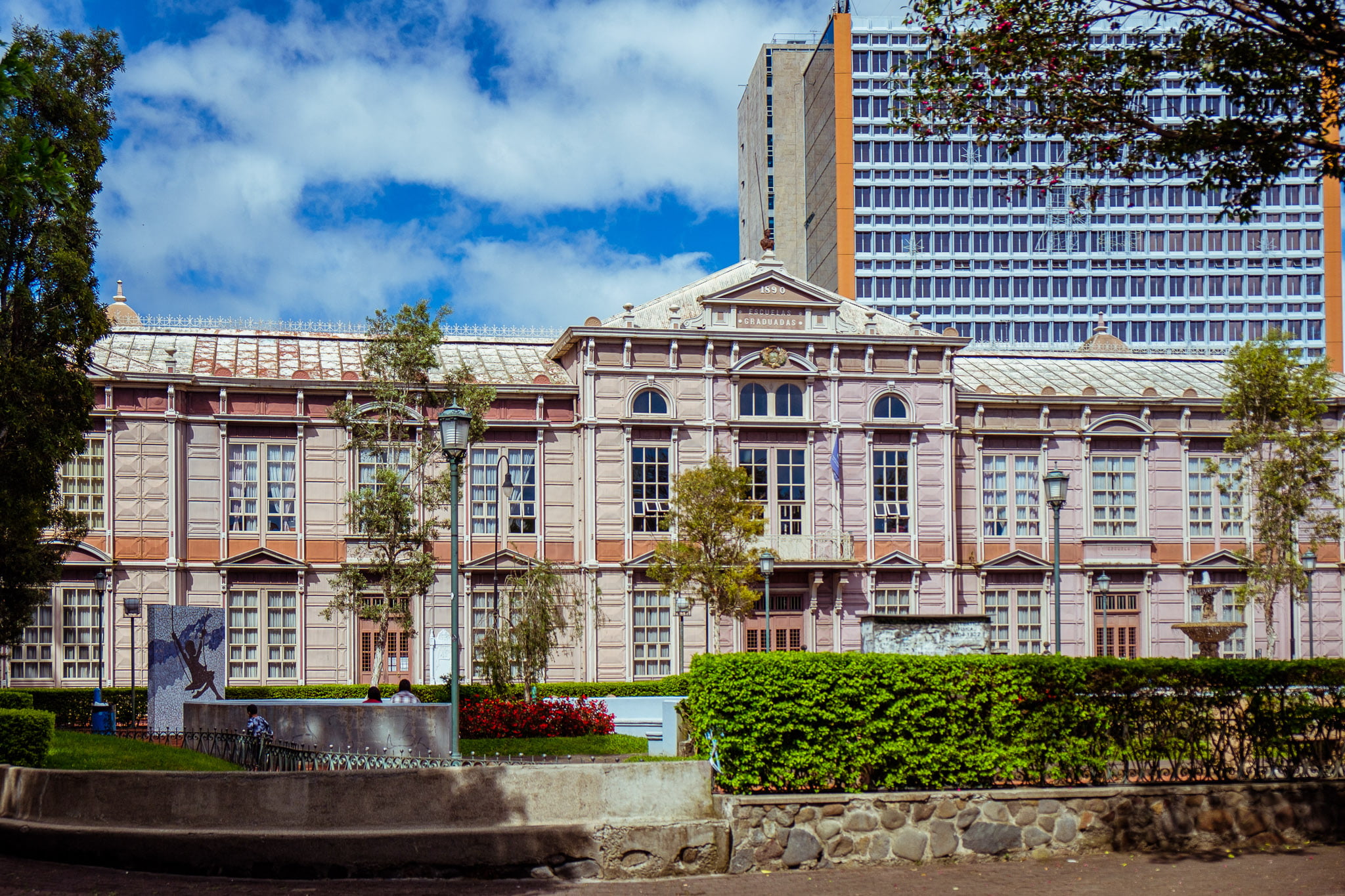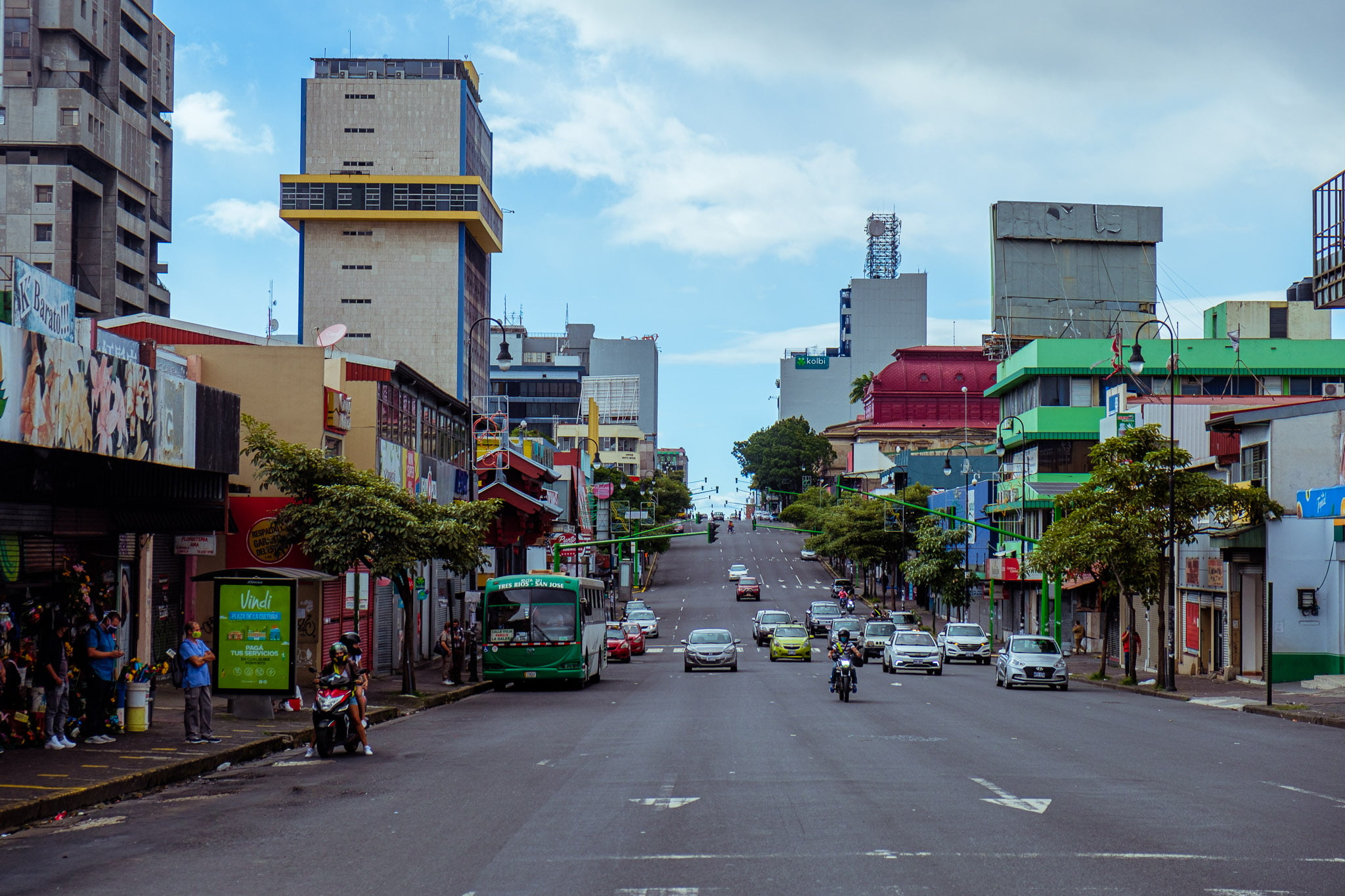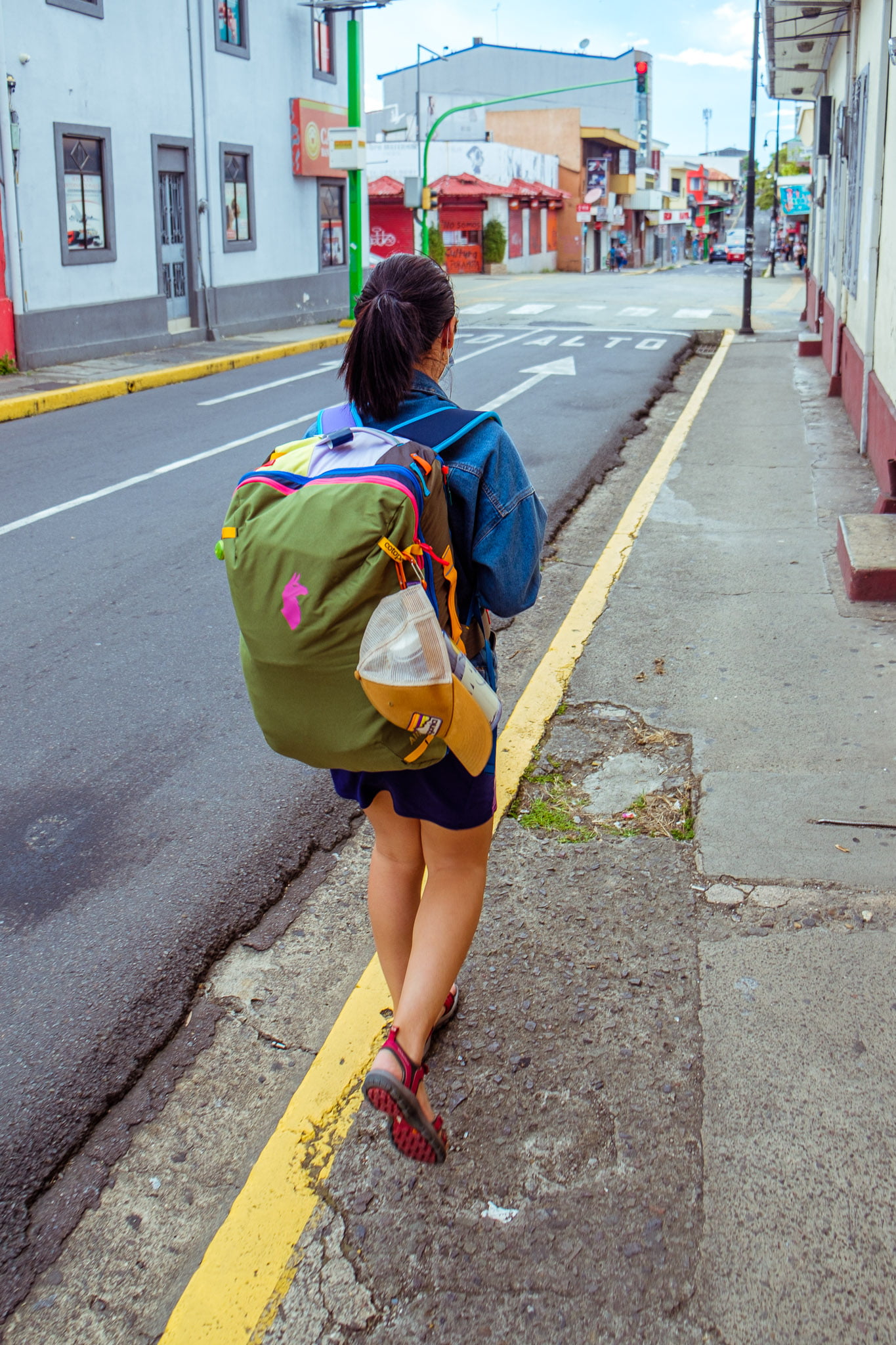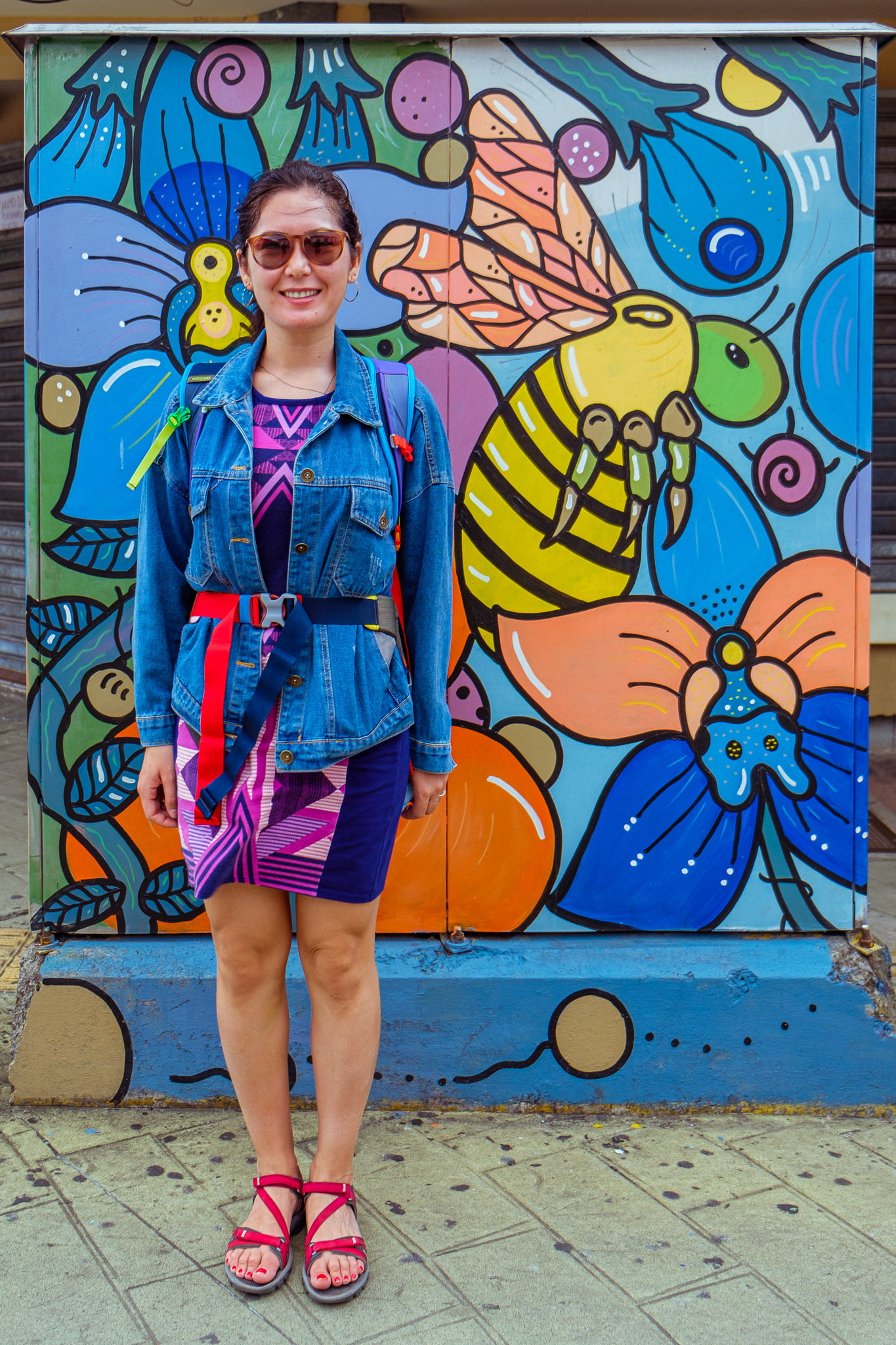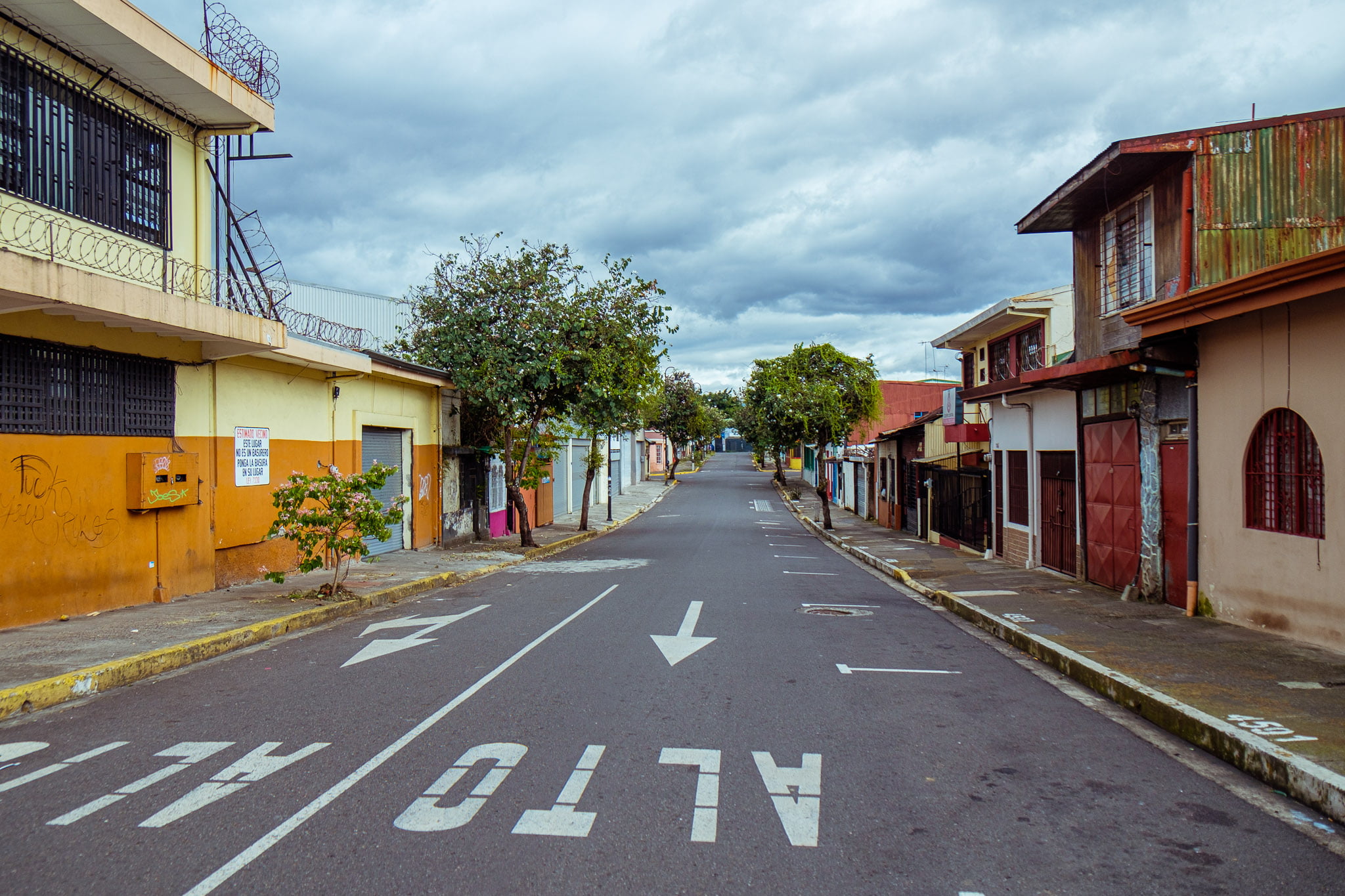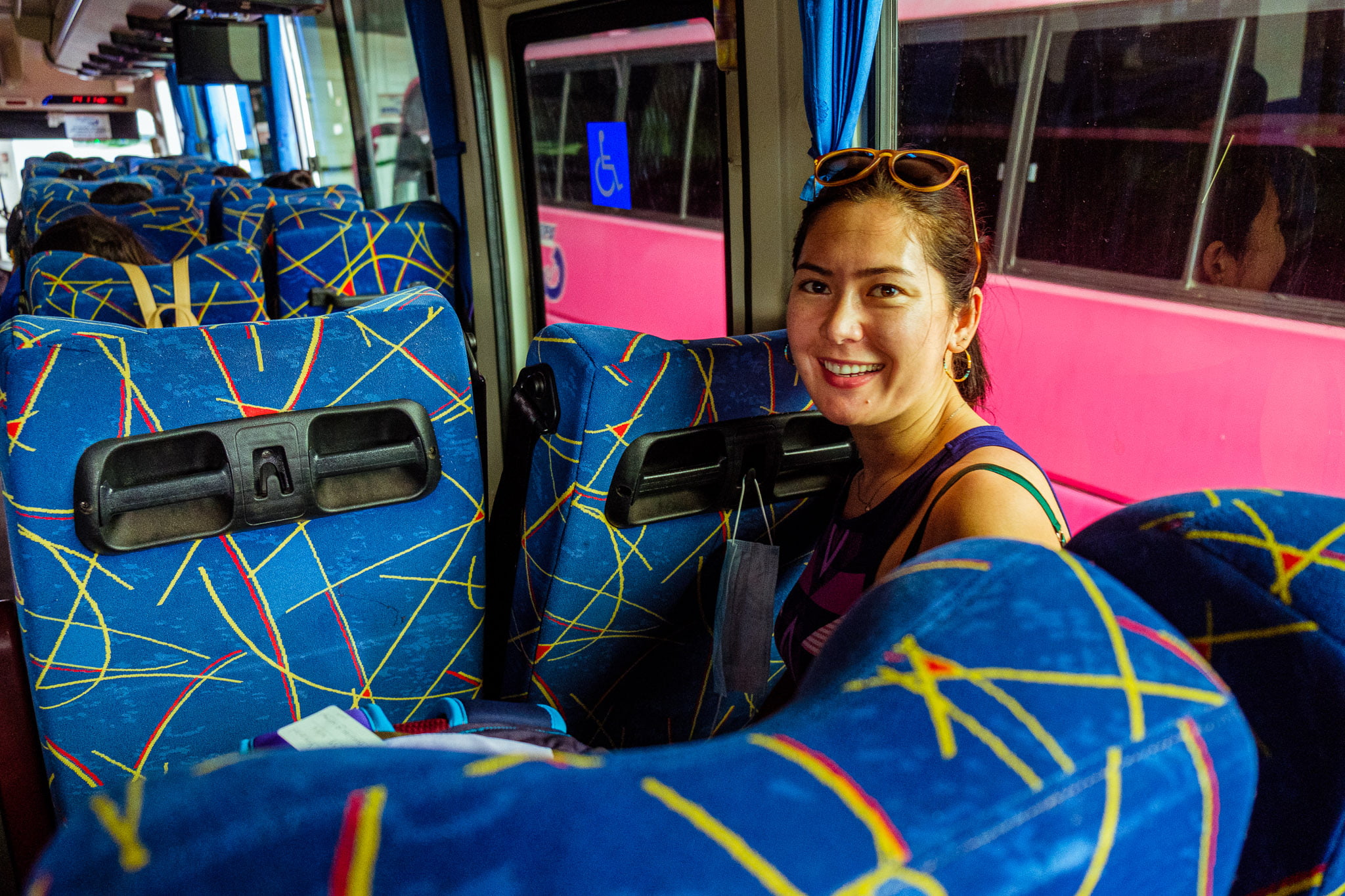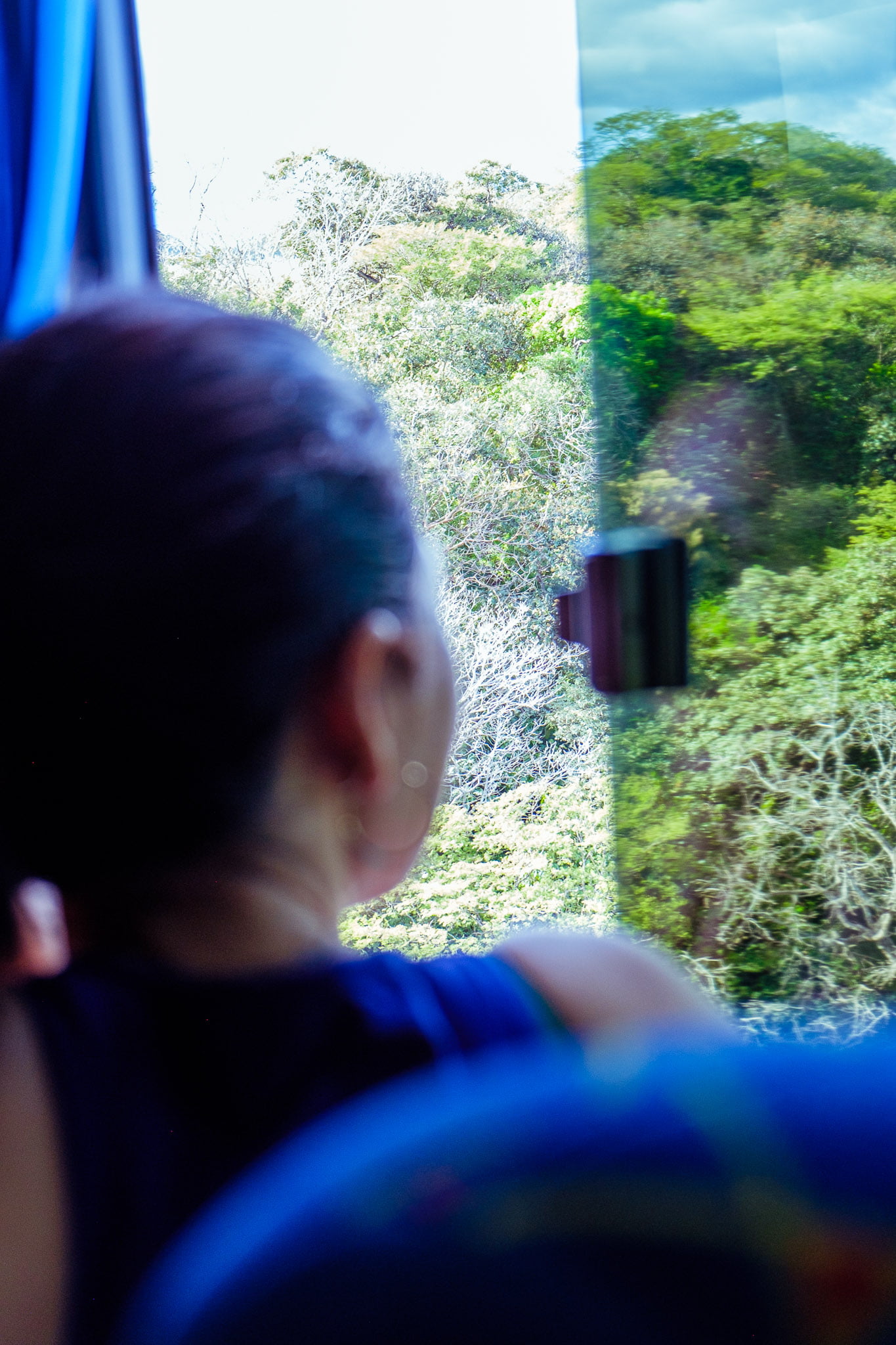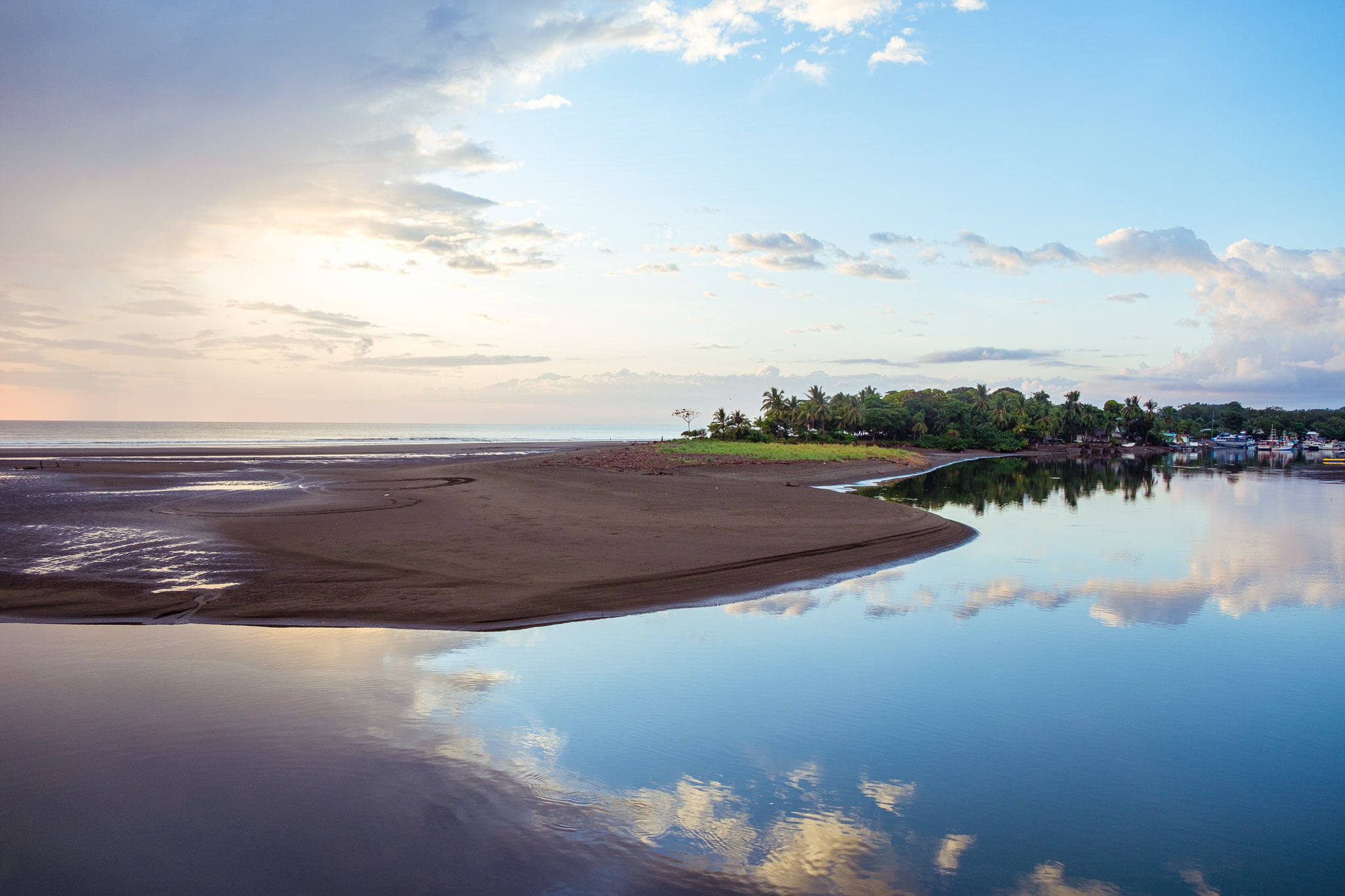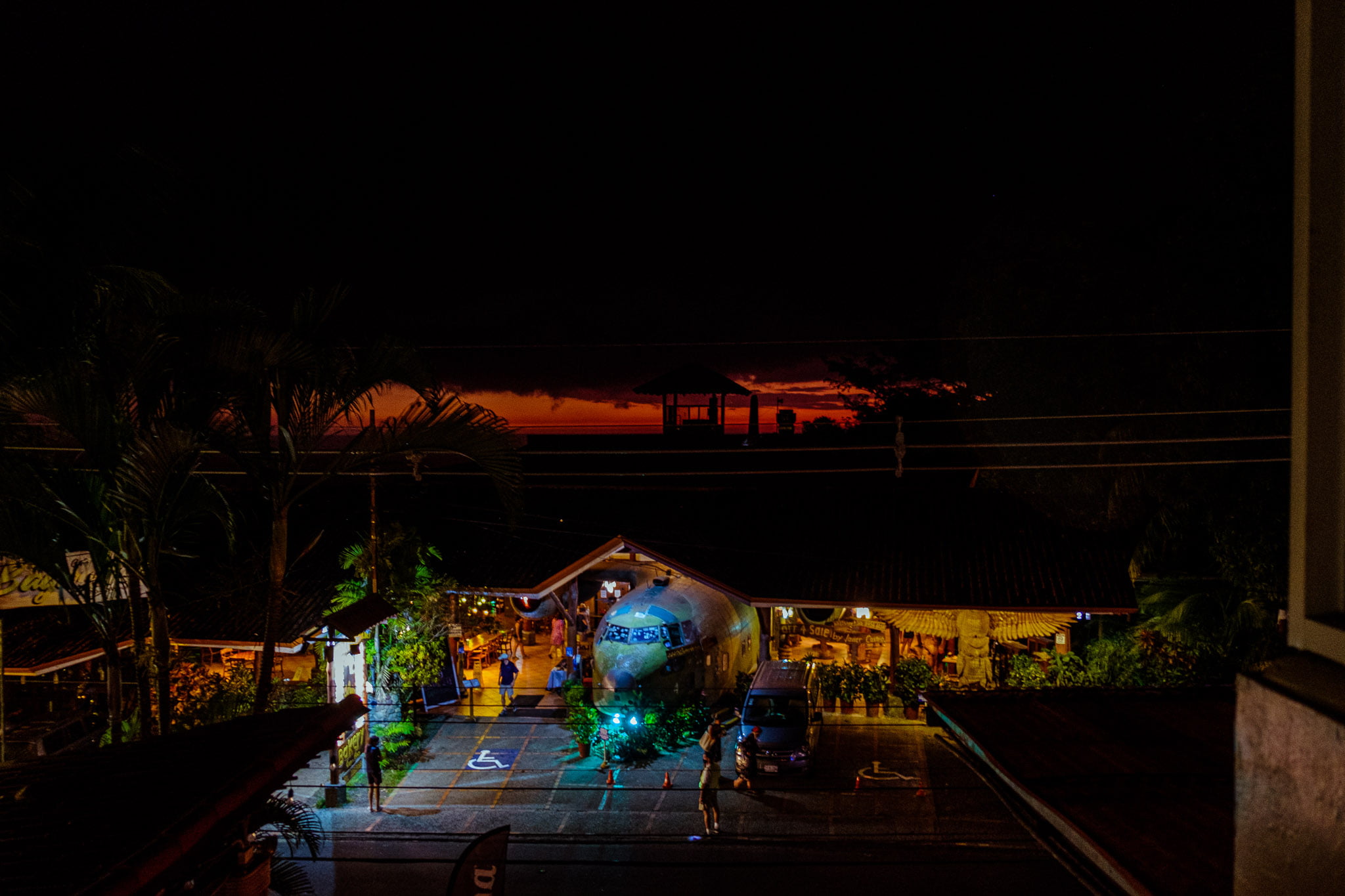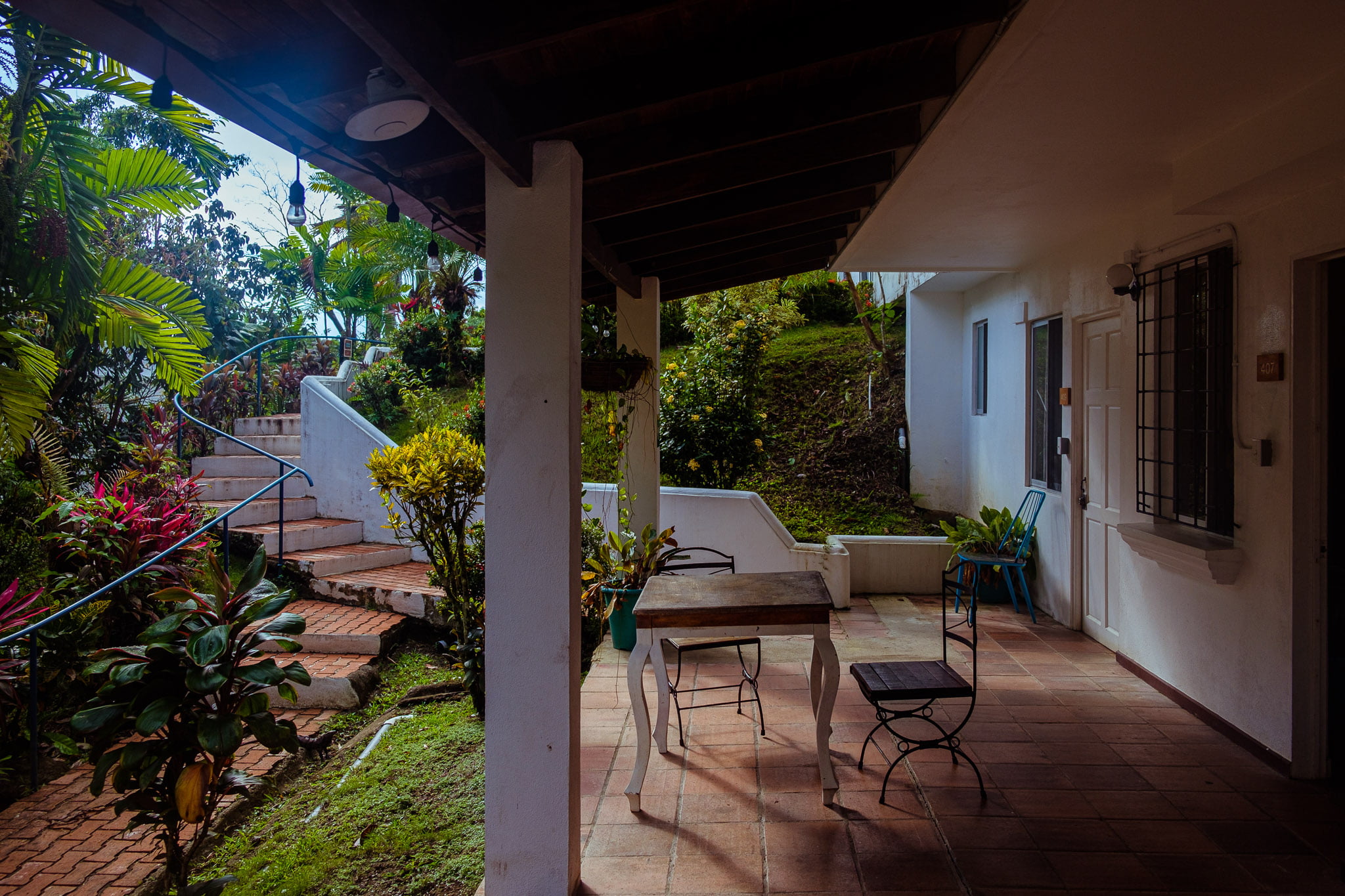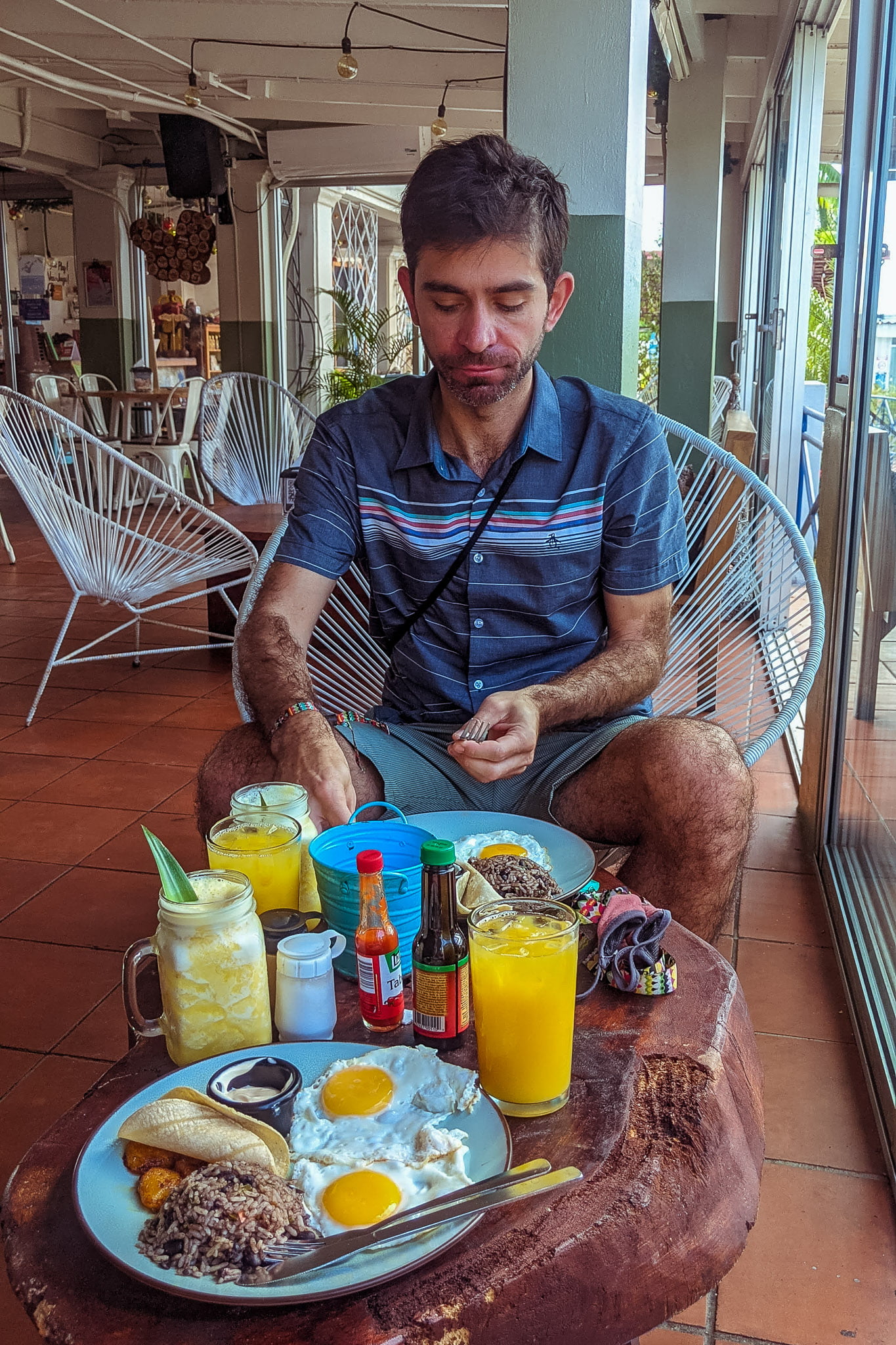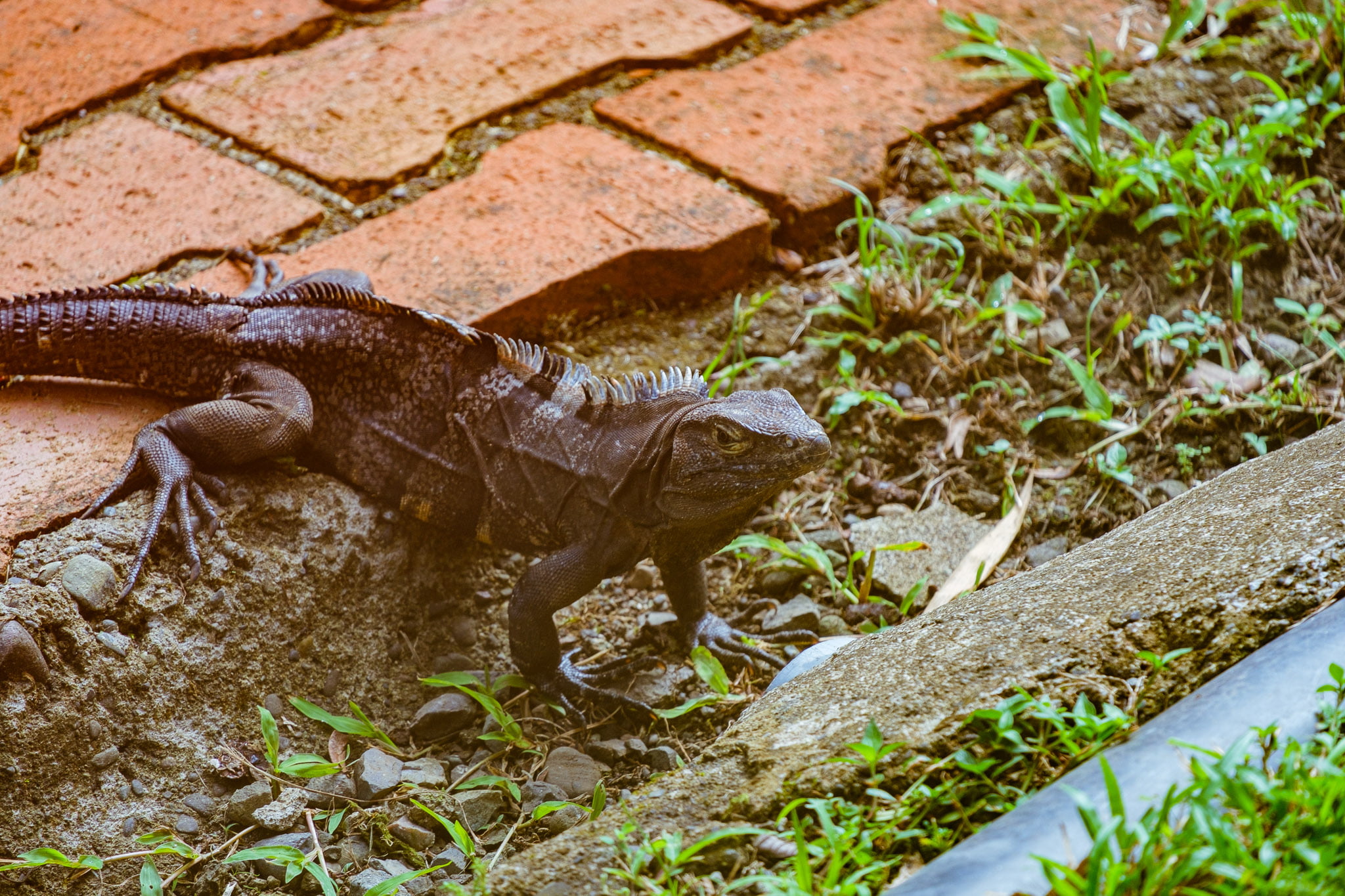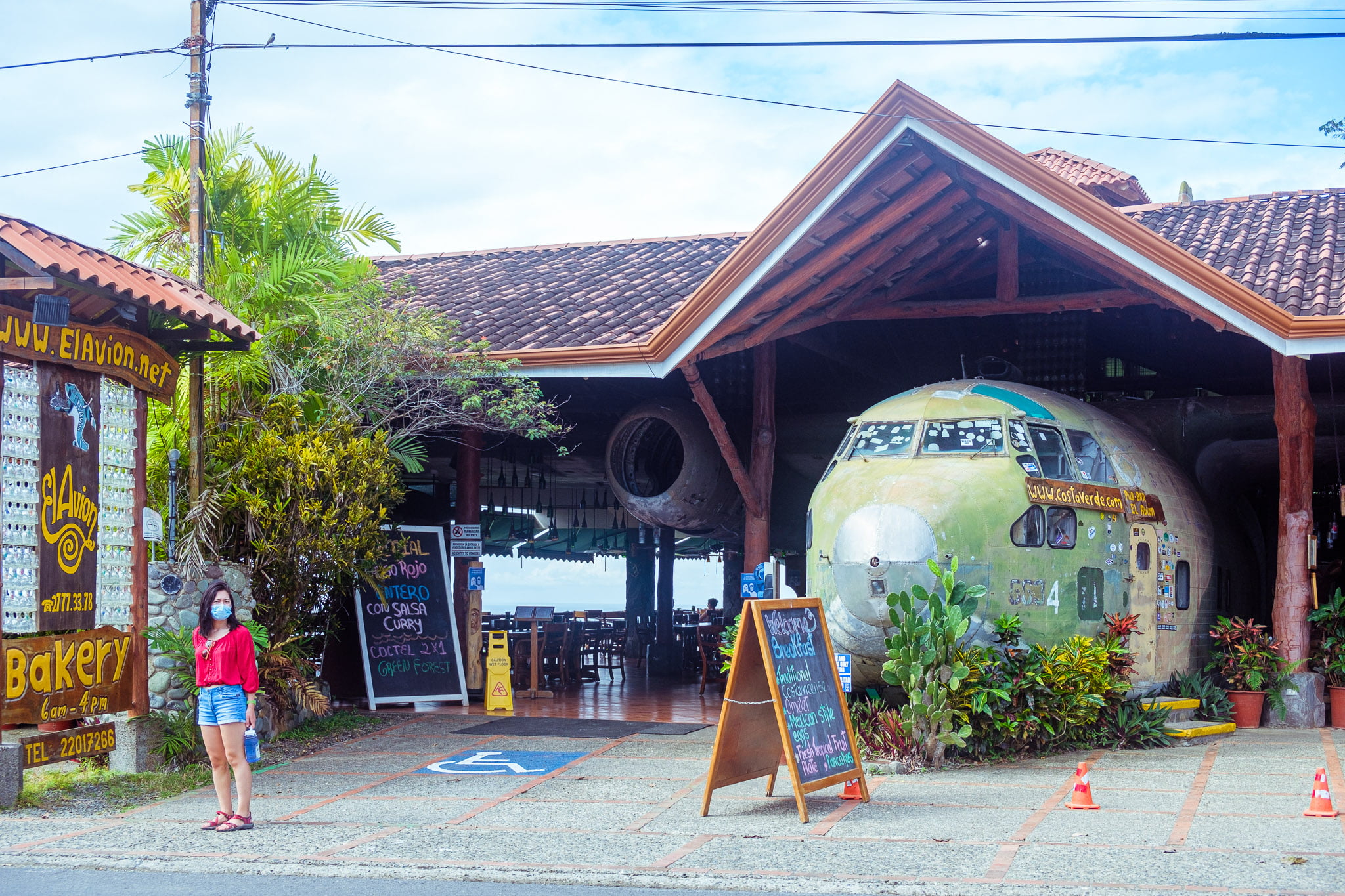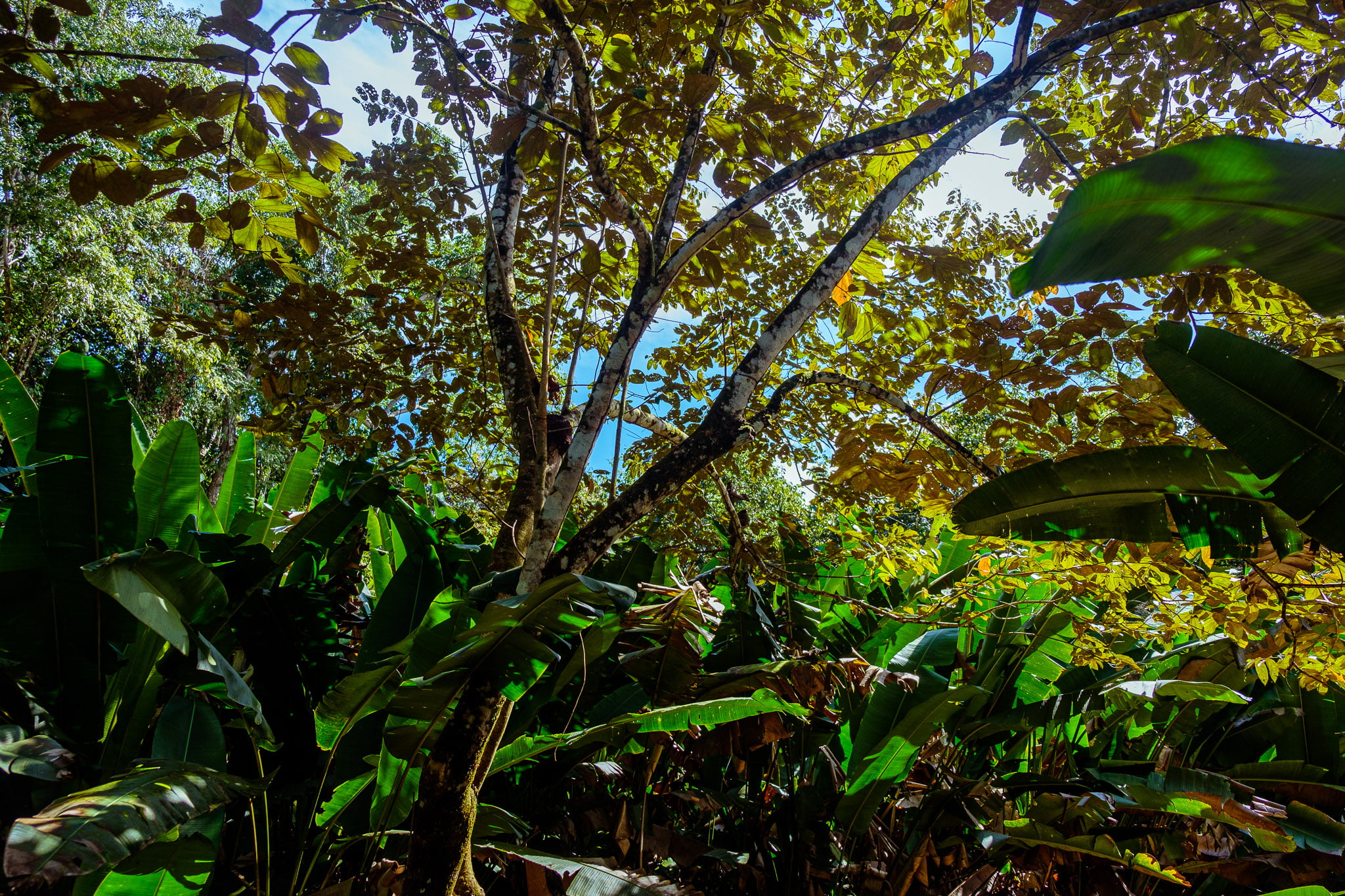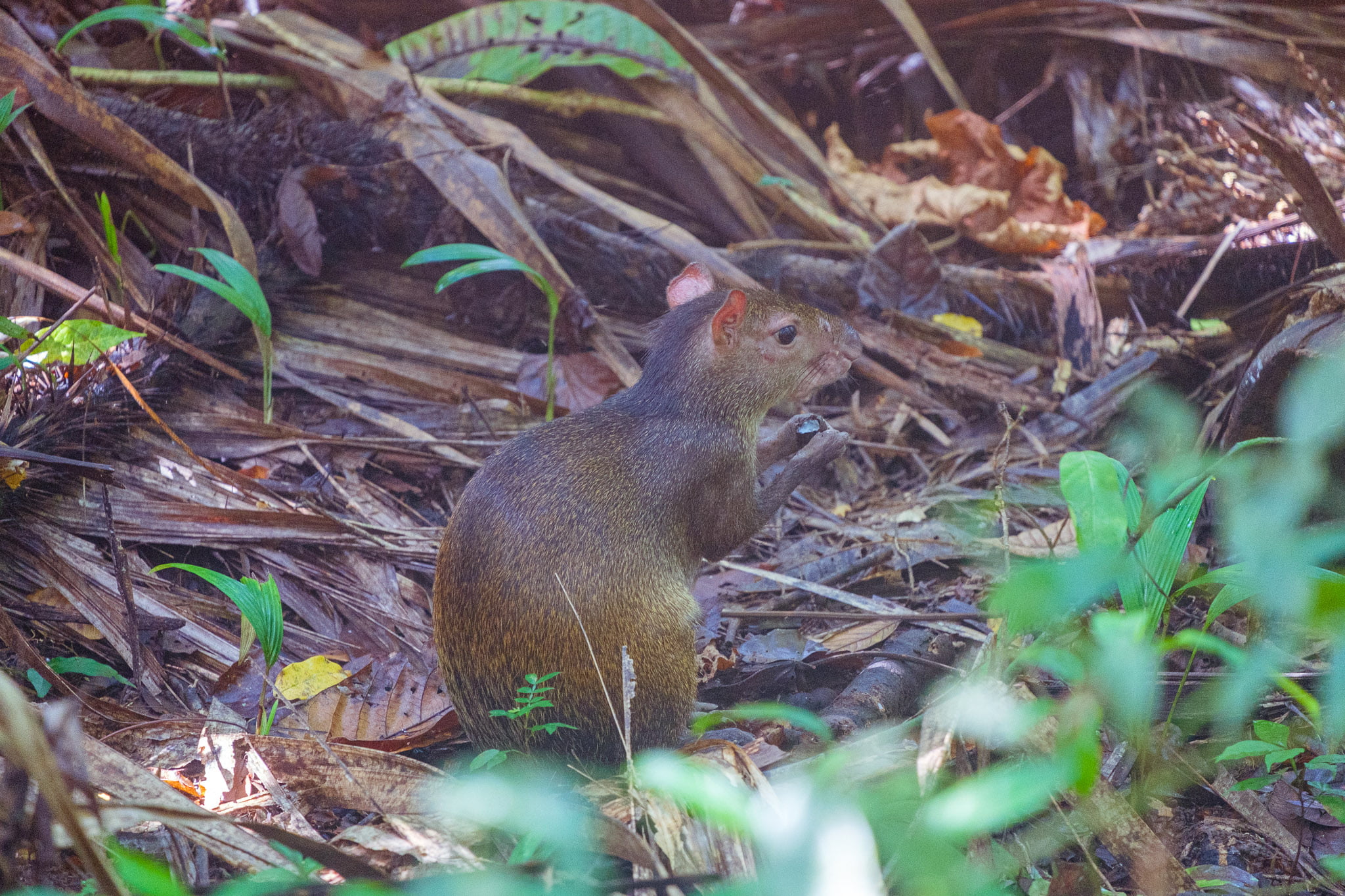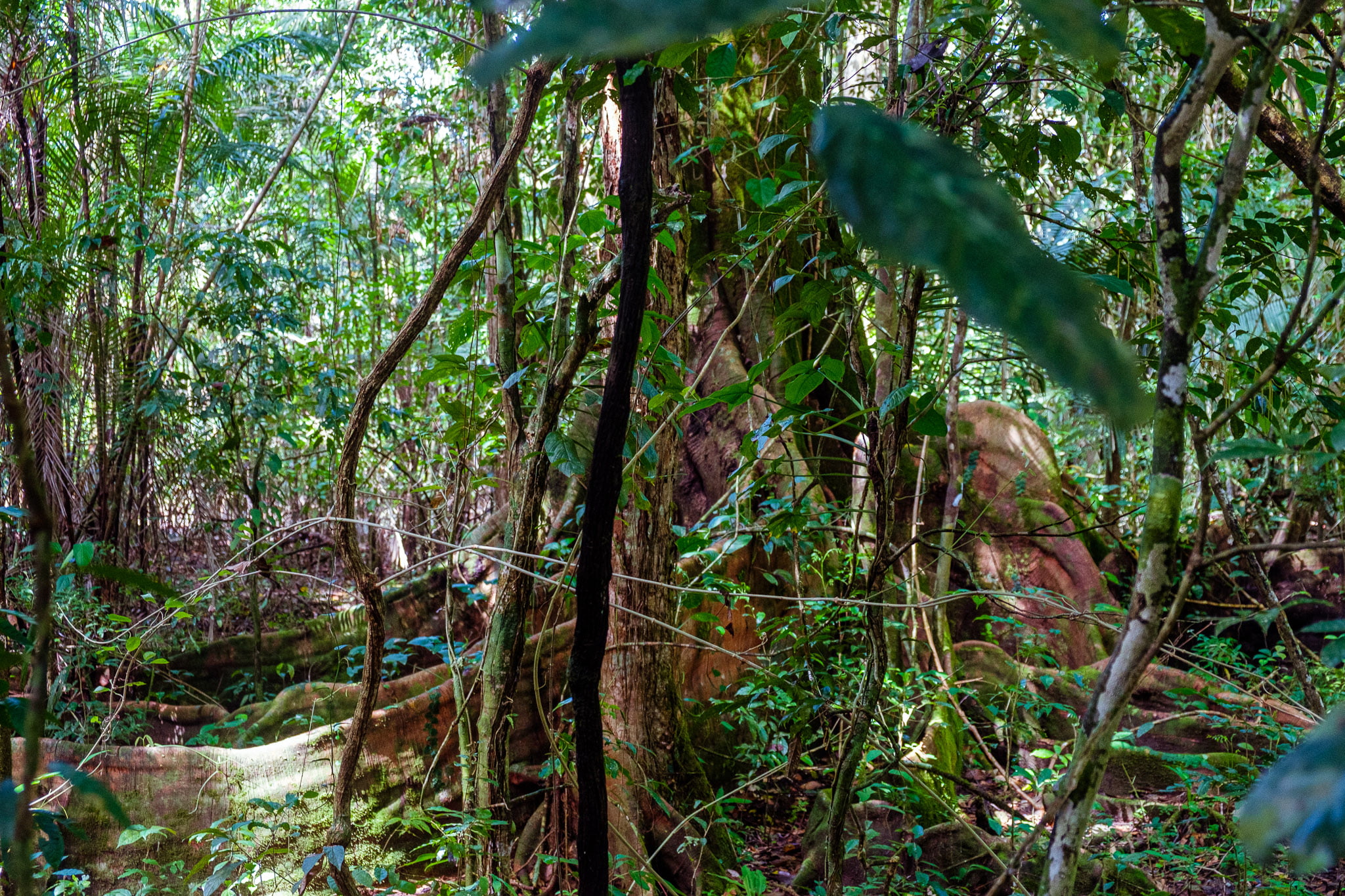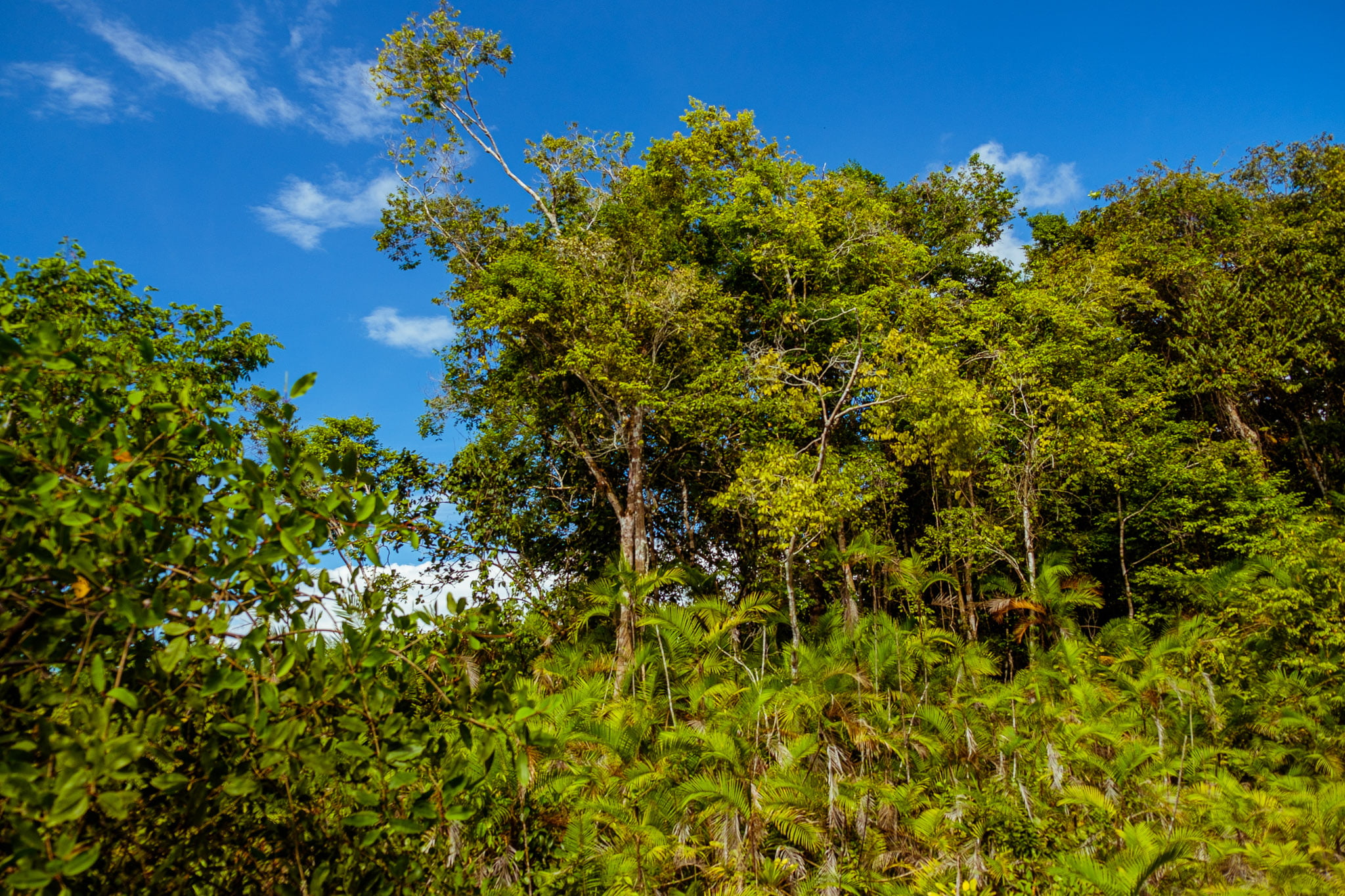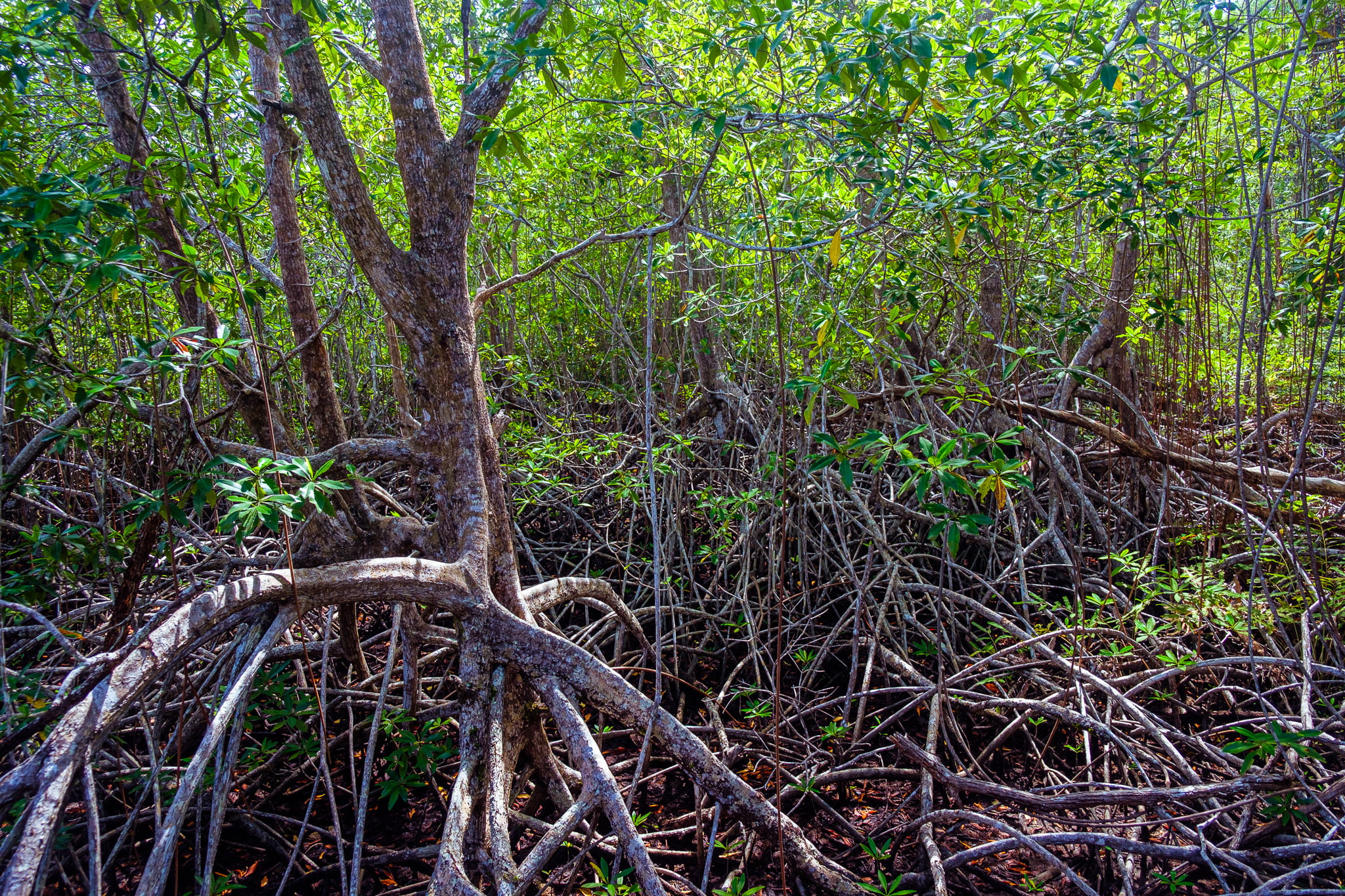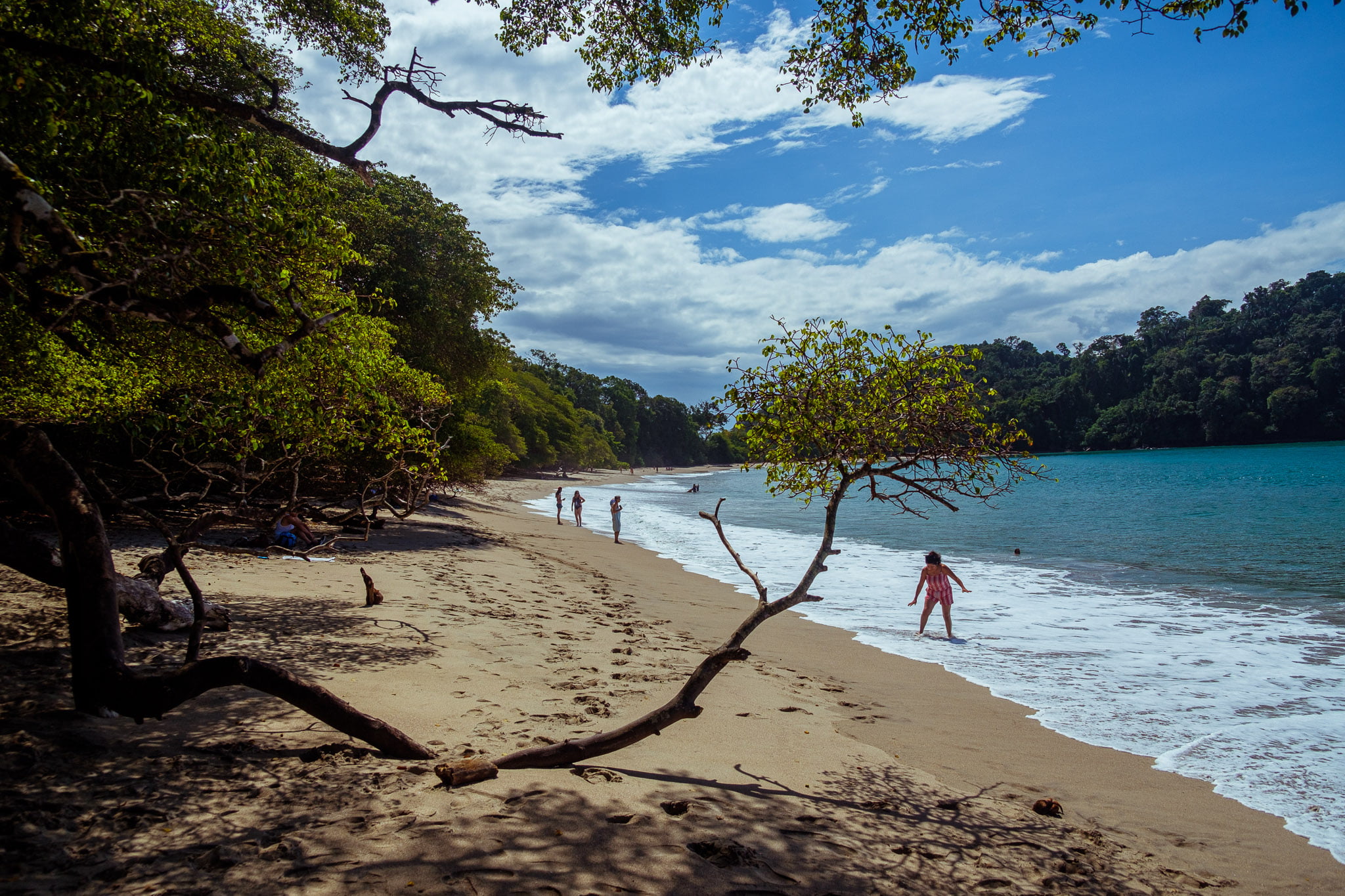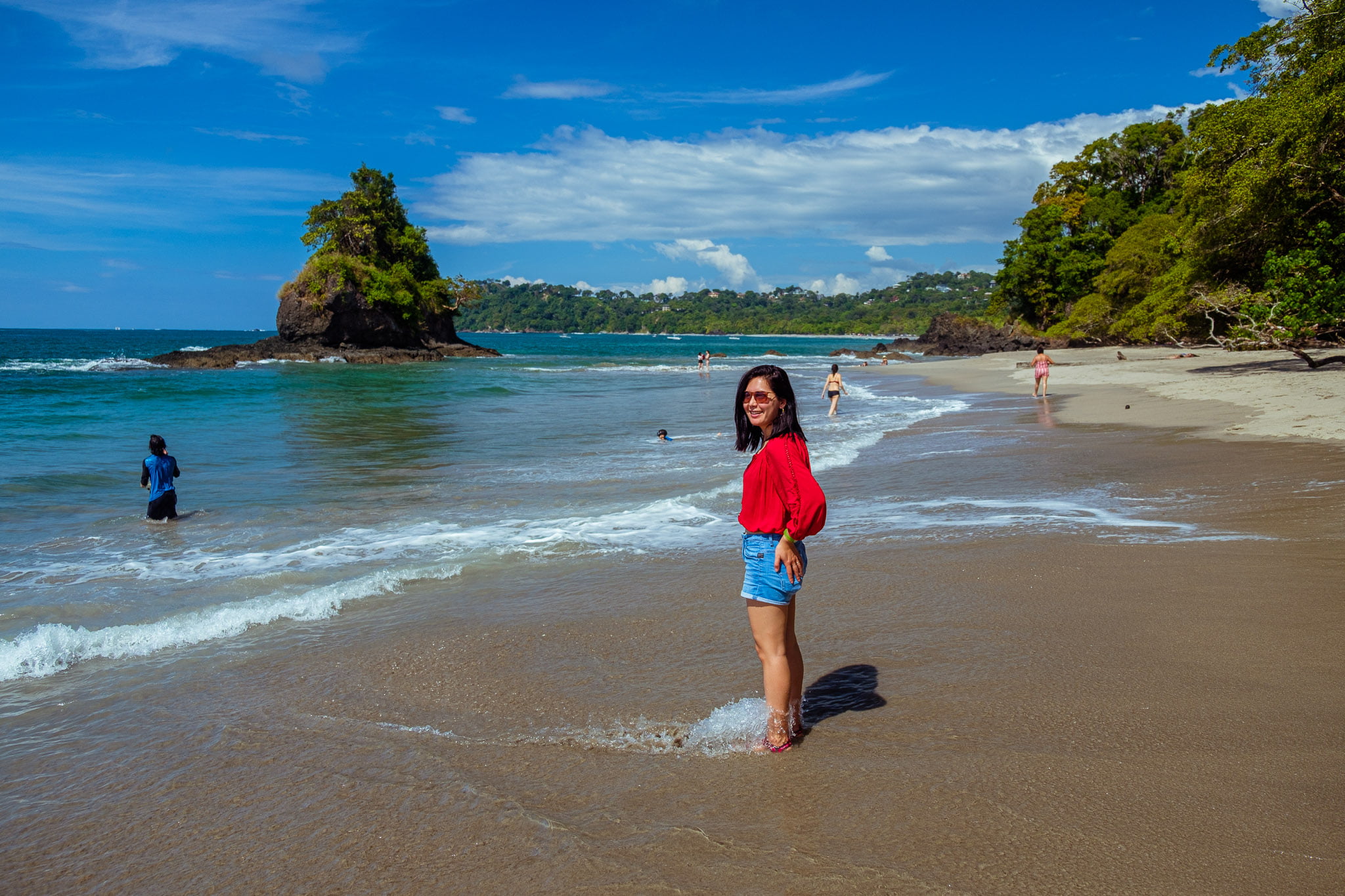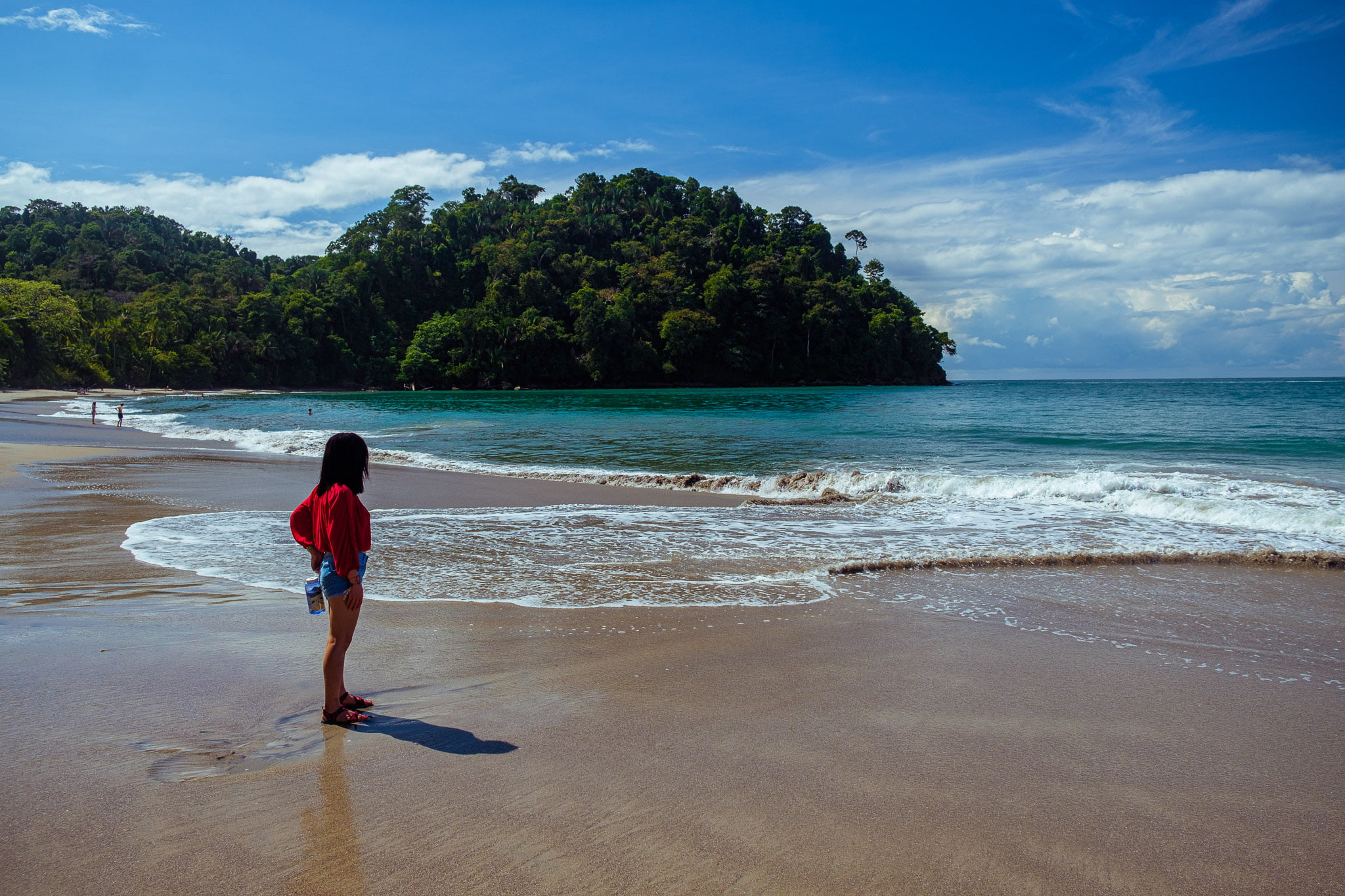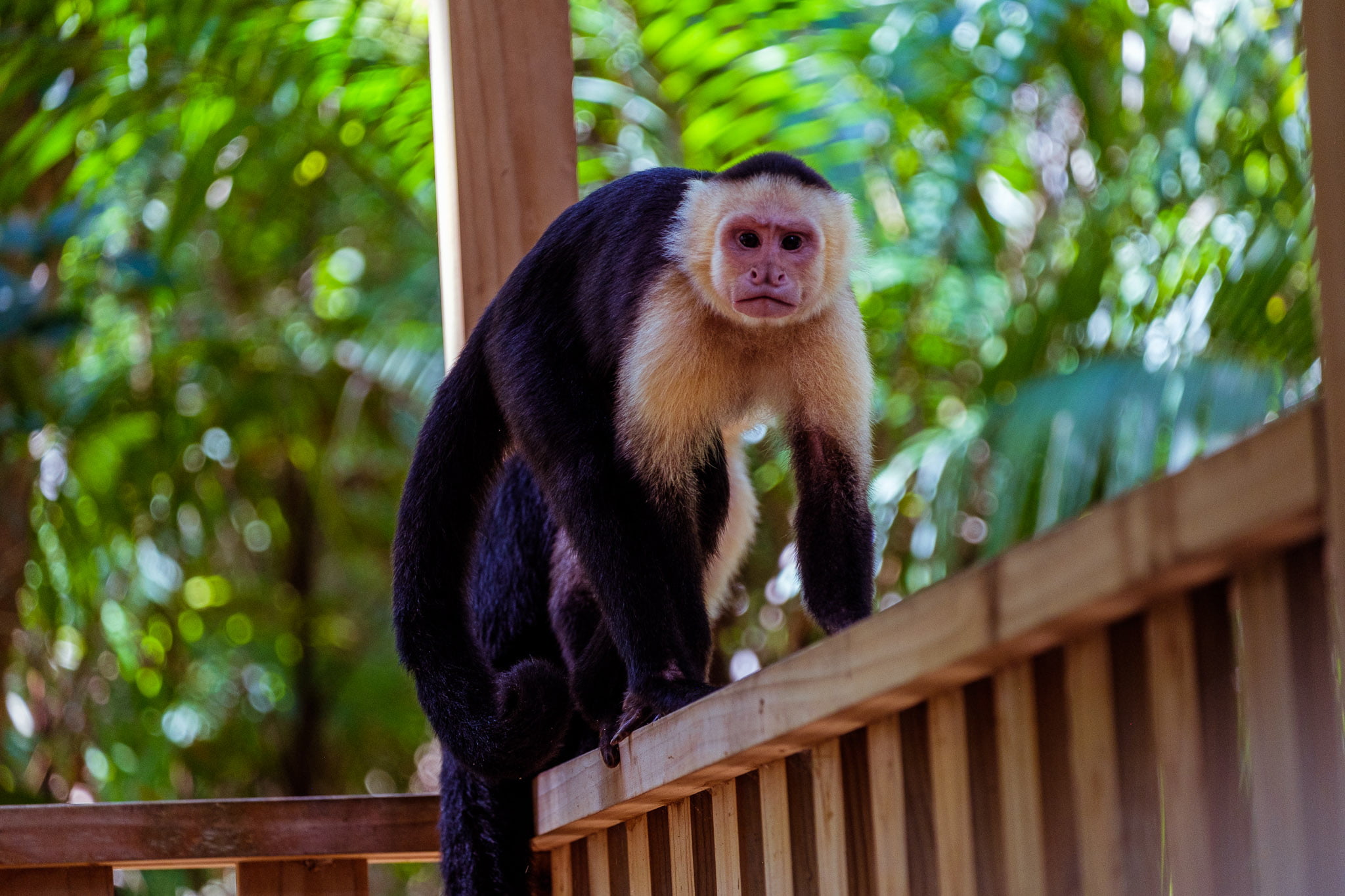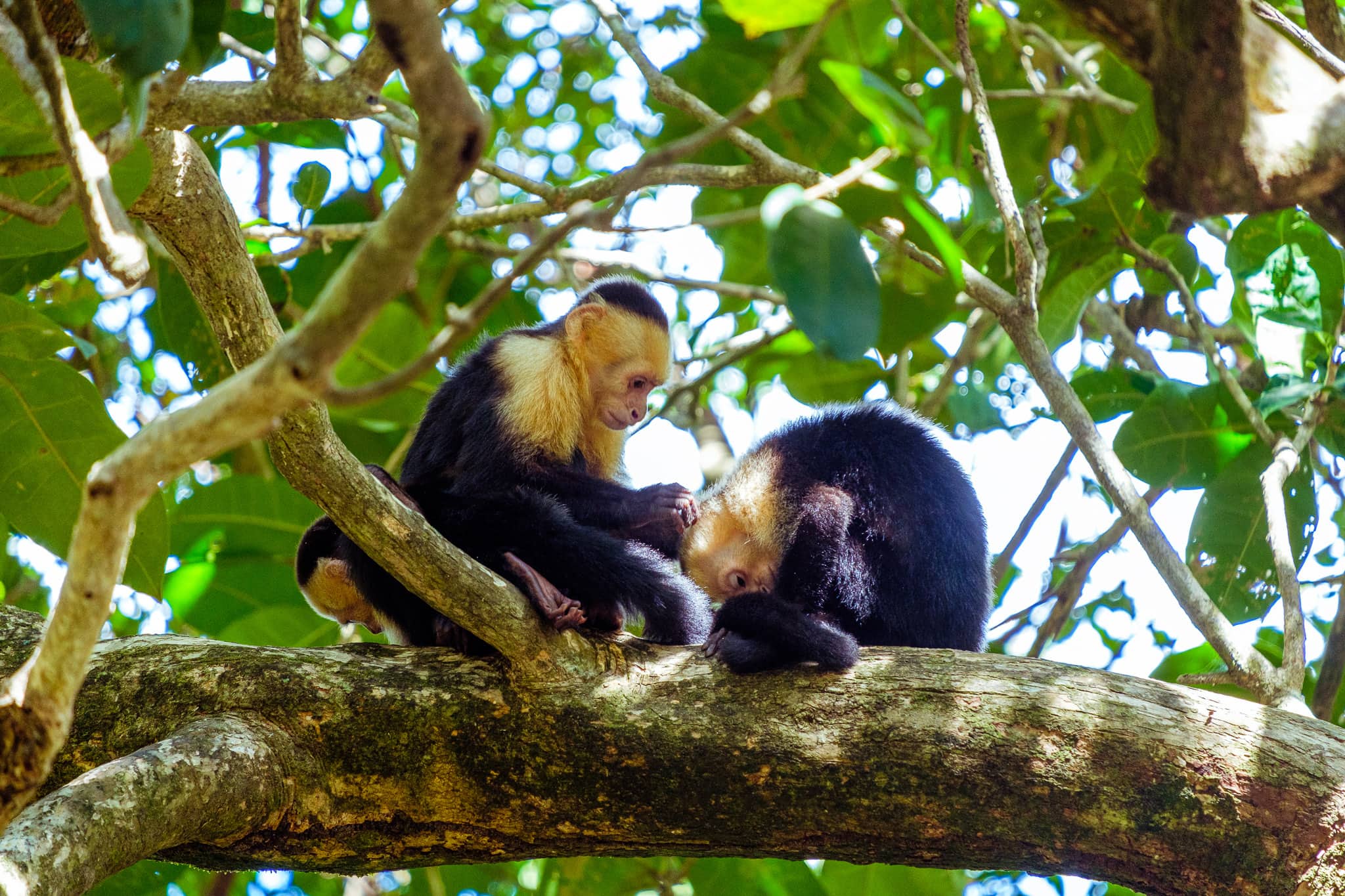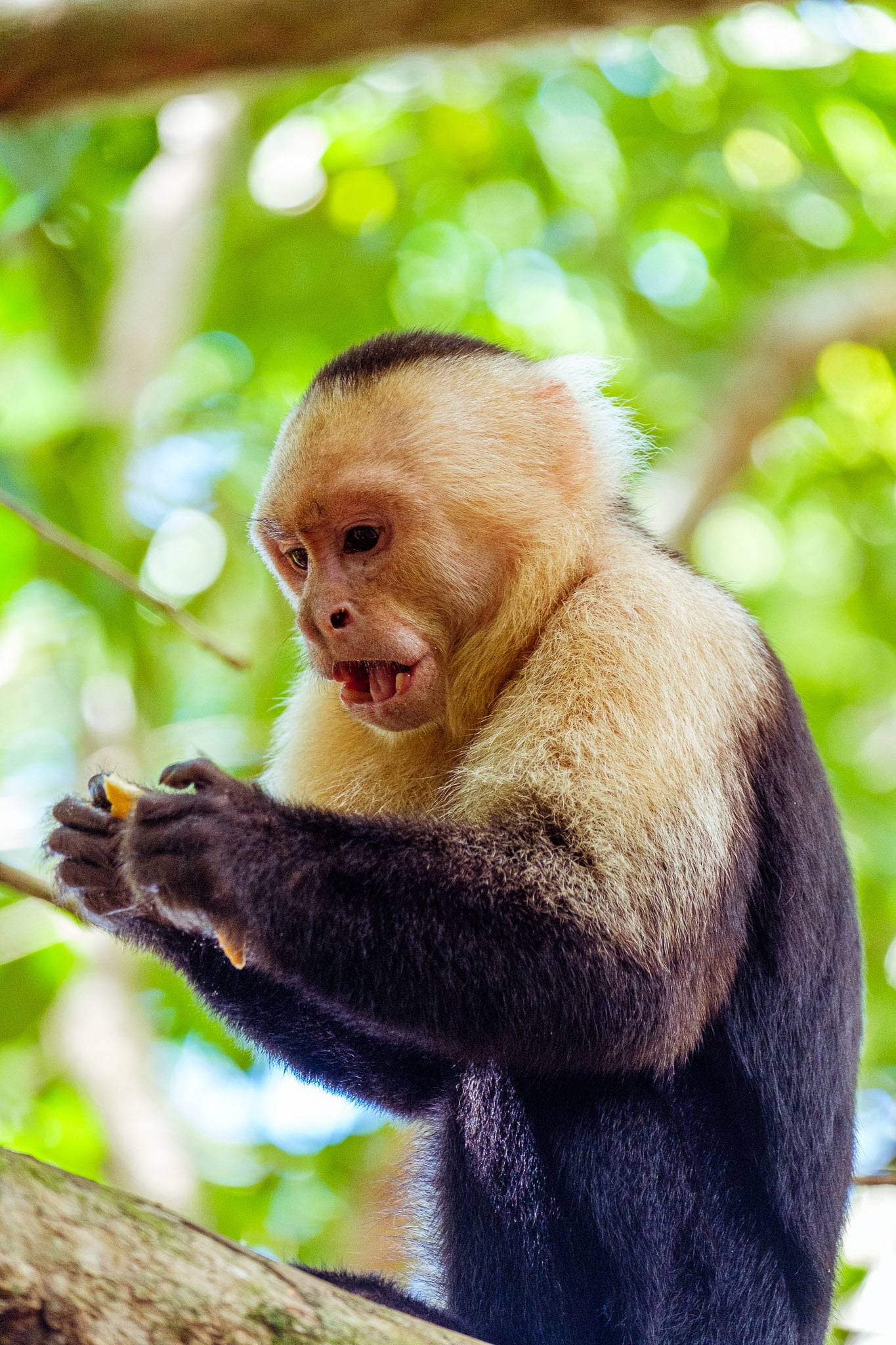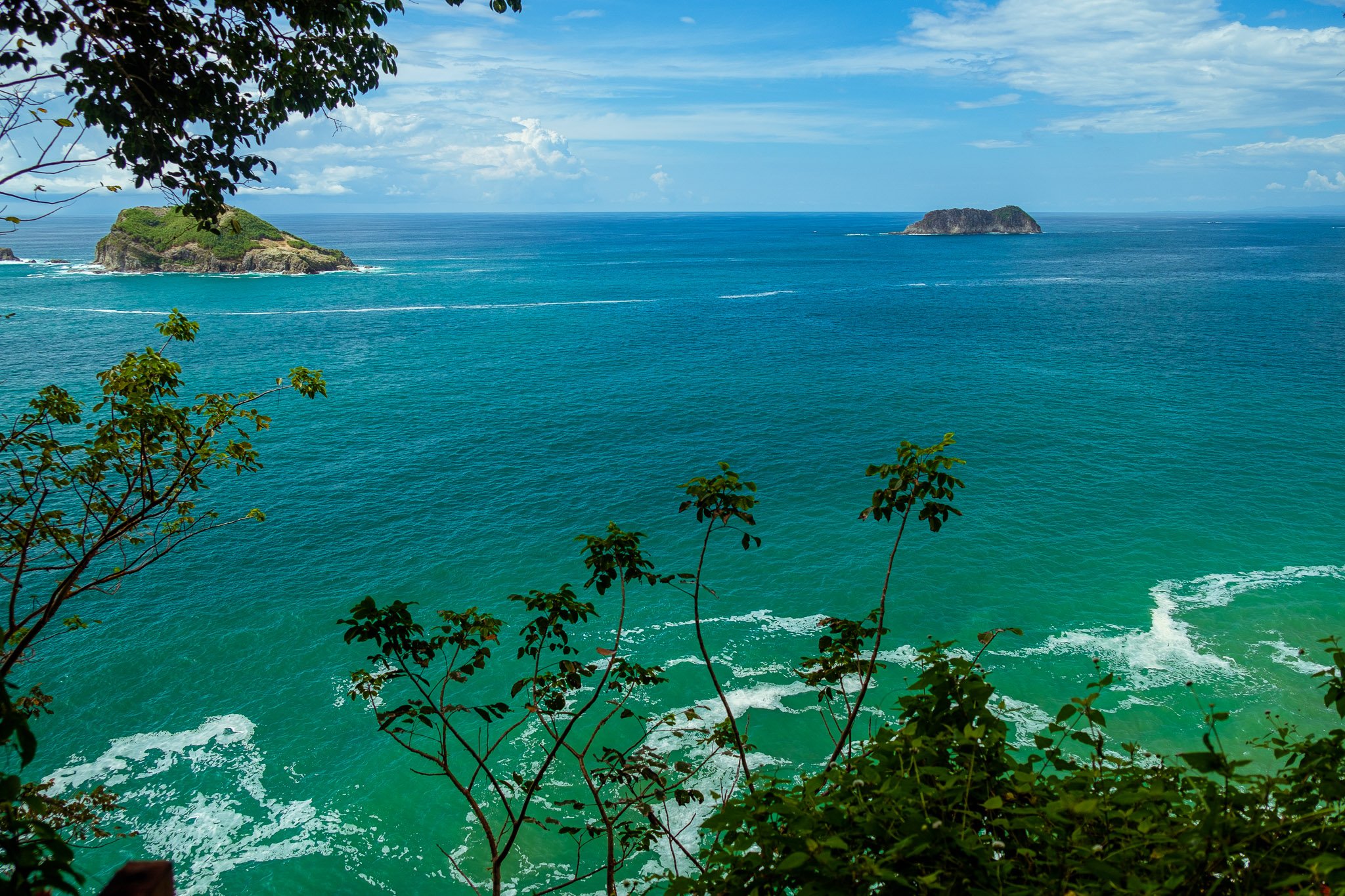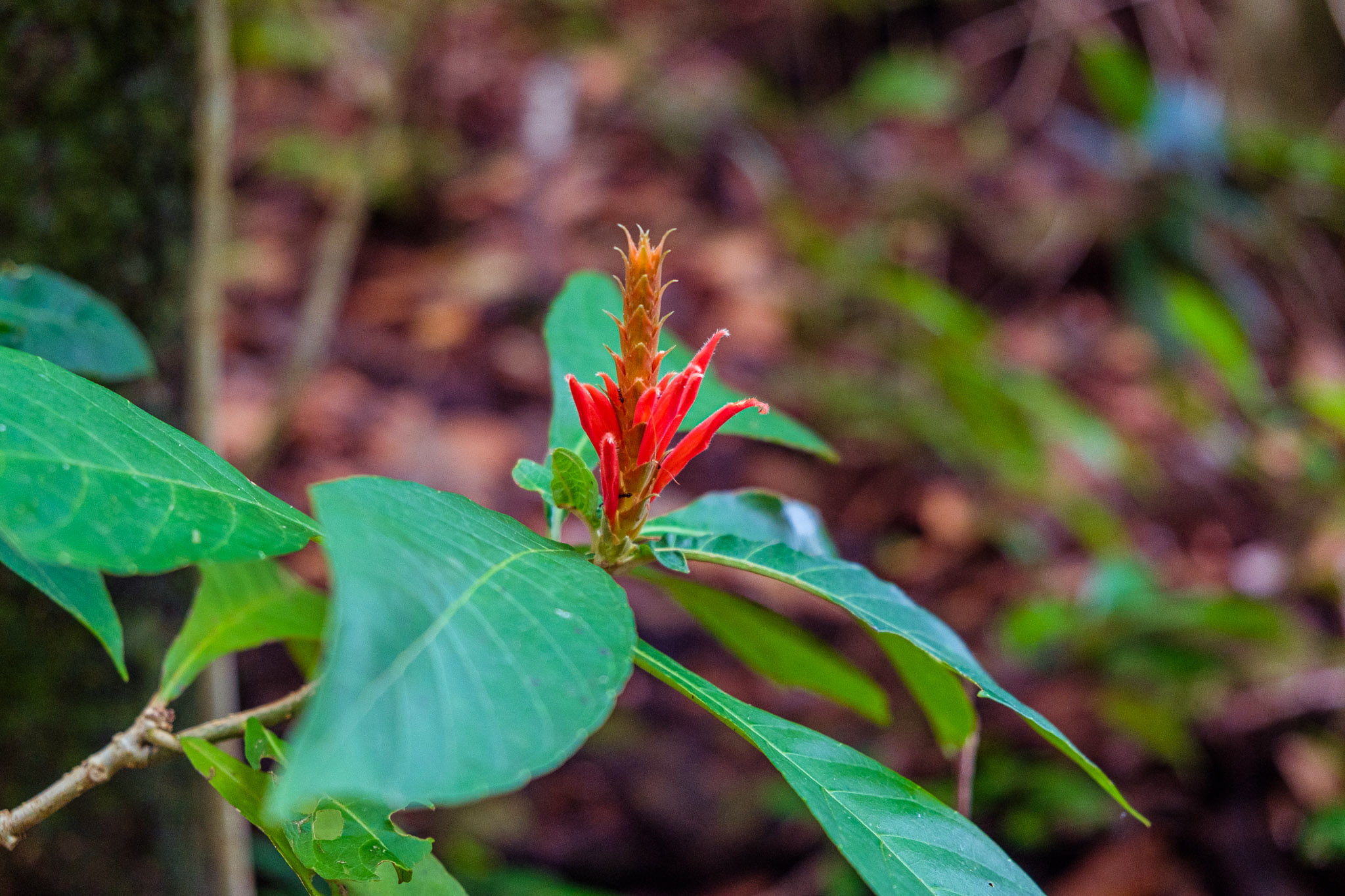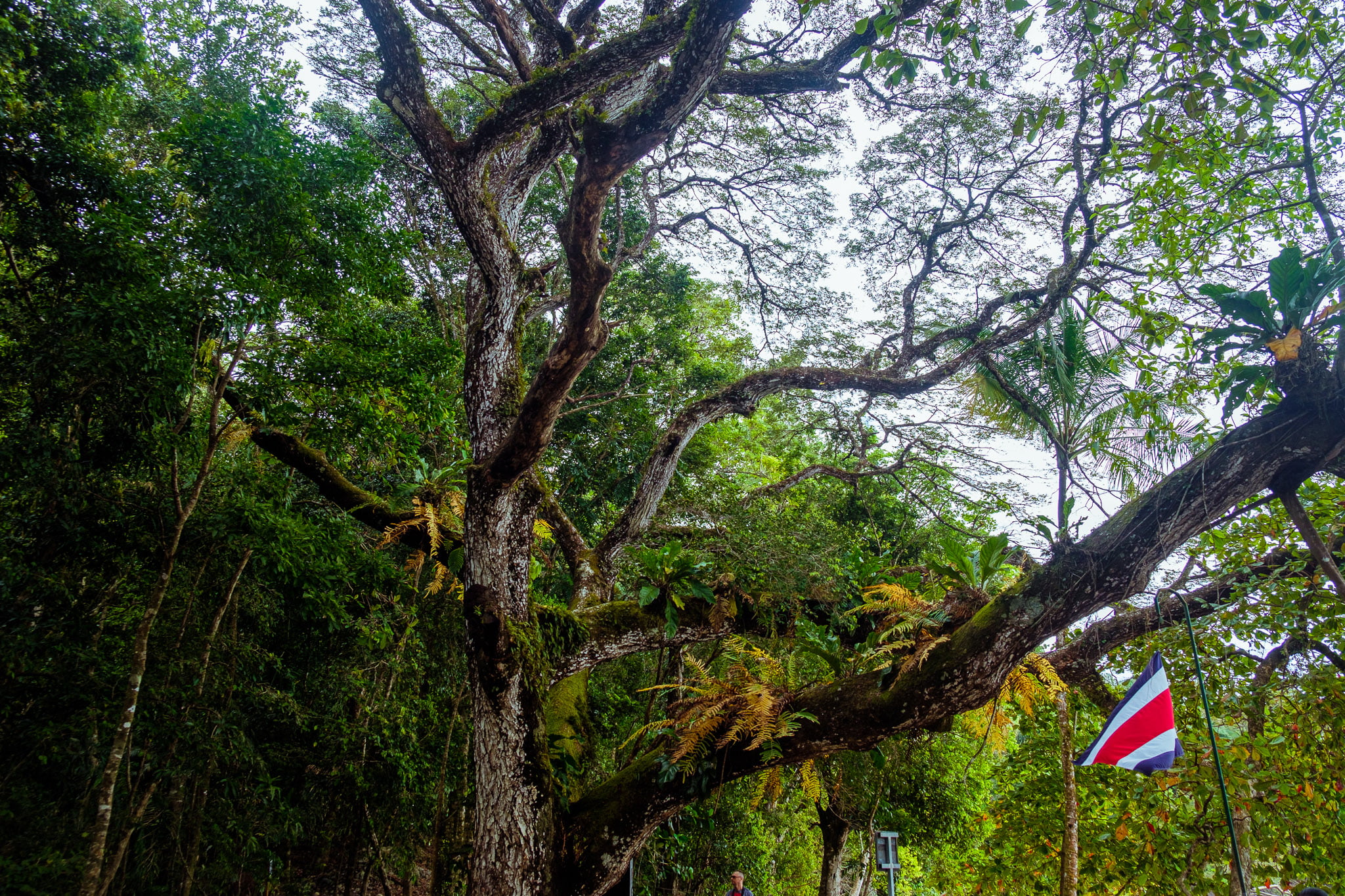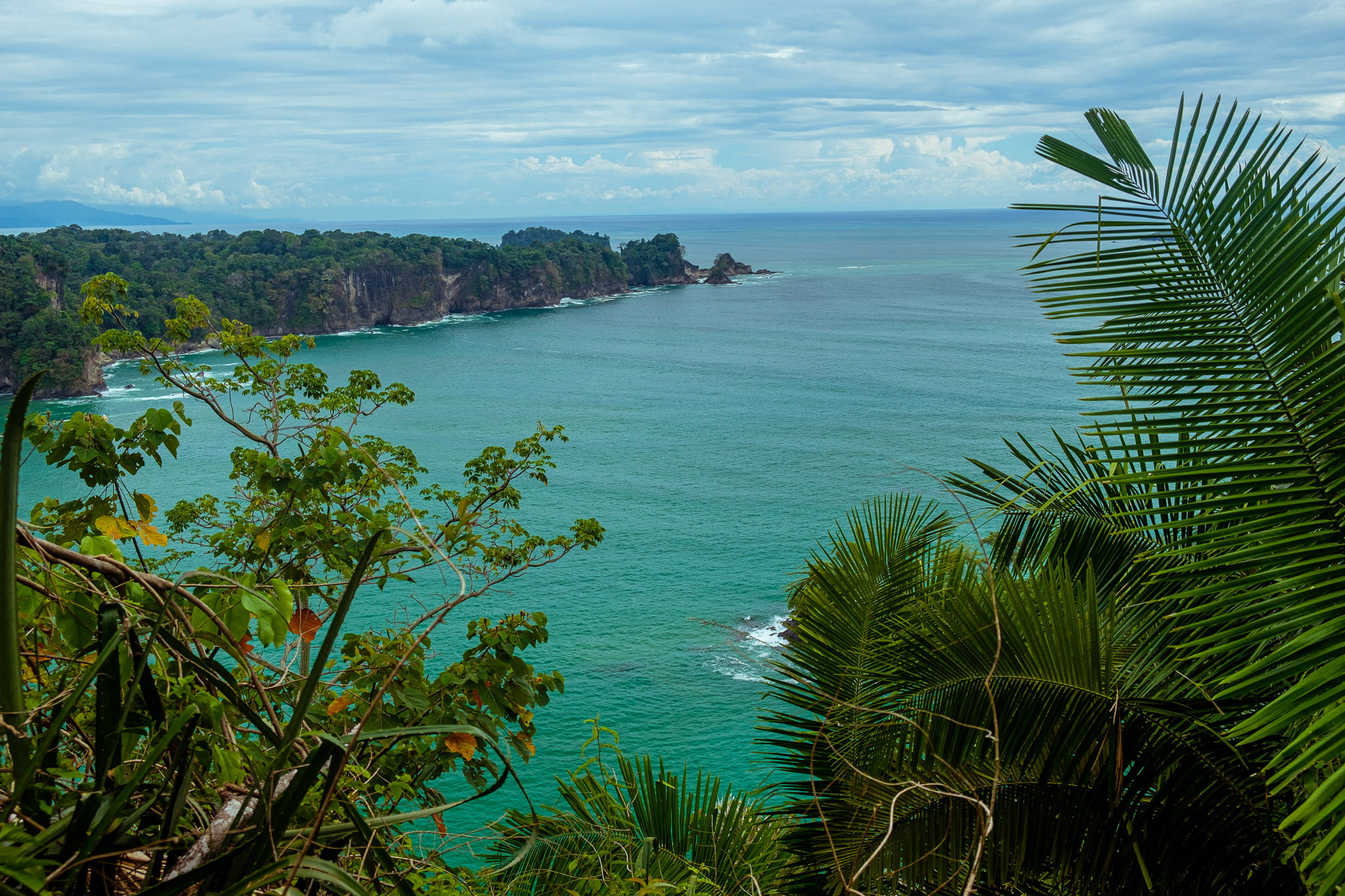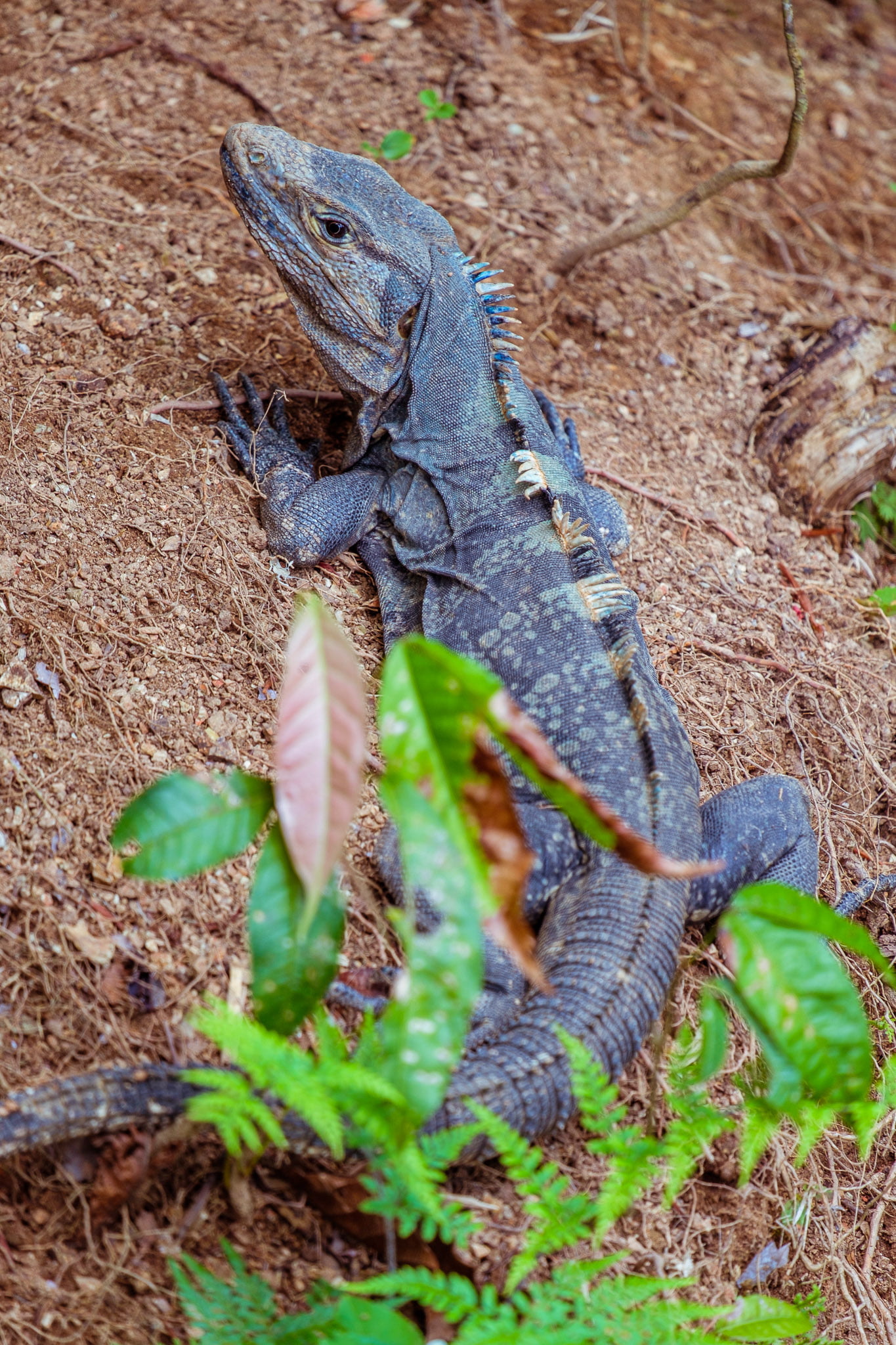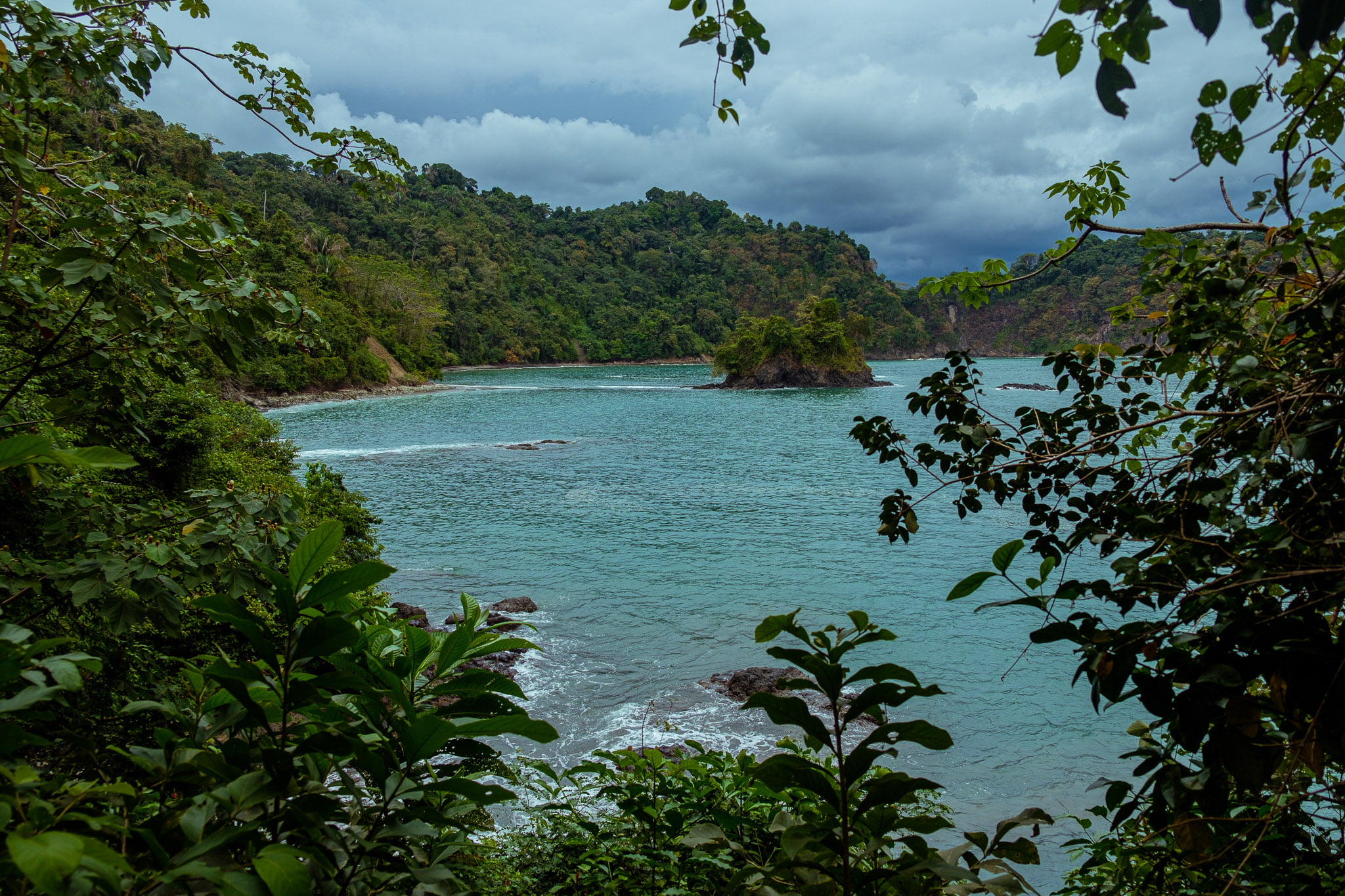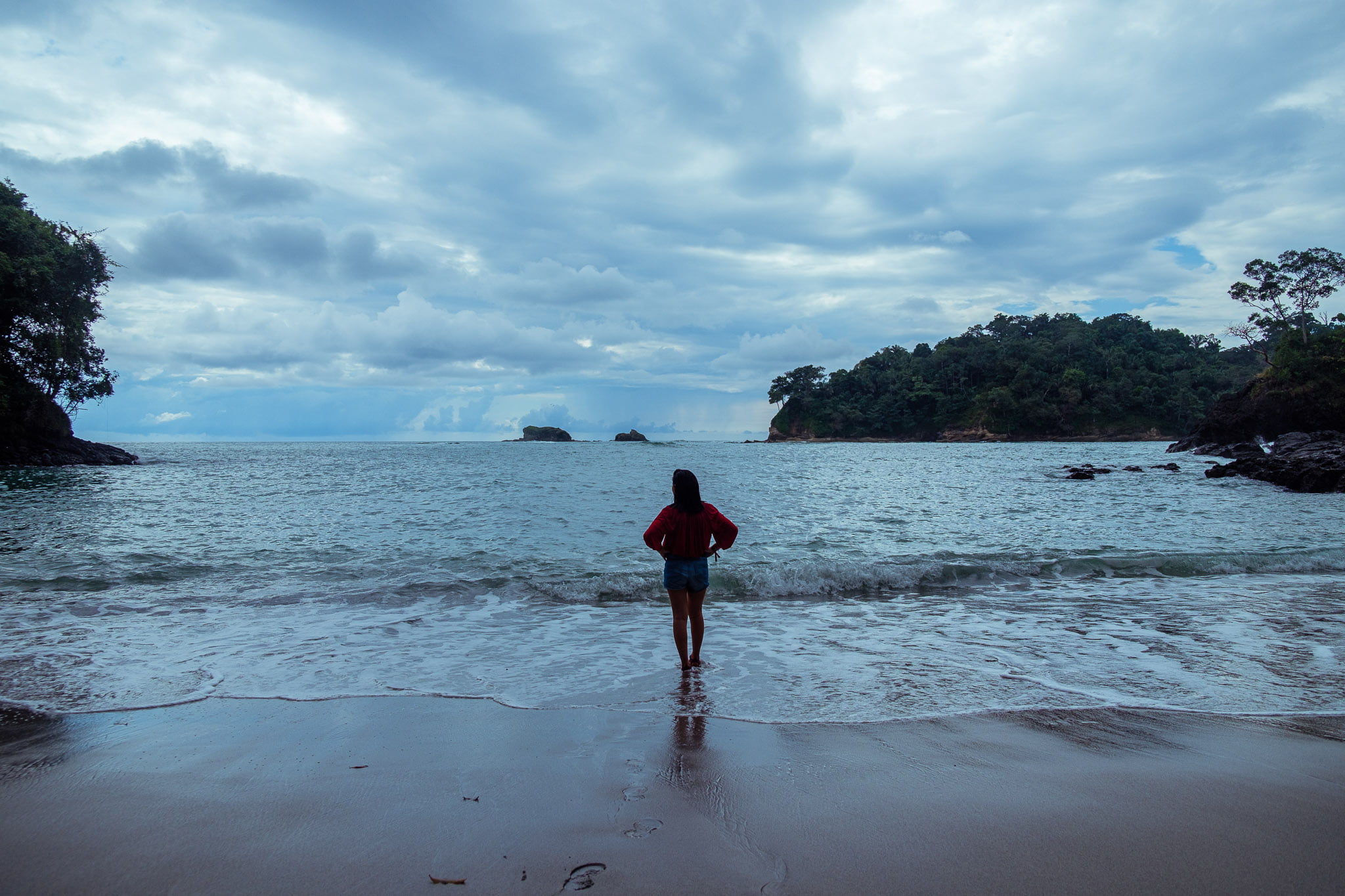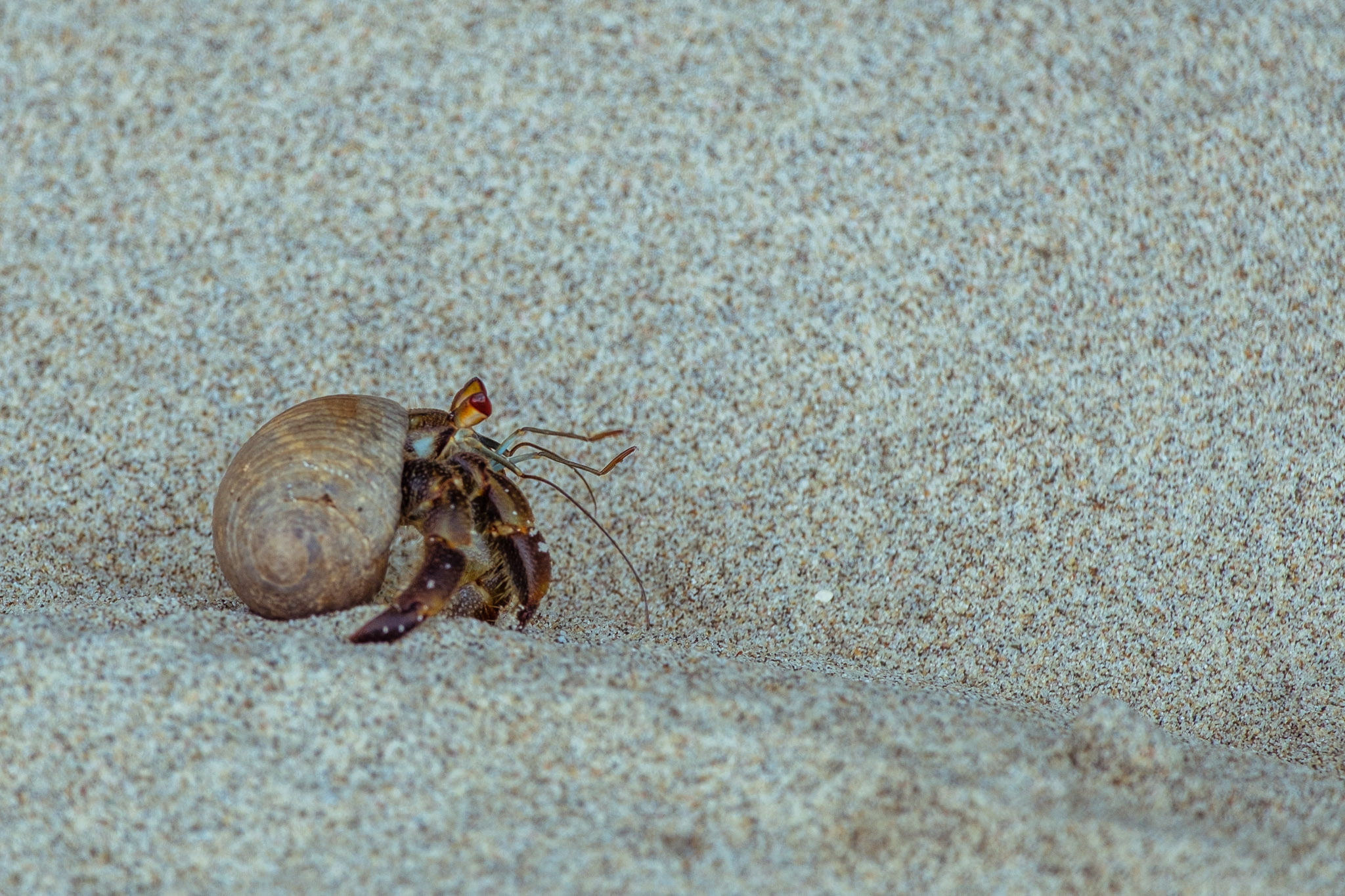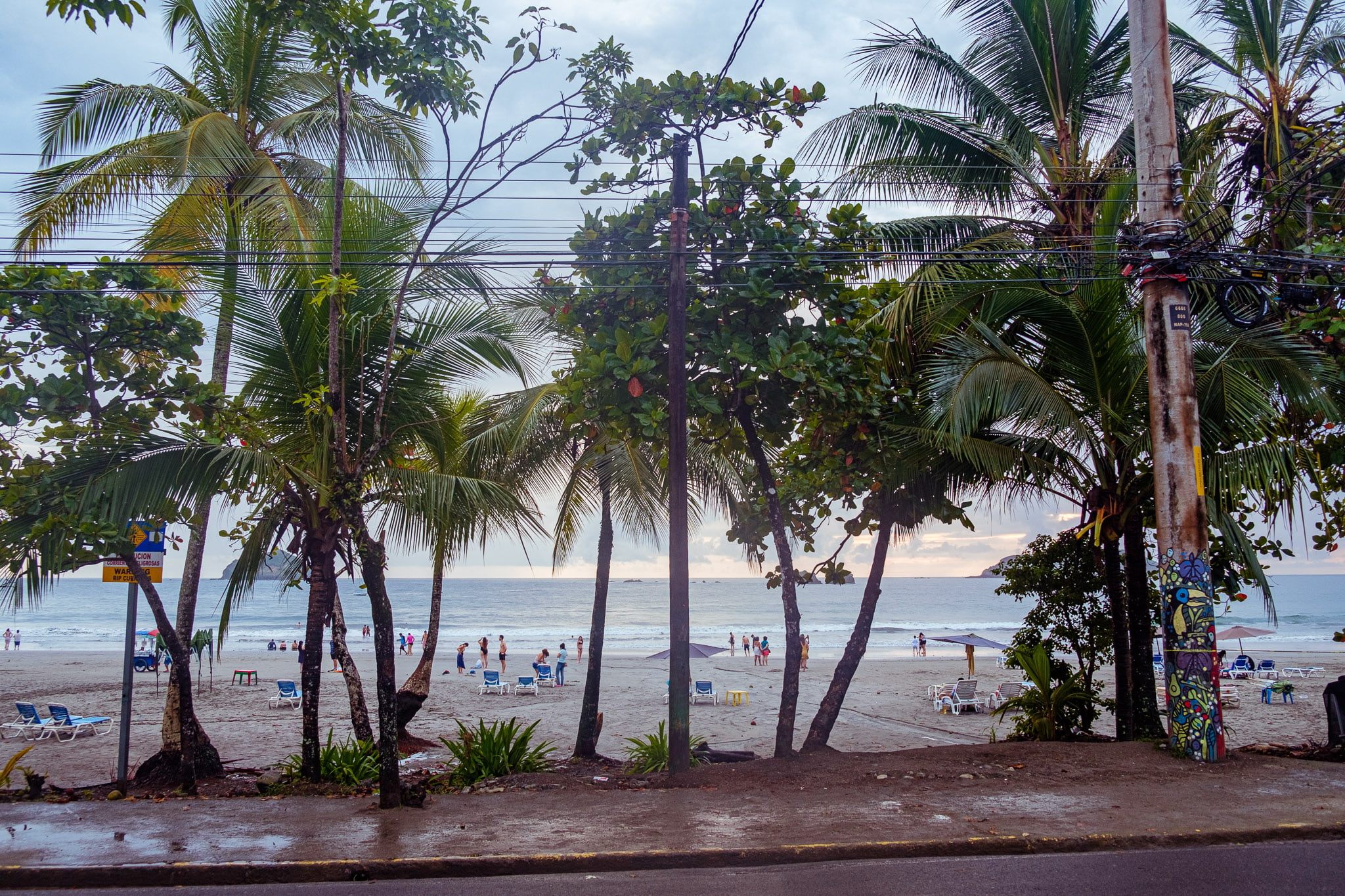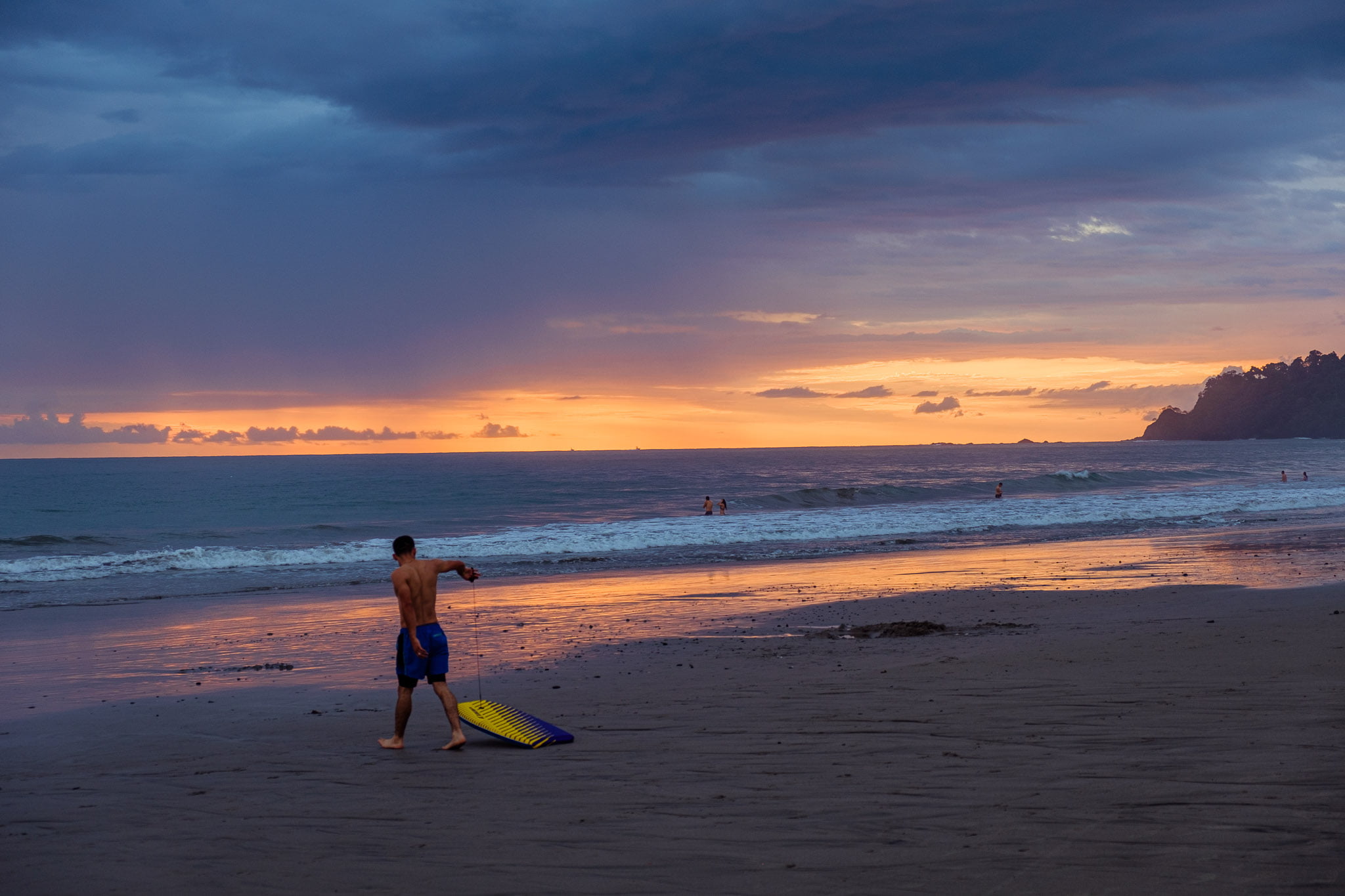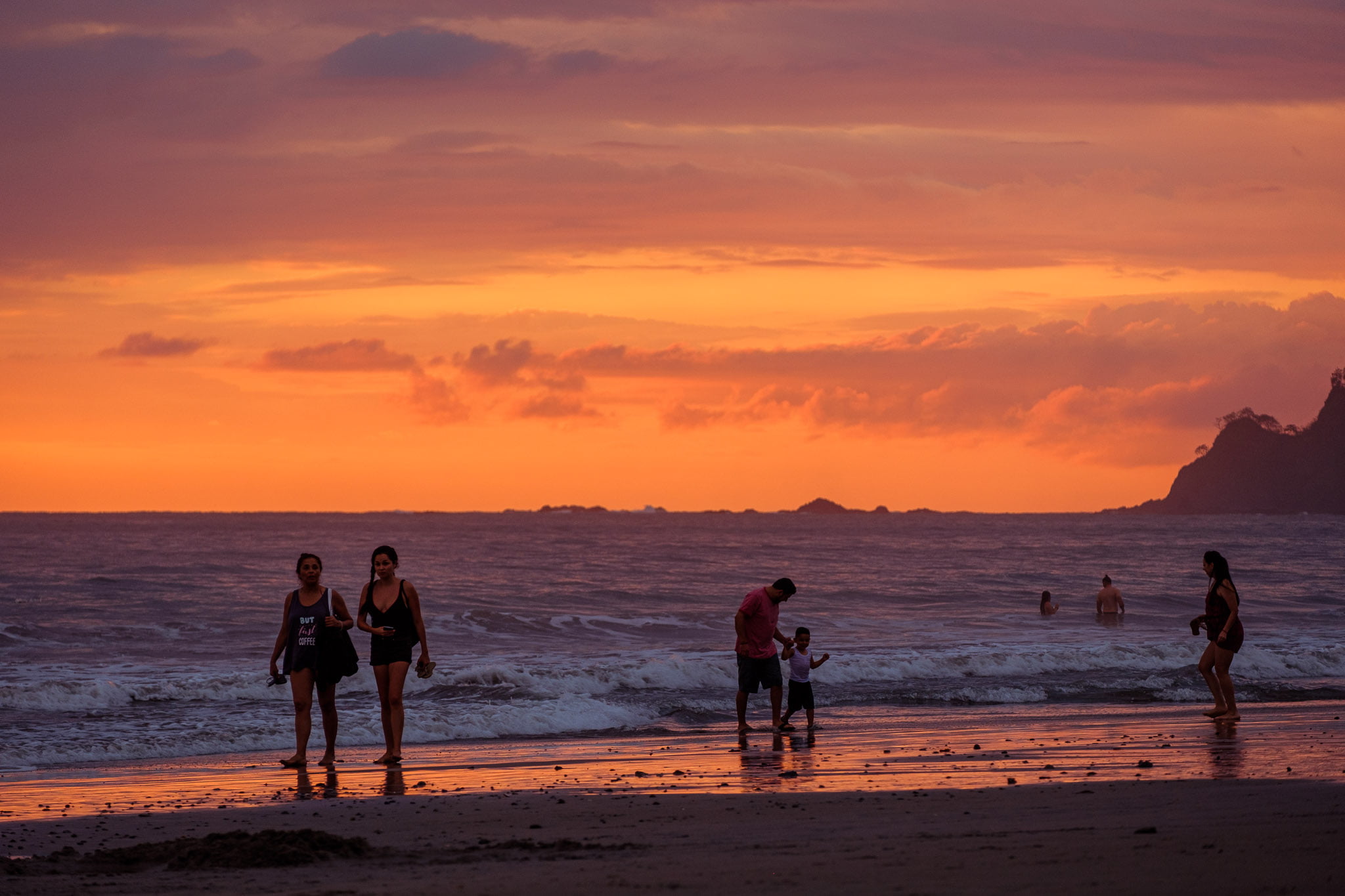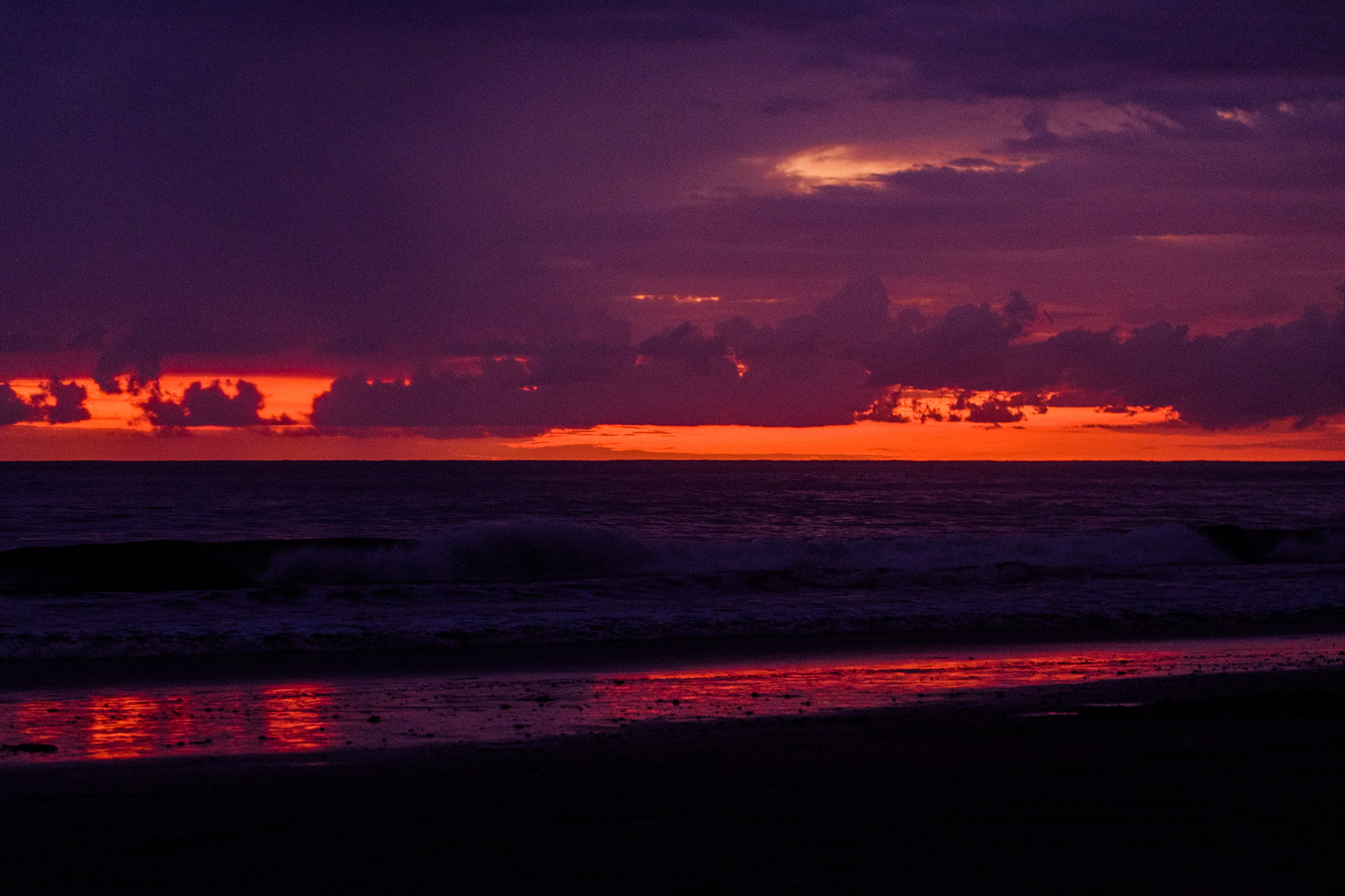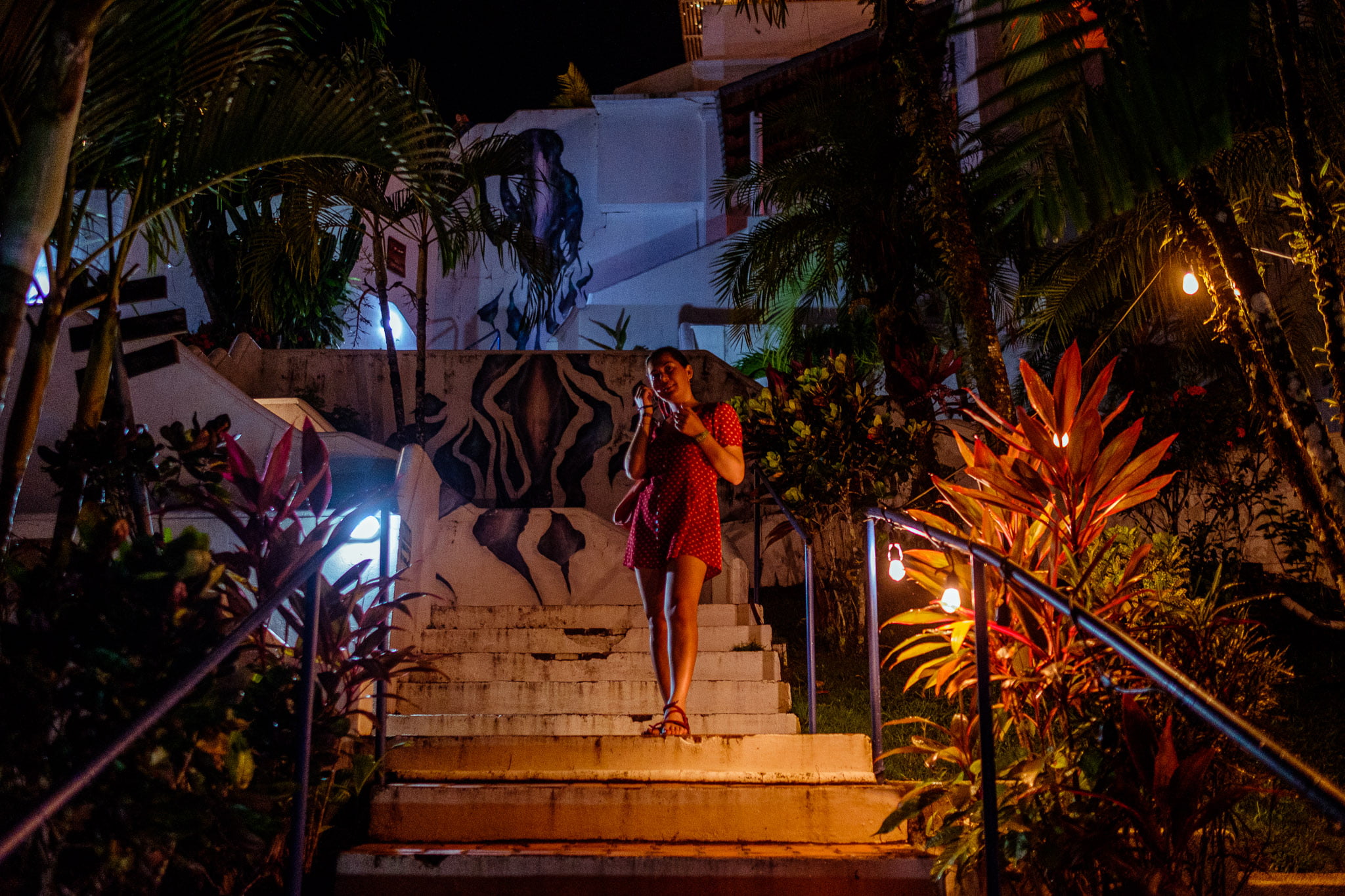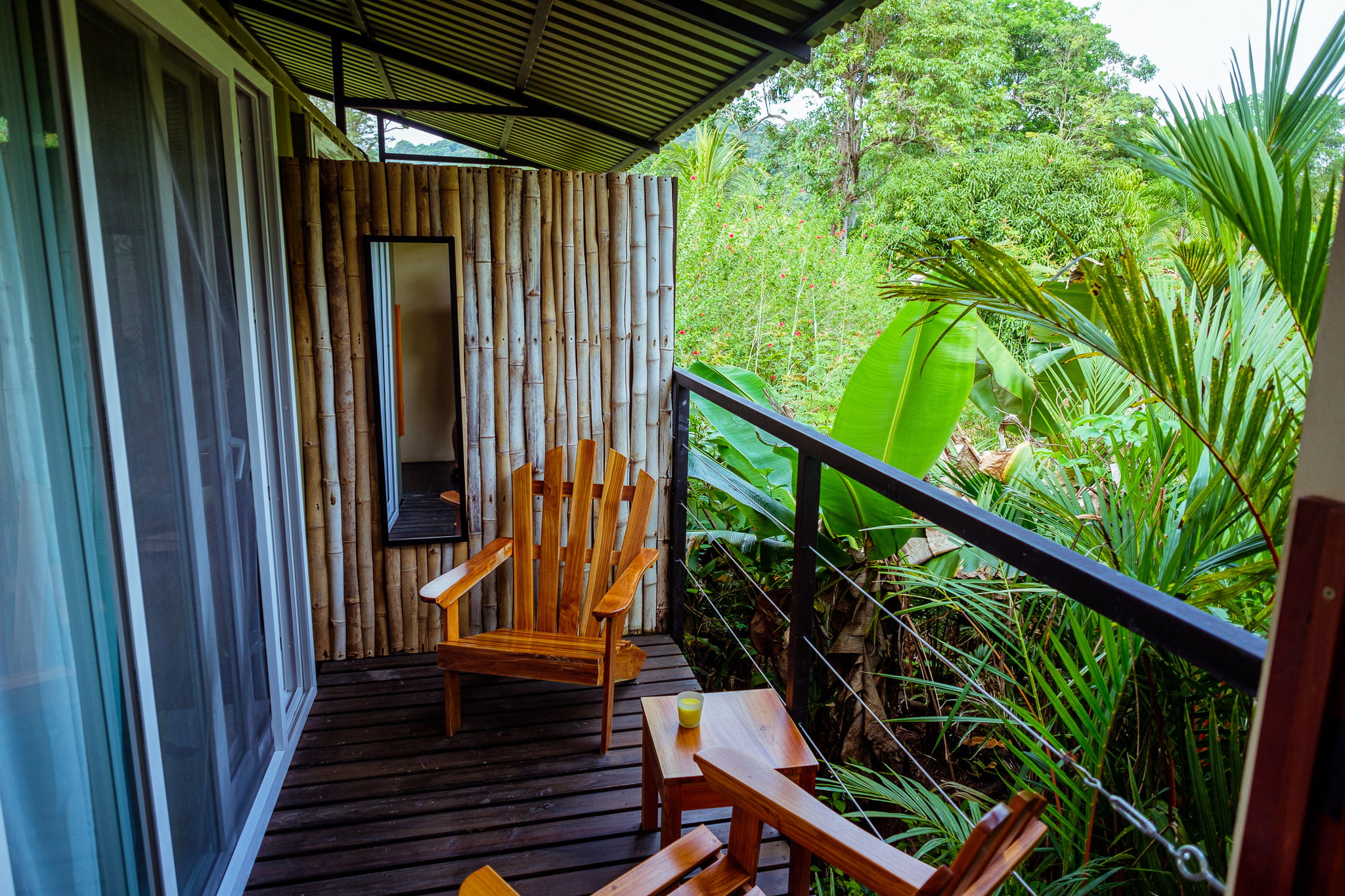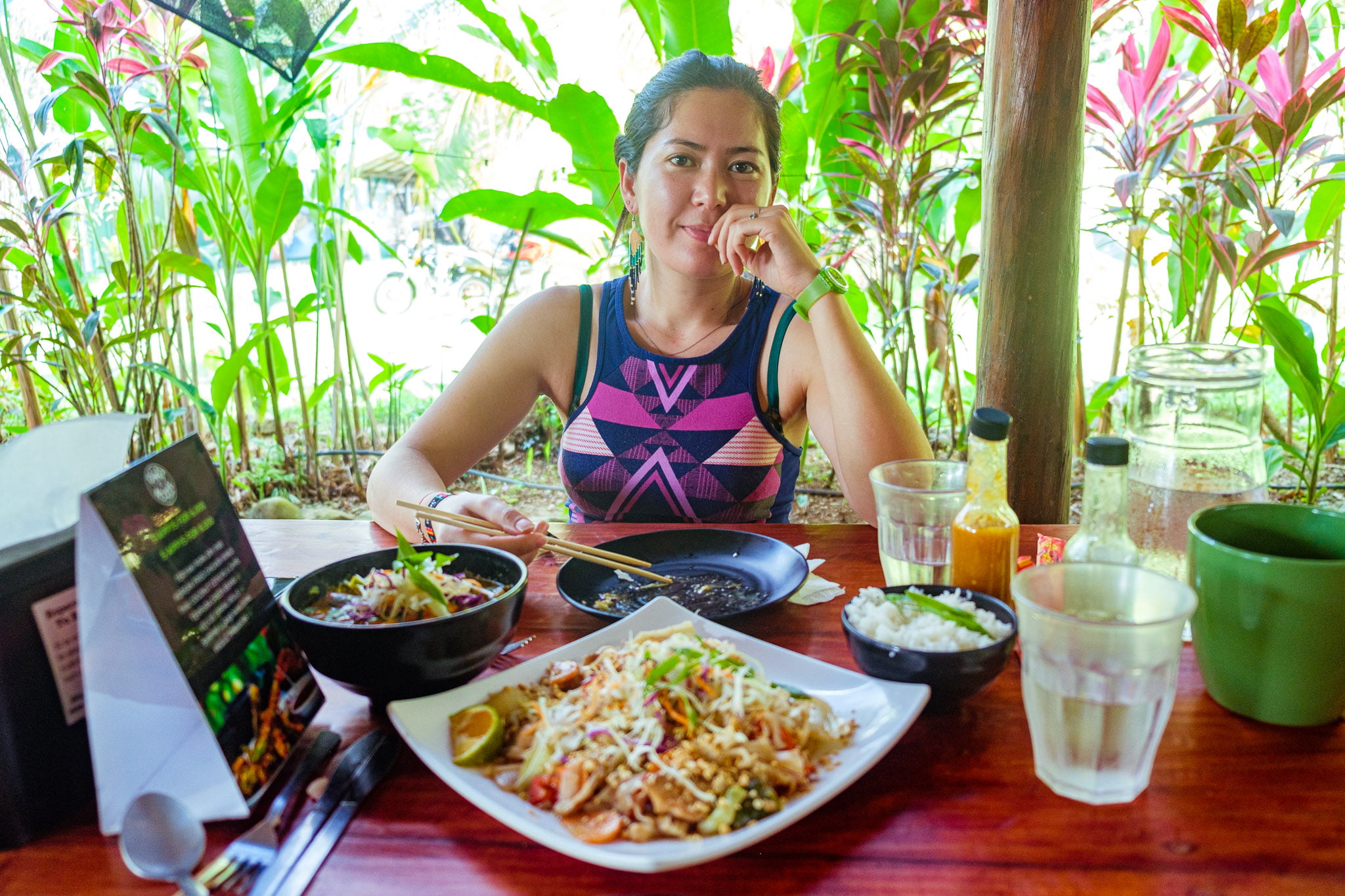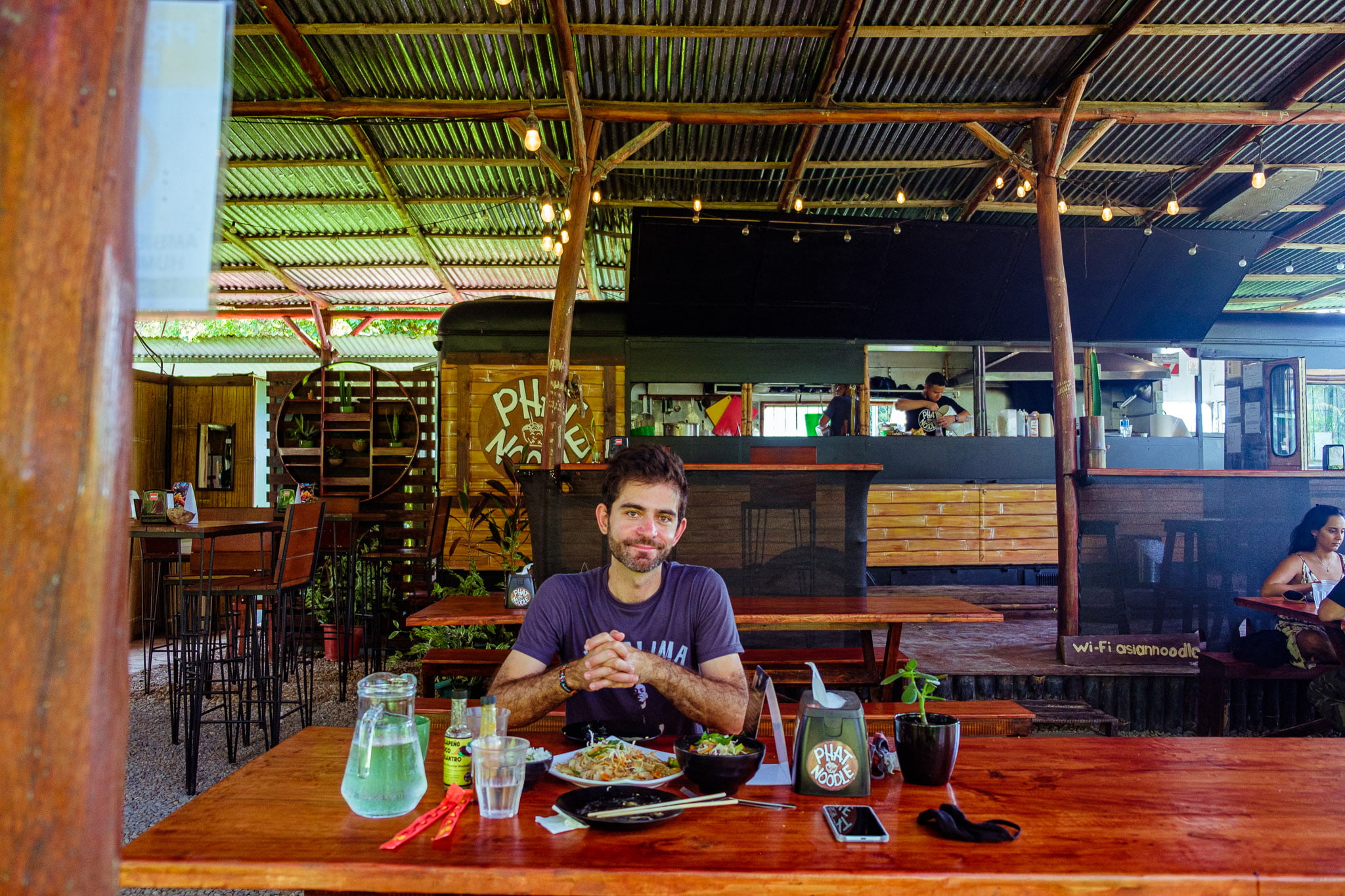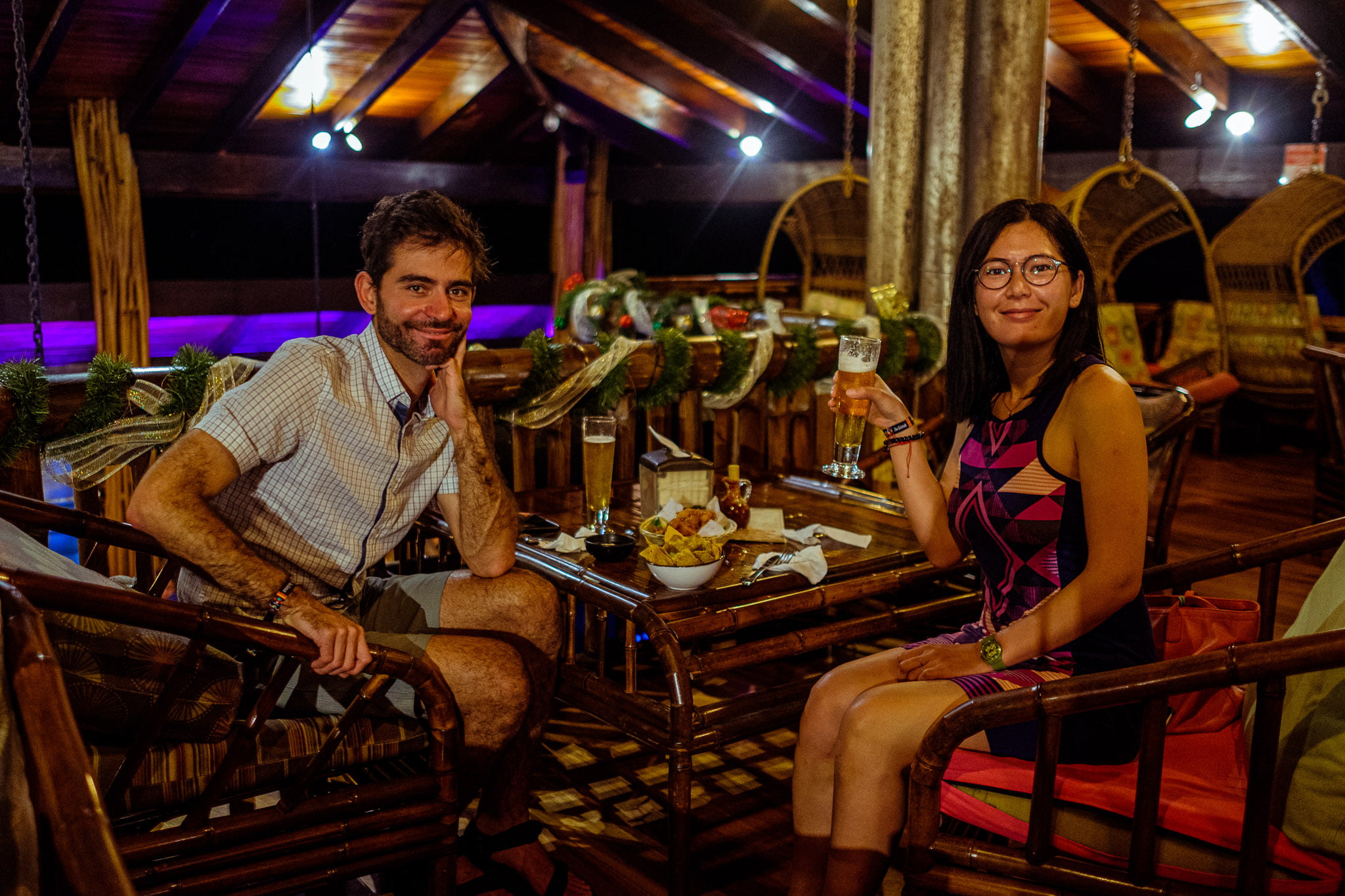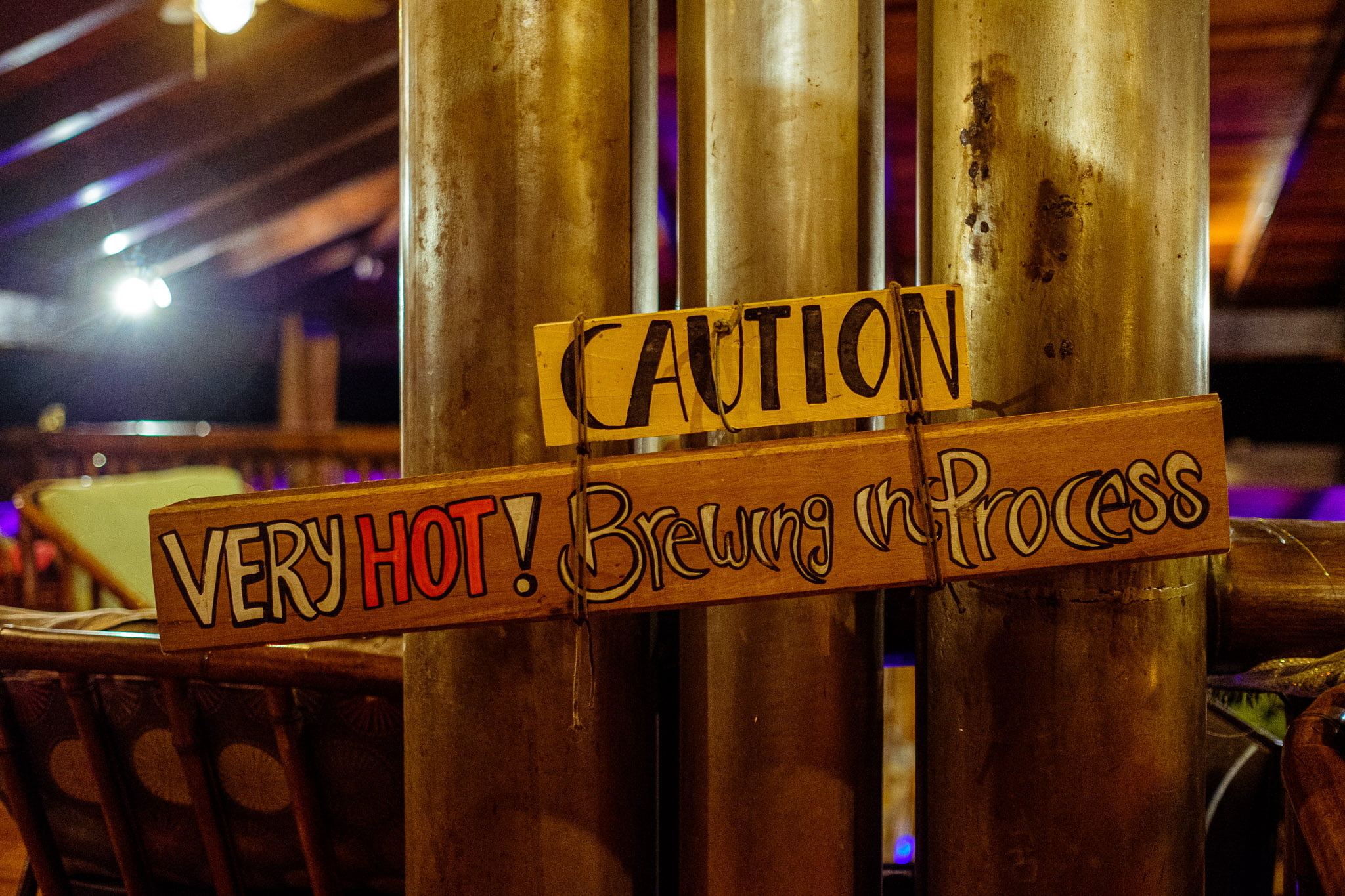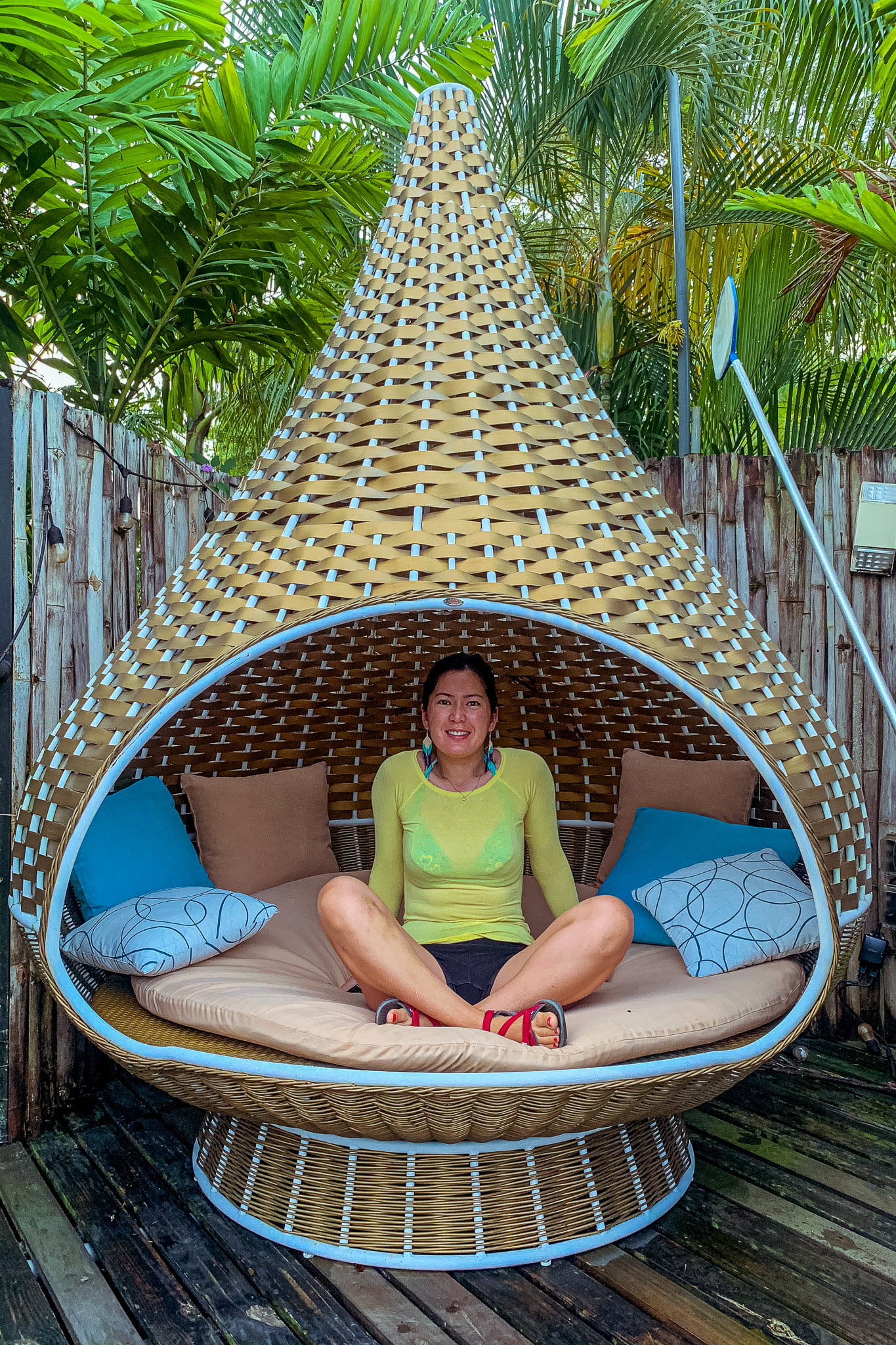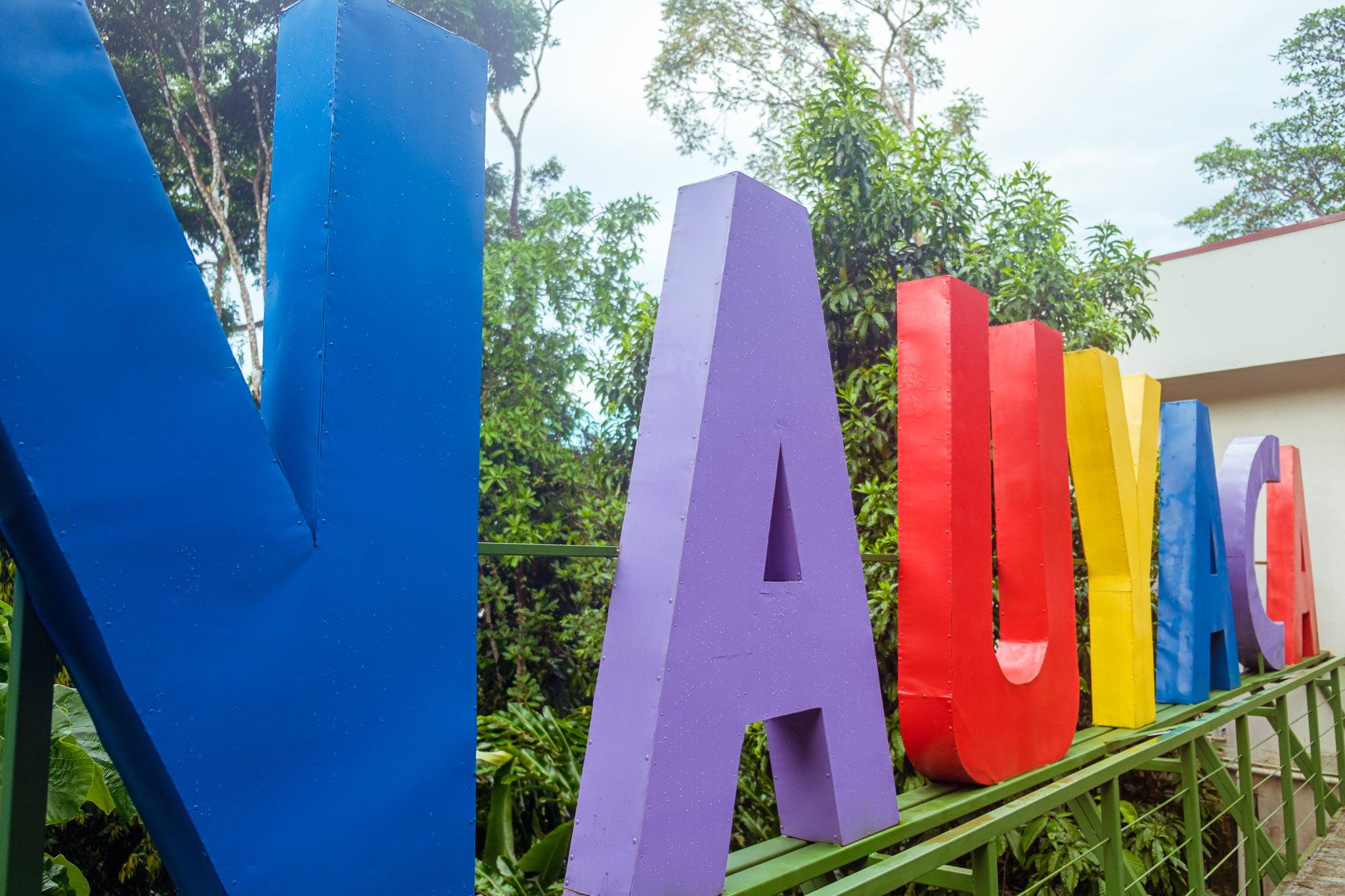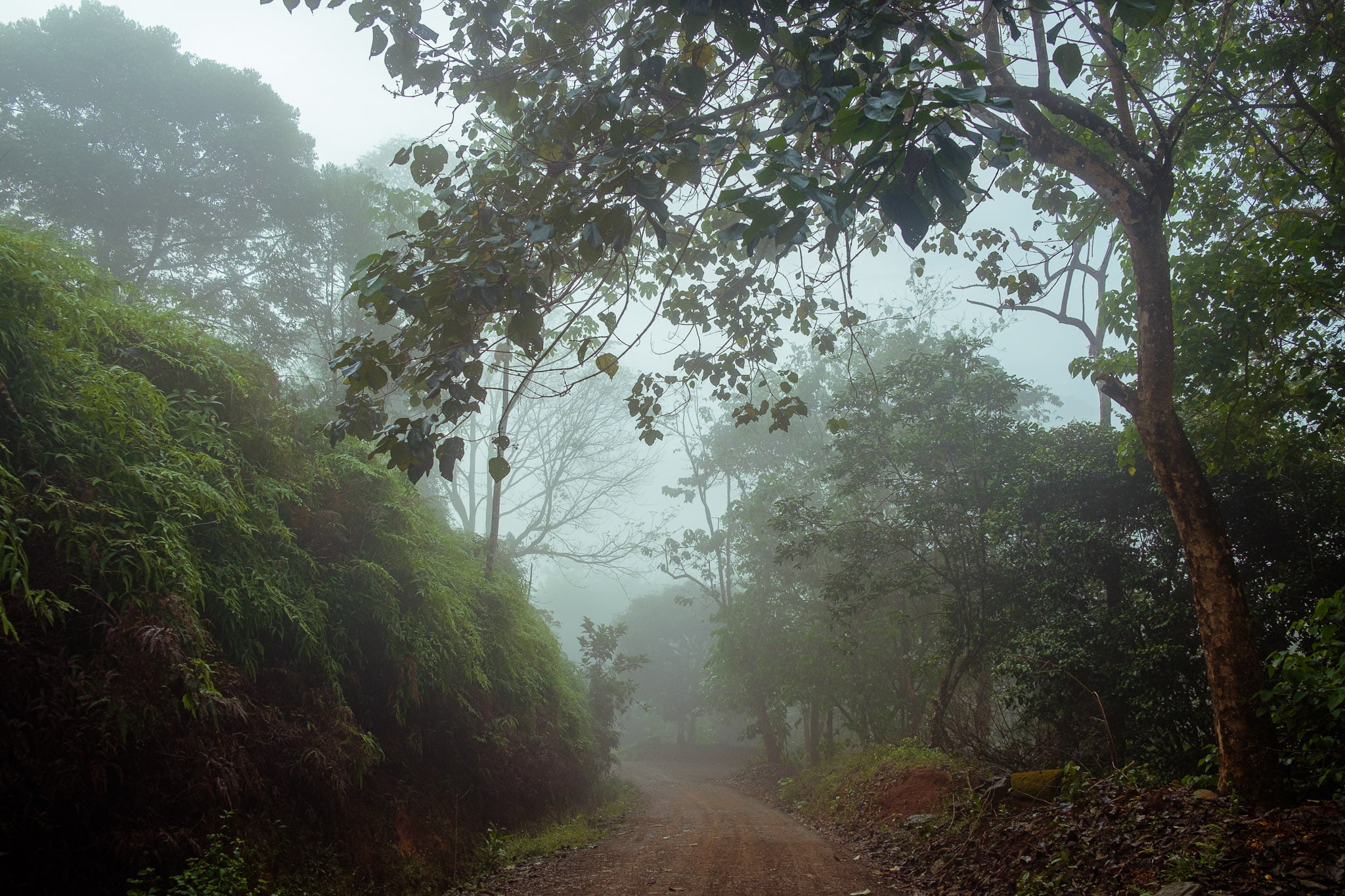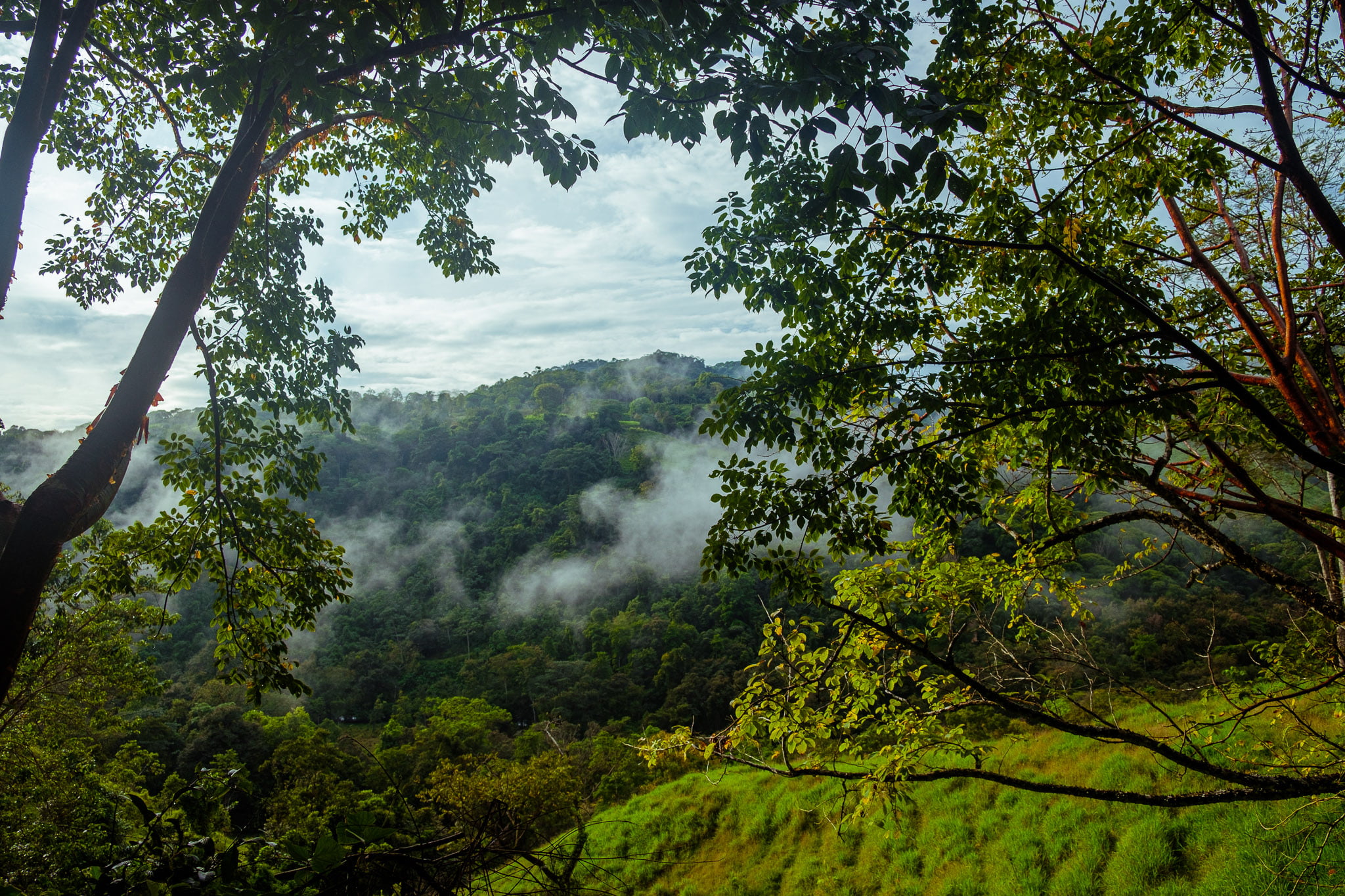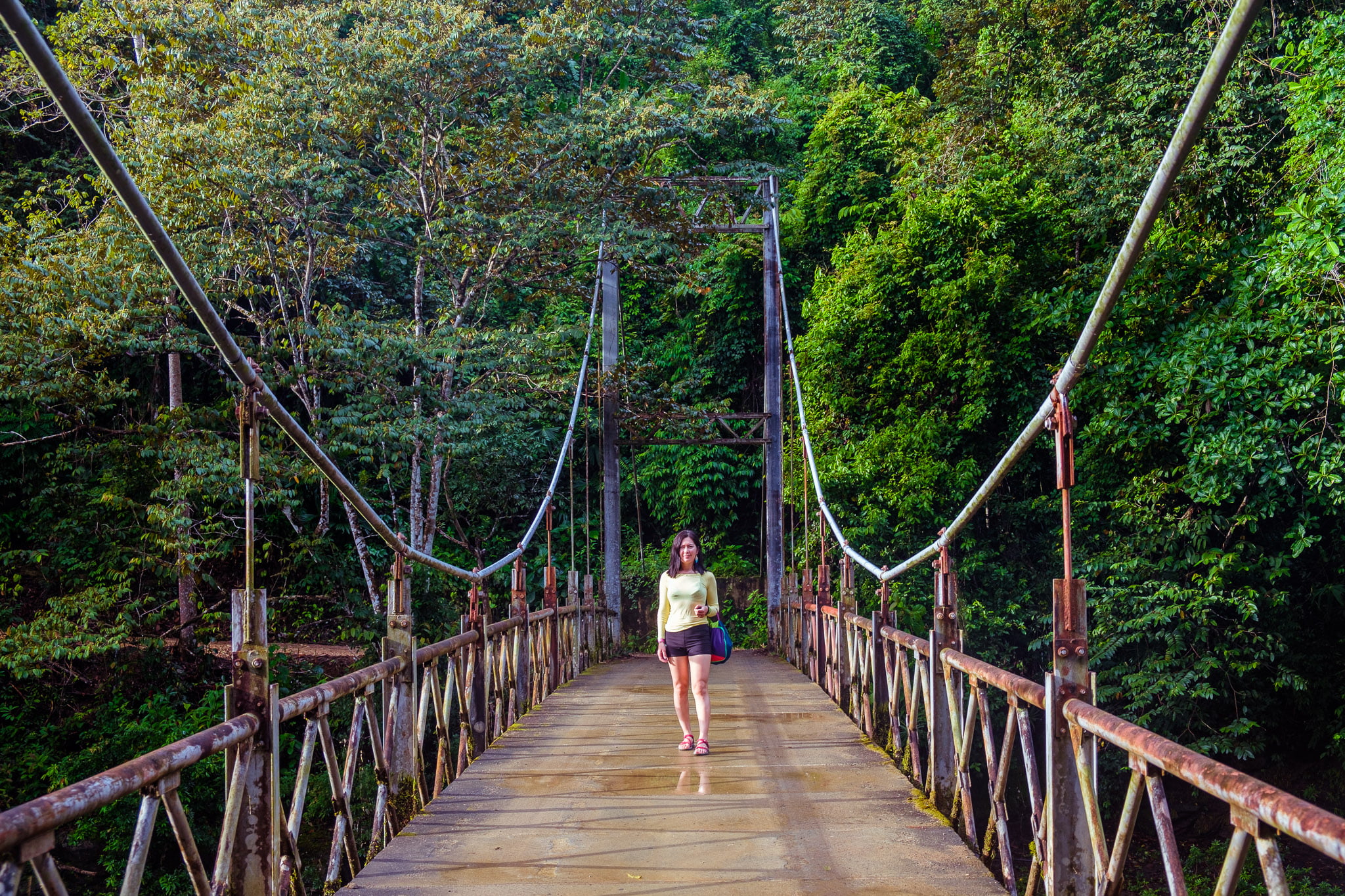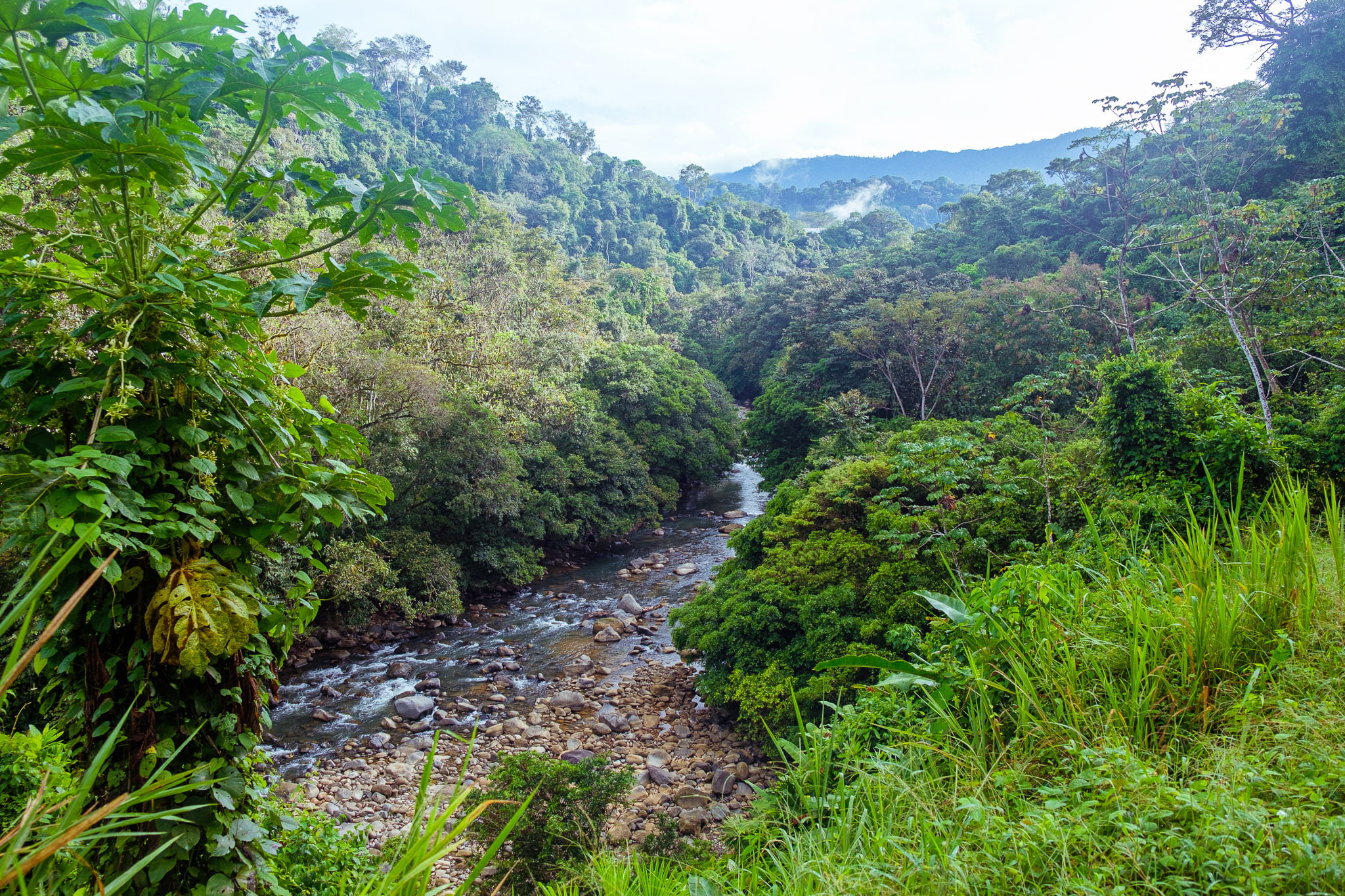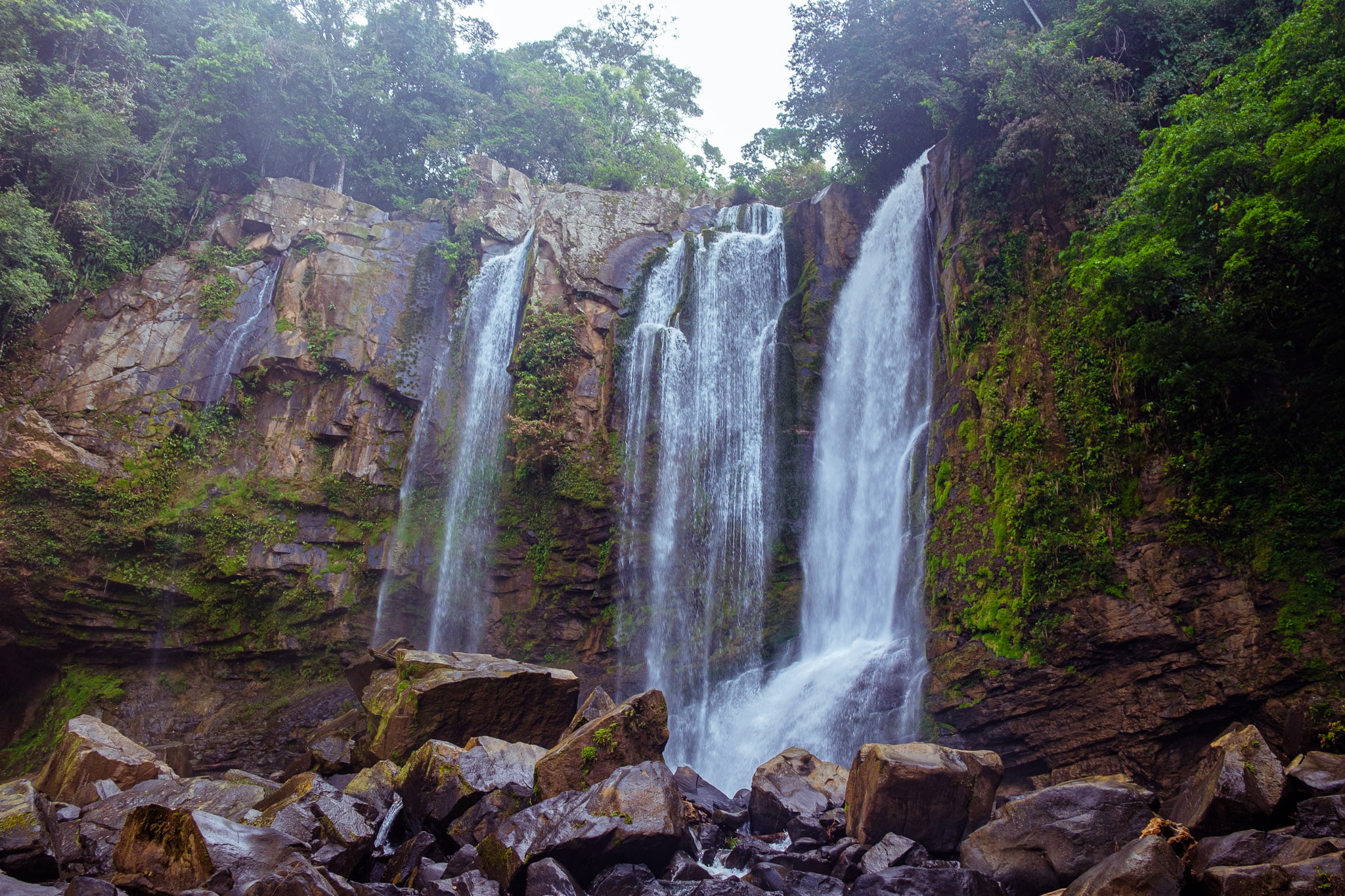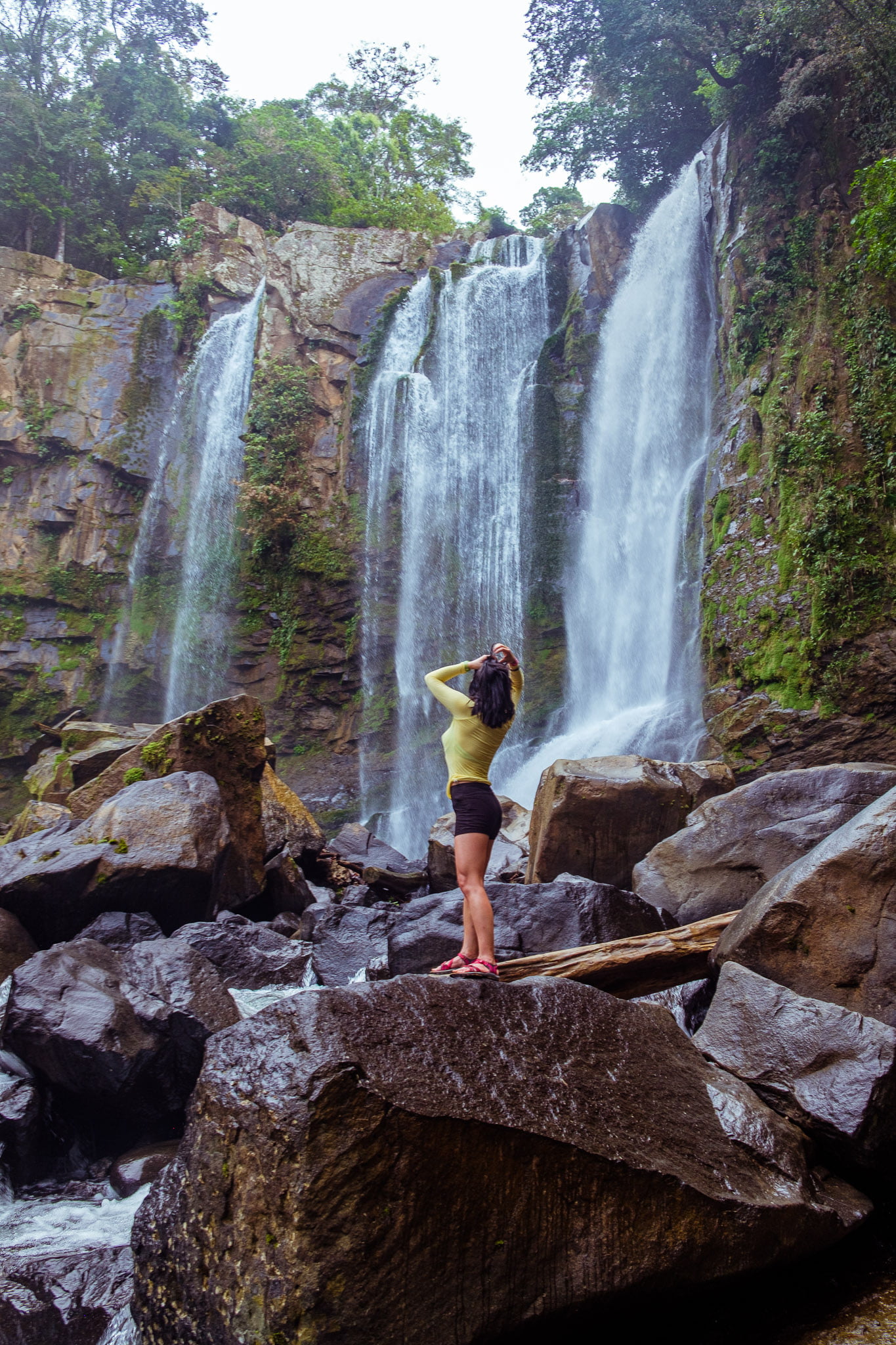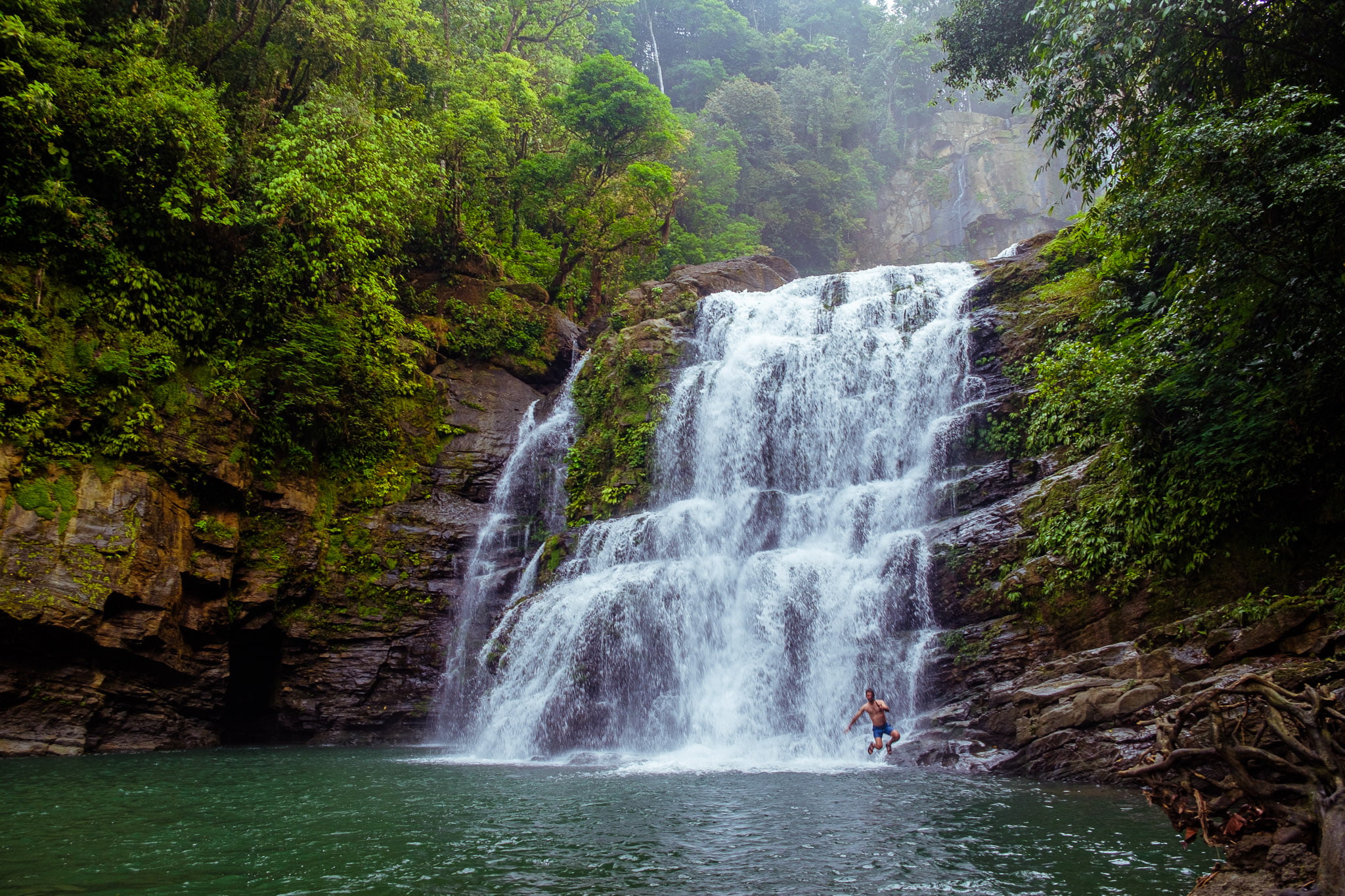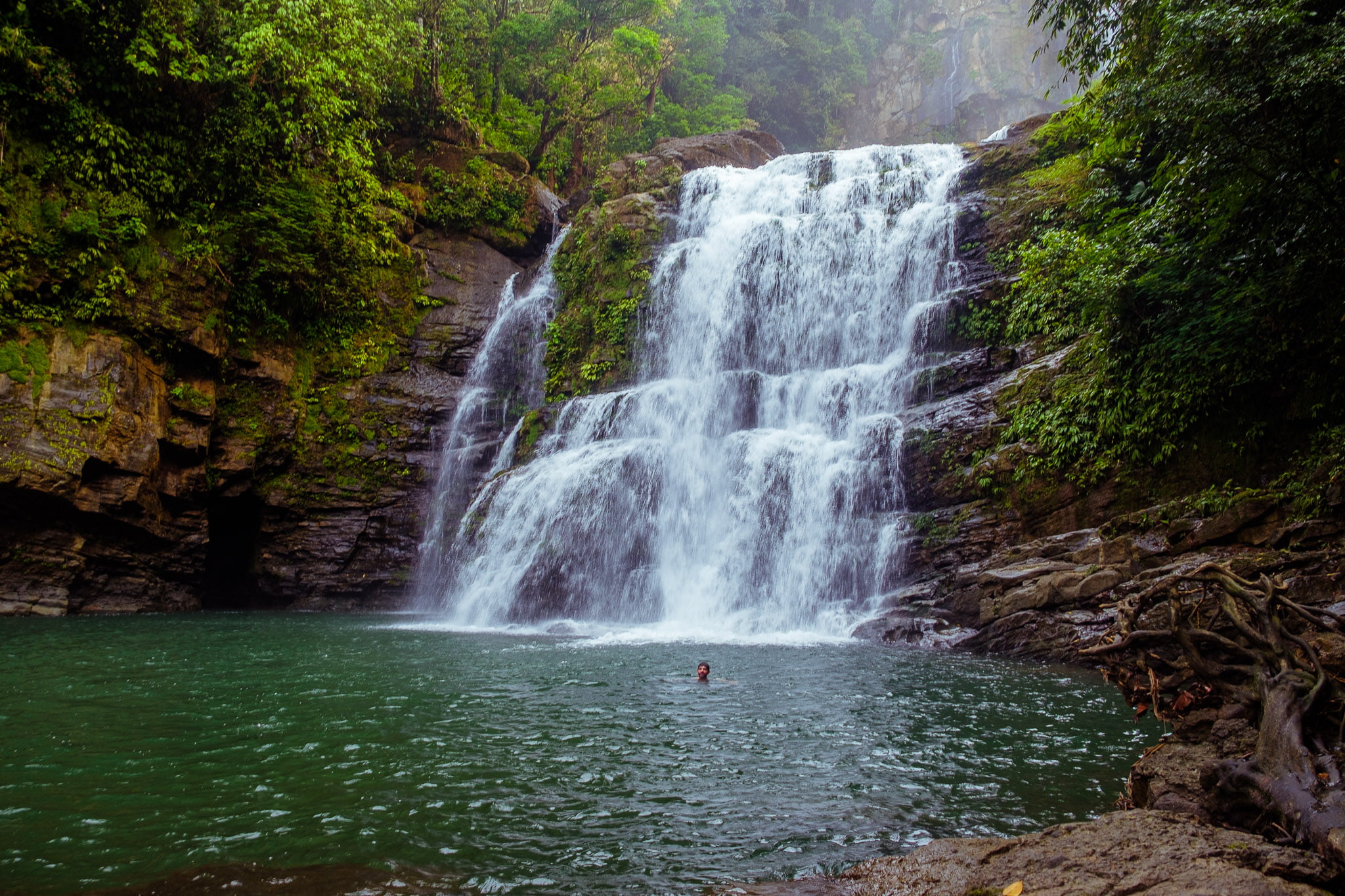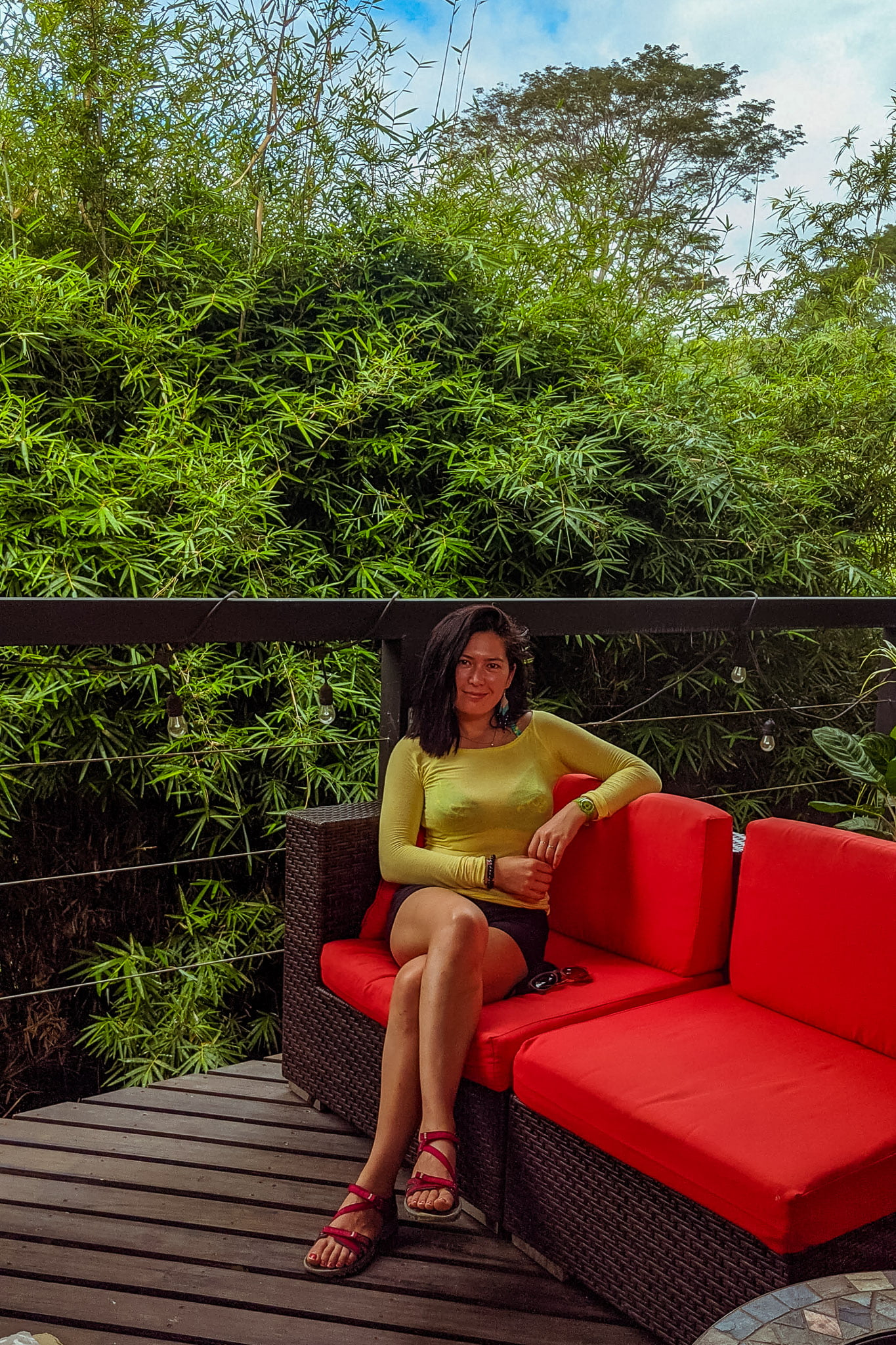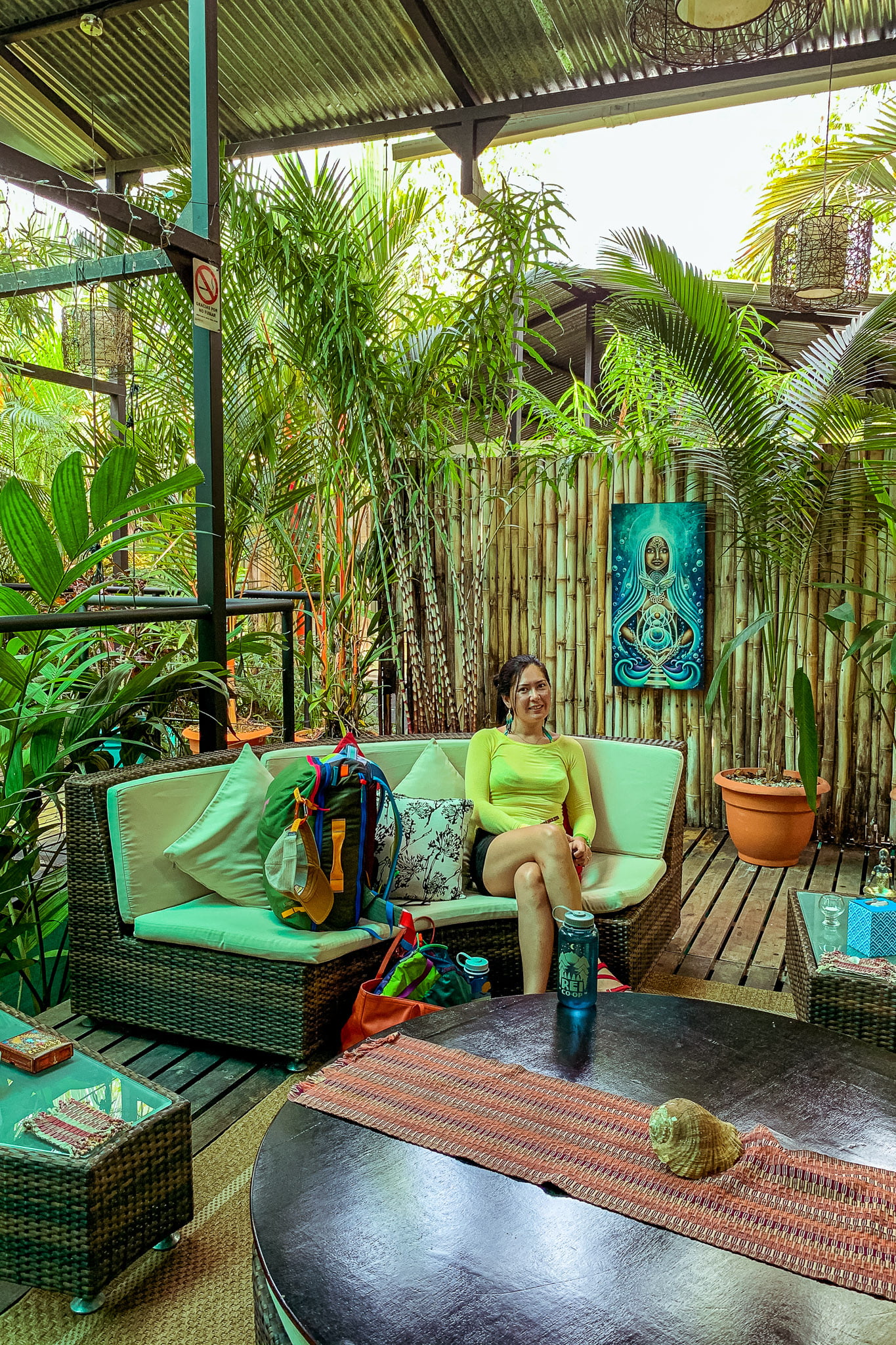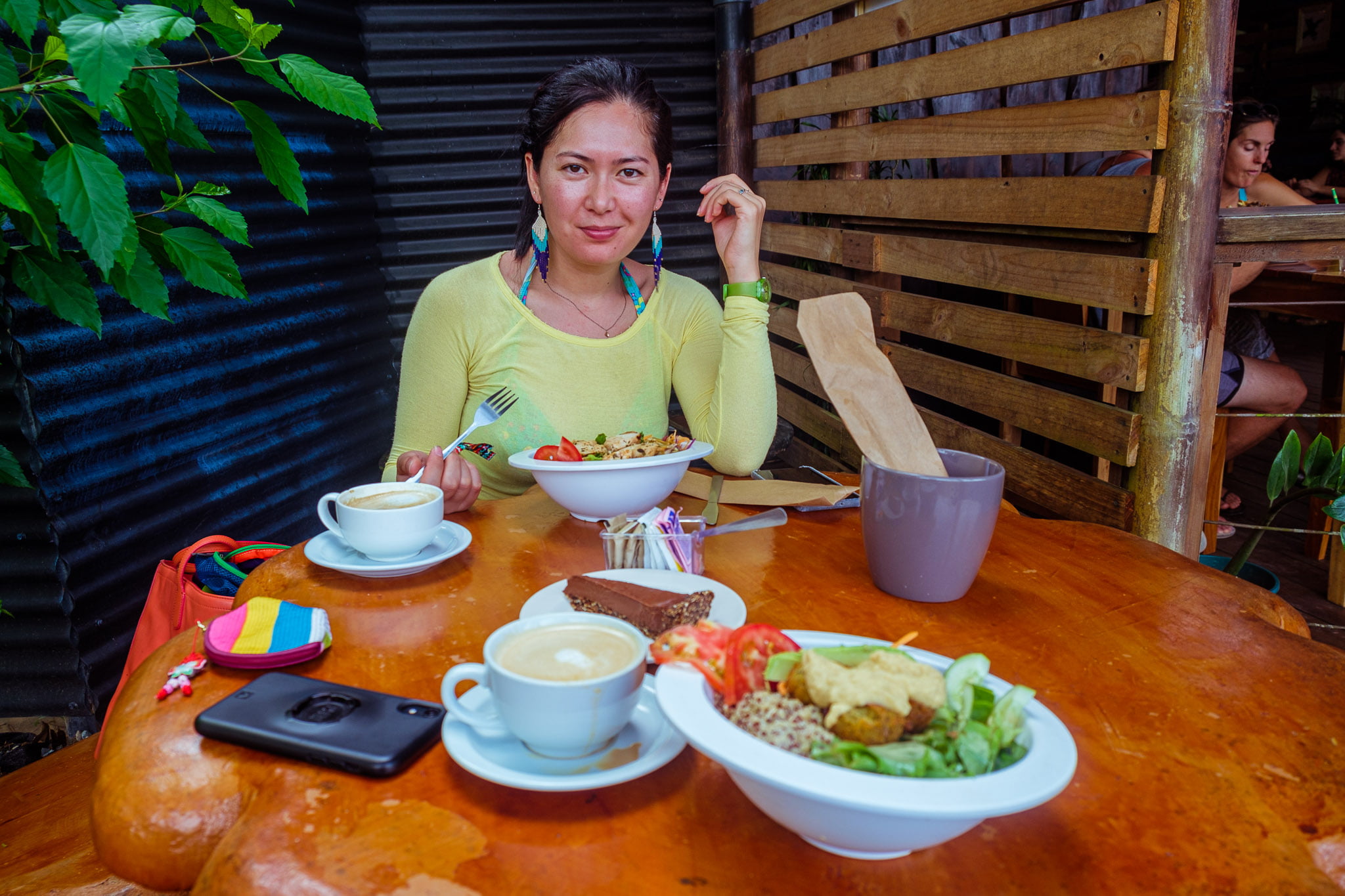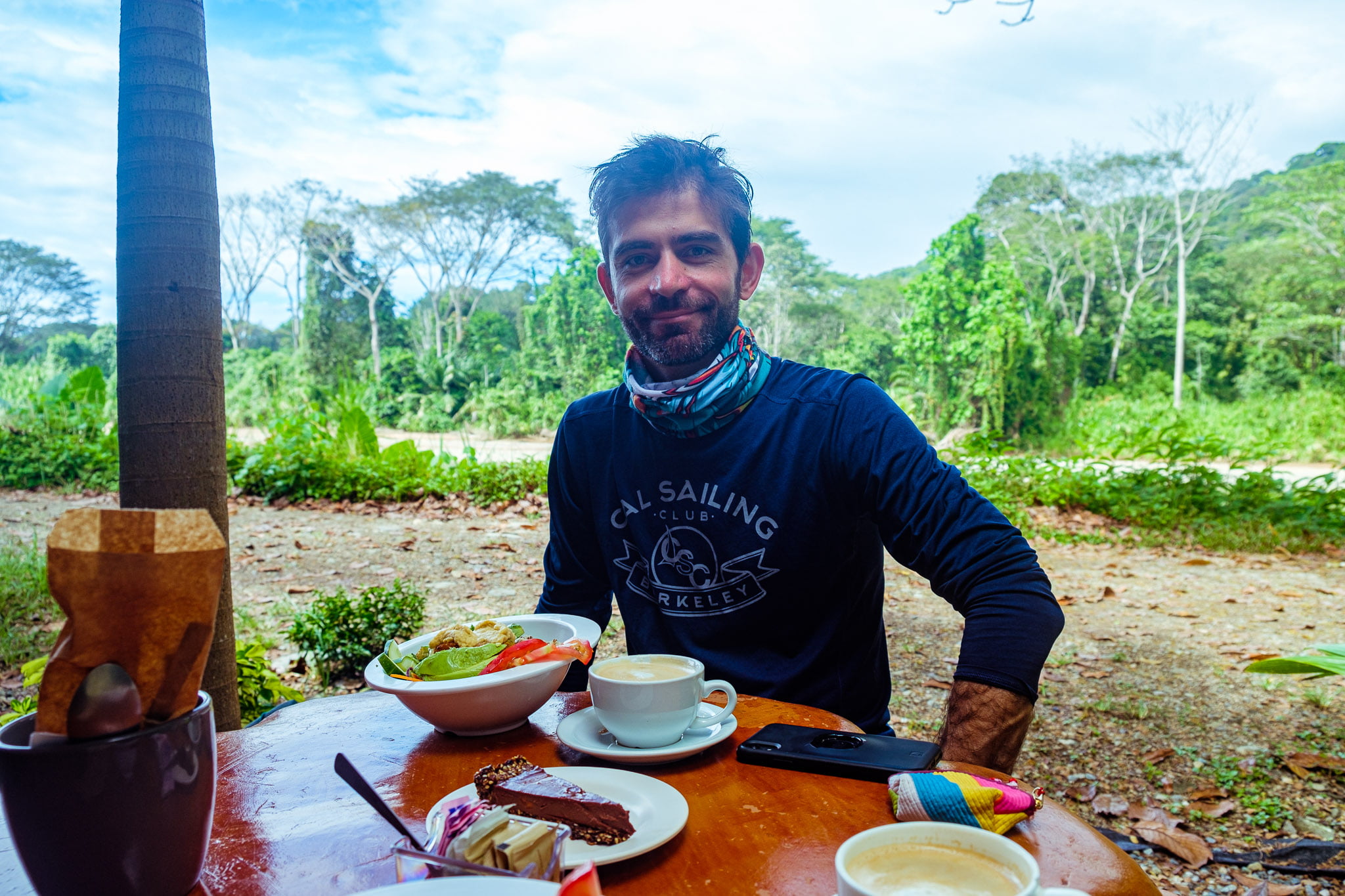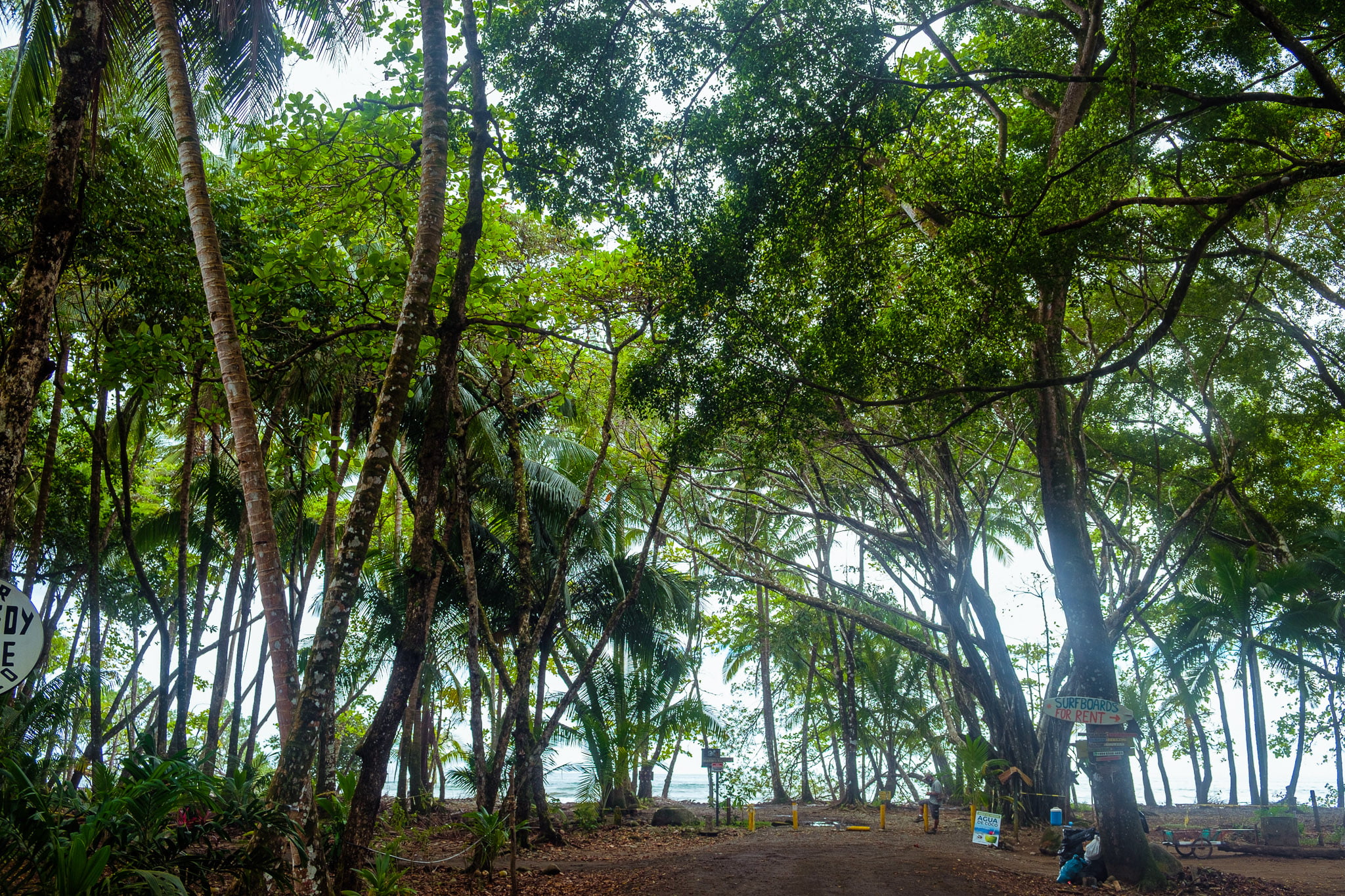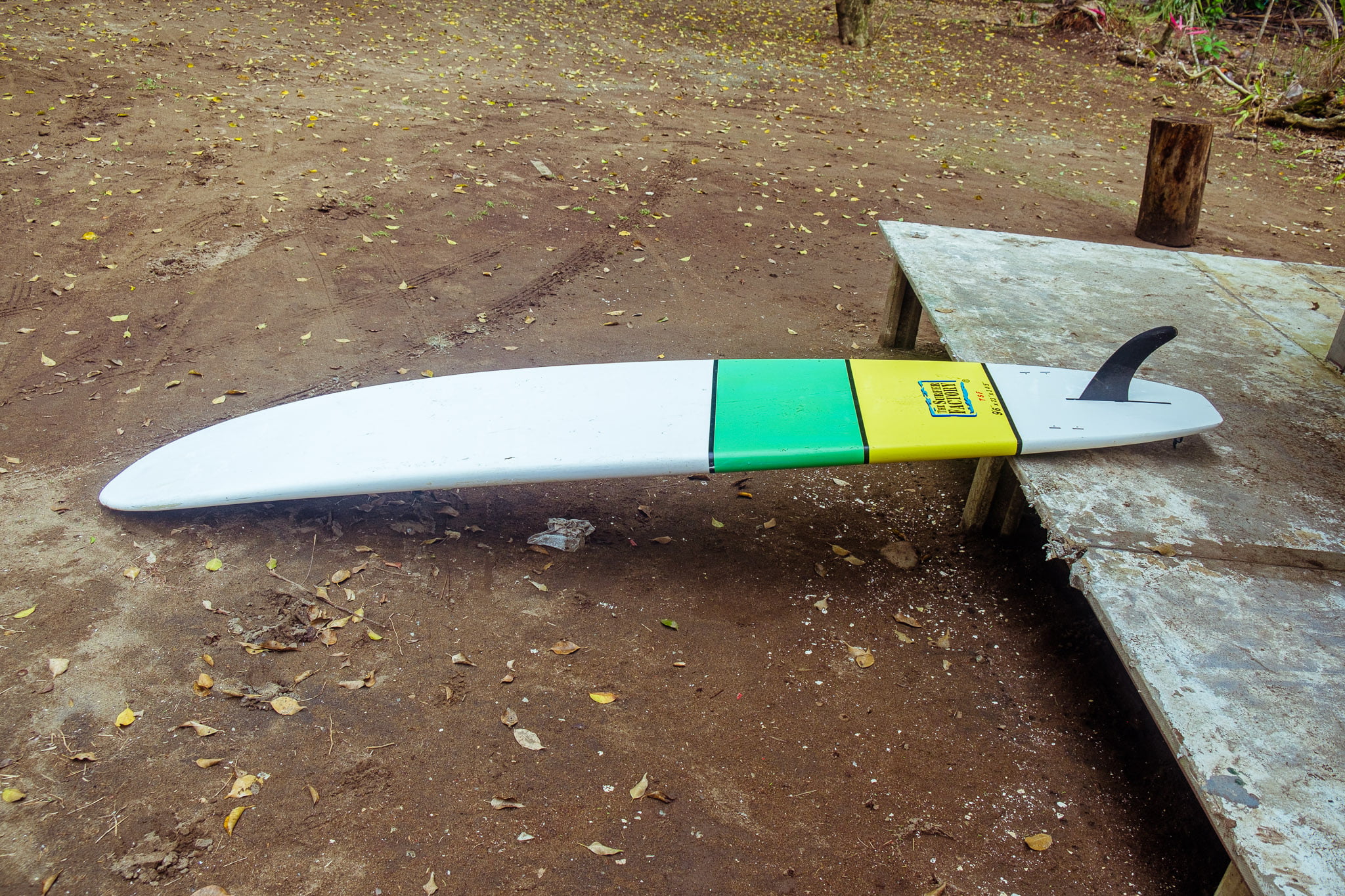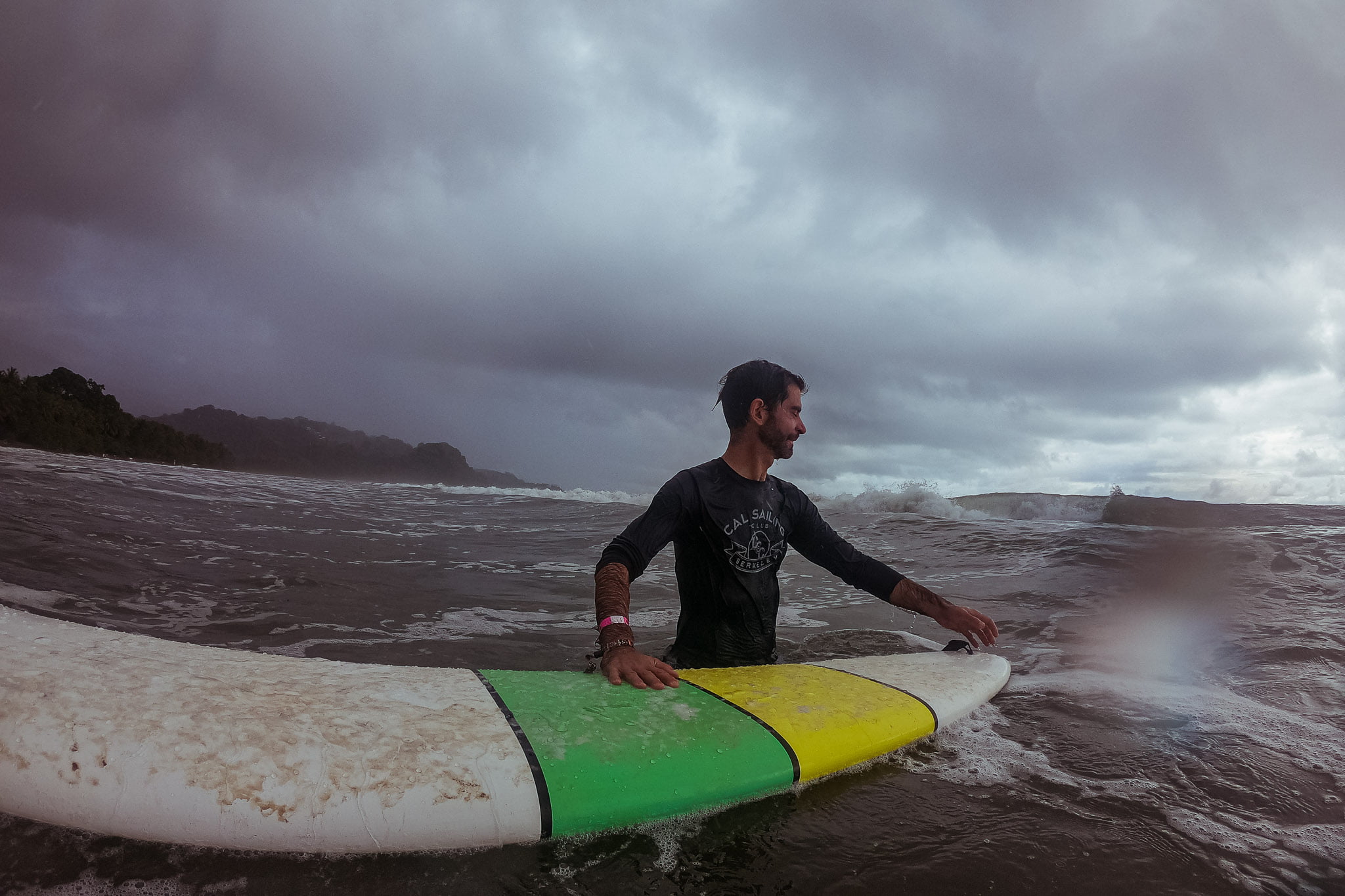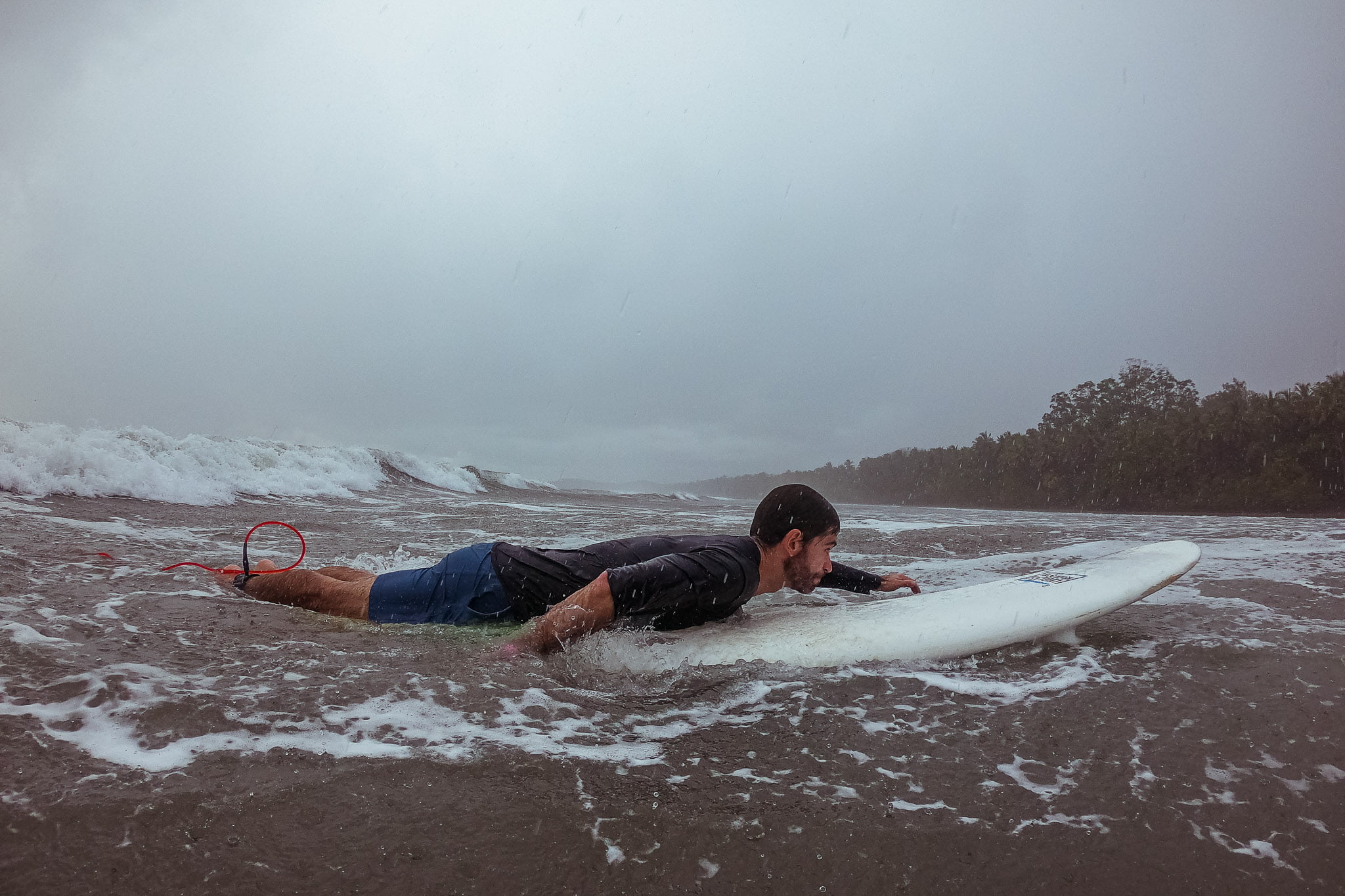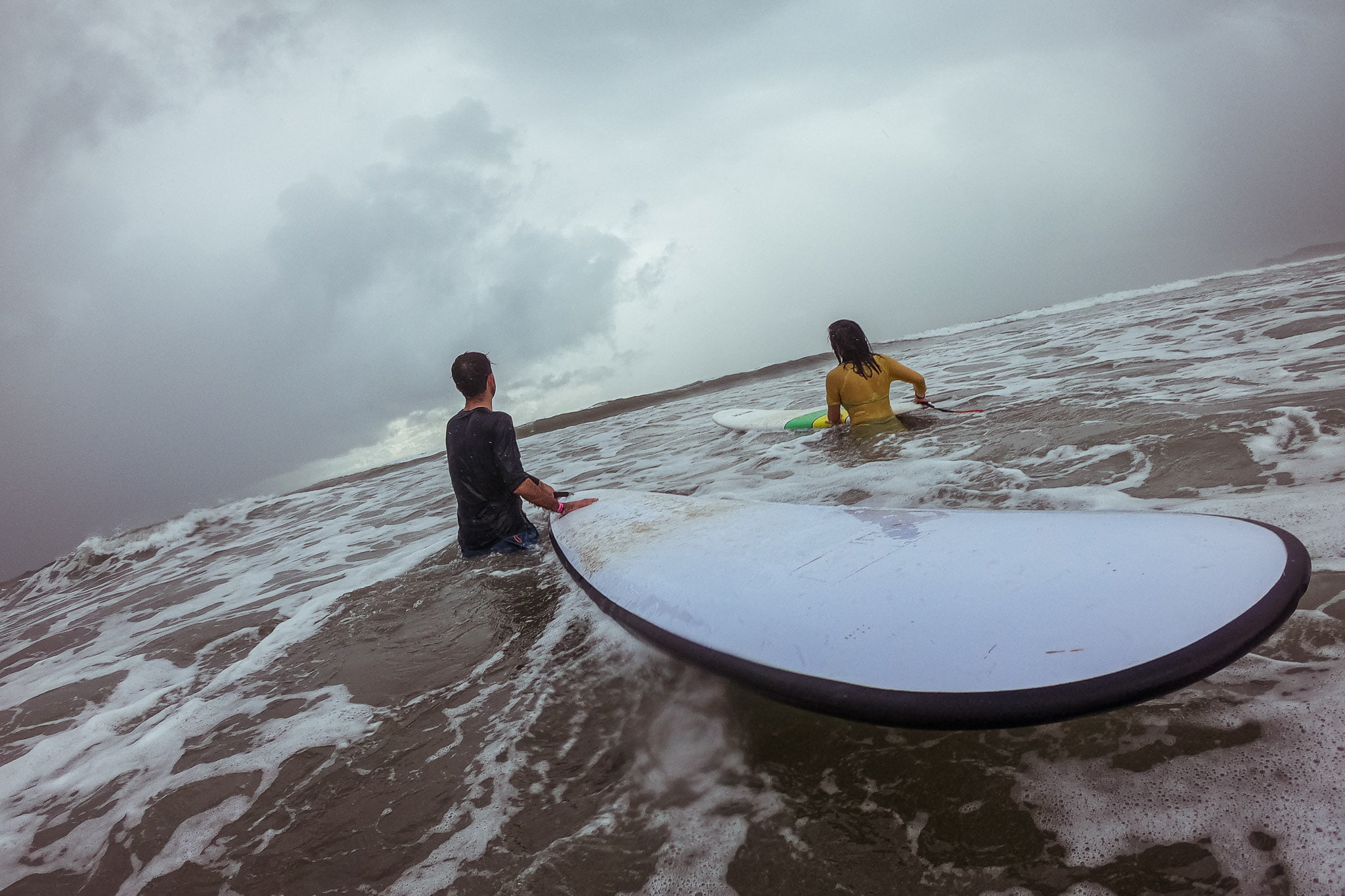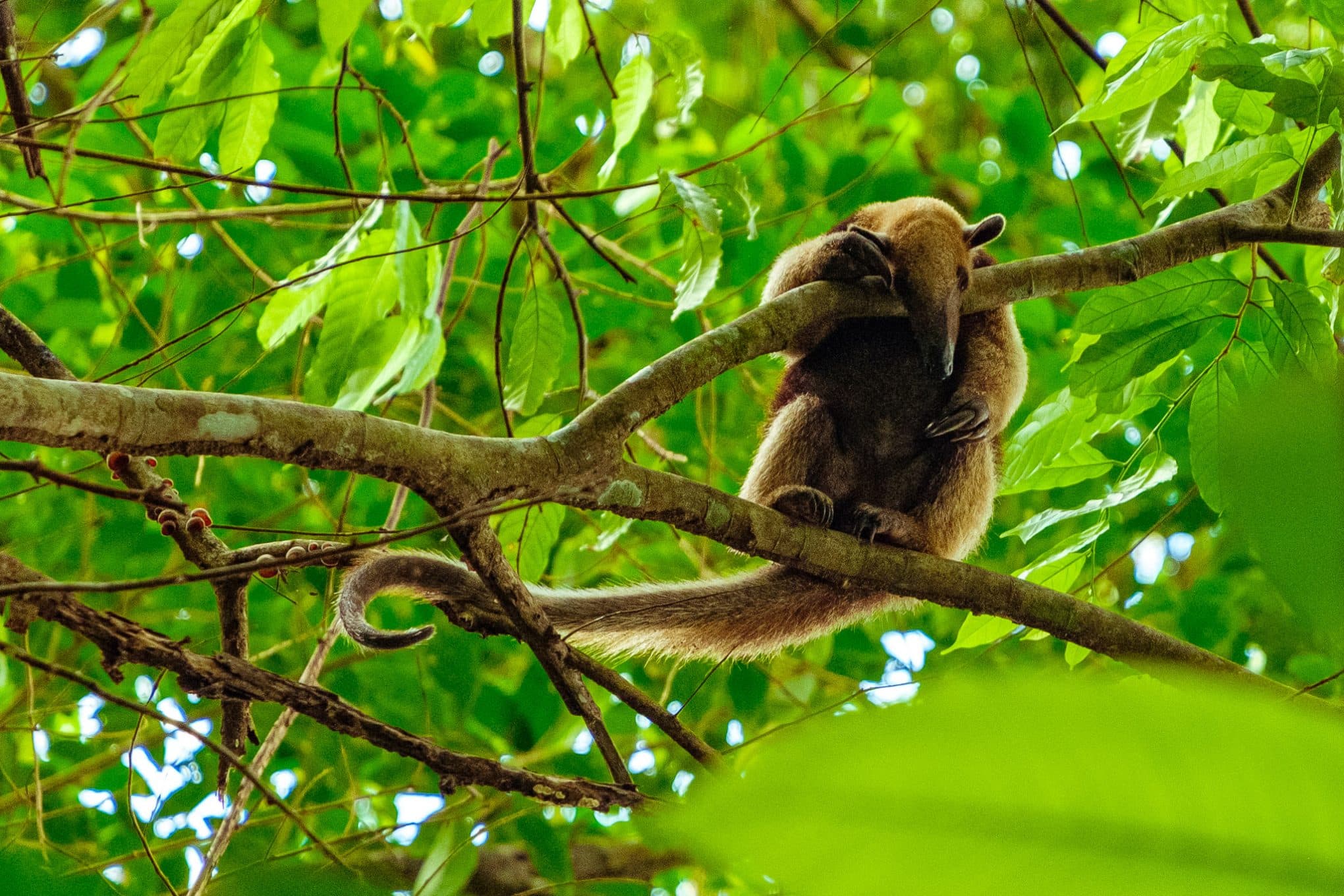Costa Rica remains peacefully and firmly committed to the well- being and safety of our population. We promote a model of development based upon harmony with nature; solidarity and social inclusion; economic and trade opening; development of our human resources, and innovation.
Laura Chinchilla
Costa Rica is a fascinating place. In 1948, the country managed to abolish its army, after a civil war, and has been doing just fine ever since. They invest heavily in education and environmental protection.
The country has also adopted a national “motto” which is the saying Pura Vida (“Pure Life”). You hear it all the time, as a way to finish a sentence, or to give thanks, or for anything really. It creates this very positive vibe with every person you meet.
I will be making three posts about this trip to Costa Rica, and each post will start with a video.
Pura Vida!
San Jose
We land in Costa Rica on Christmas Eve, in San Jose, the capital of the country. We walk around town on Christmas Day. Most shops are closed being a holiday, and also probably due to the pandemic. Still, it’s quite a nice stroll and we start trying some of the good food you can find in this country. The cuisine is not as famous or remarkable as other places in Latin America, but I must say that everything is very fresh and very tasty, and I was actually surprised at the variety of food that you can try here.
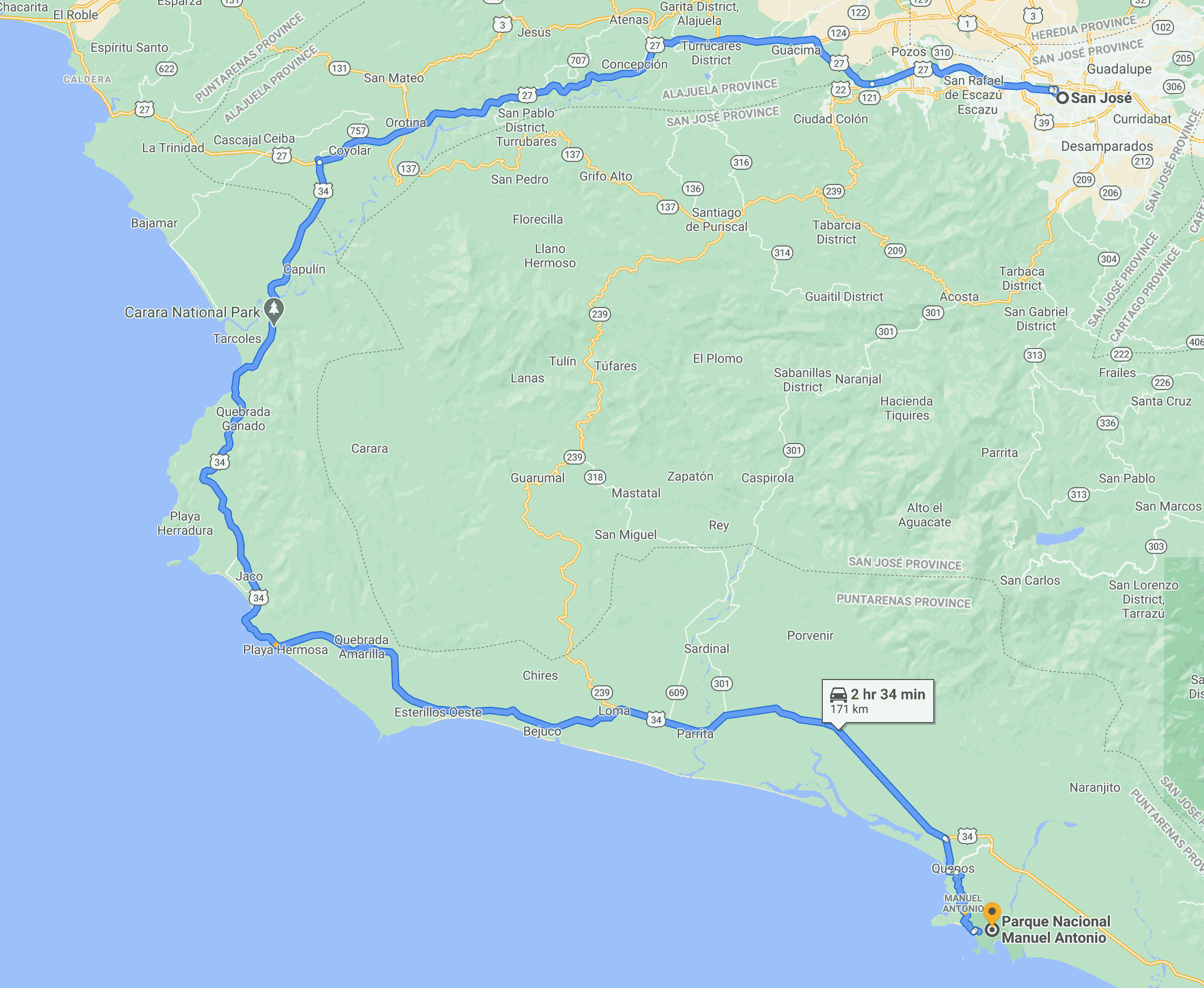
Manuel Antonio National Park
After San Jose, we decide to go South, as we are planning to visit Corcovado National Park, and will make our way slowly, down the Pacific Coast.
Our first stop is Quepos, to visit Manuel Antonio National Park, just south of the town of Quepos. During our bus ride, we start to experience what will be common throughout our trip: Ticos (Costa Ricans) are super friendly and go out of their way to help you. Someone at the back of the bus points out to me when the scenery will be beautiful from the window. He also helps us figure when to get off (actually to stay on the bus past the town of Quepos, as the bus continues and actually drops us off in front of our hostel).
The whole area around Quepos and Manuel Antonio is gorgeous, with beautiful beaches, fun places to stay, and a first taste of the jungle where we end up seeing seeing quite a lot of different types of wildlife on our own, including the Panamanian White-faced Capuchin monkeys.
During the couple nights we stay here, we also try the local alcohol, called Cacique, which is similar to Rhum. Very dangerous…
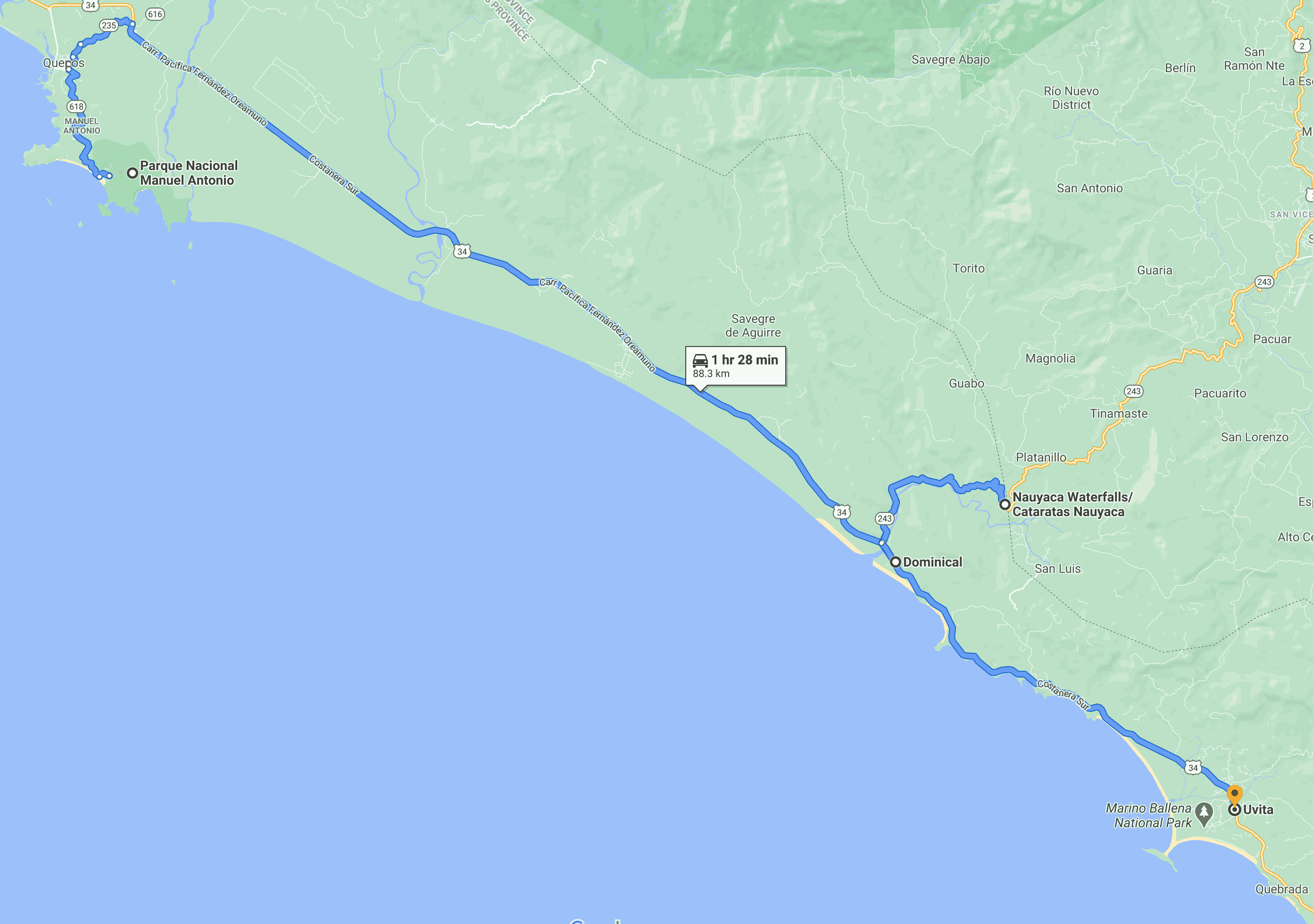
Dominical & Uvita
After Quepos, we continue South to the surfer towns of Dominical and Uvita. We visit the wonderful Nauyaca waterfalls. As we go to the waterfall early in the morning at the opening, we have the whole place pretty much to ourselves. Even though it’s only 8am, it’s already very hot, and the water is just the right temperature.
Dominical is a very nice little town, with a pretty powerful surf. There are a lot of yoga and meditation retreats around, and also very tasty restaurants.
In the town of Uvita, which is about 20 minutes South, we take a surfing class on a beach that is actually part of a National Marine Park, which protects an area that whales come to at certain times of the year. The beach itself is shaped like the tale of whale.
Even though the weather is rainy, the surfing is really fun as it is still very hot (and we are not getting sunburned). We end up catching quite a few waves. The surroundings with the jungle in the background, and the sandy beach makes it perfect.
After Uvita, we make our way to the Osa Peninsula, first stop in Puerto Jimenez, before going deep in the rainforest of Corcovado National Park, which will be the focus of the next post!
